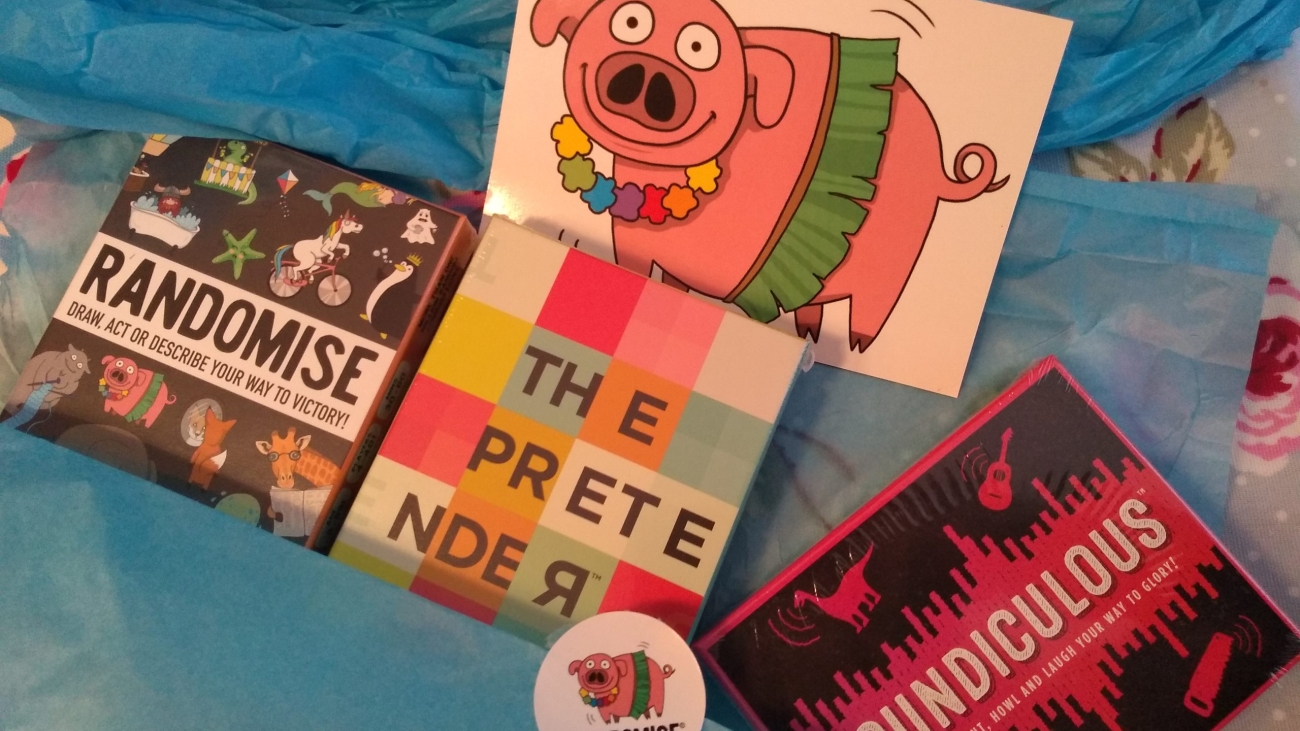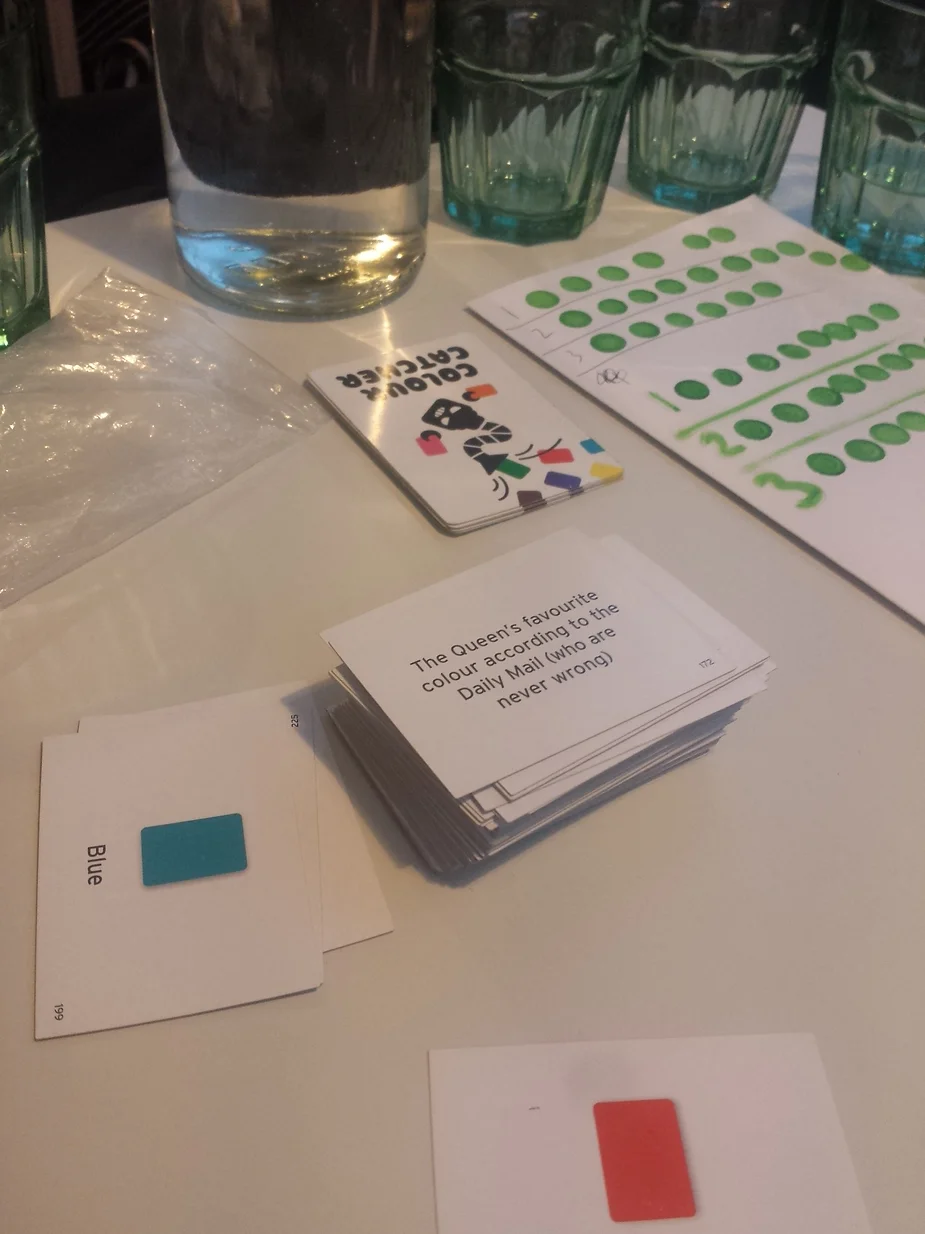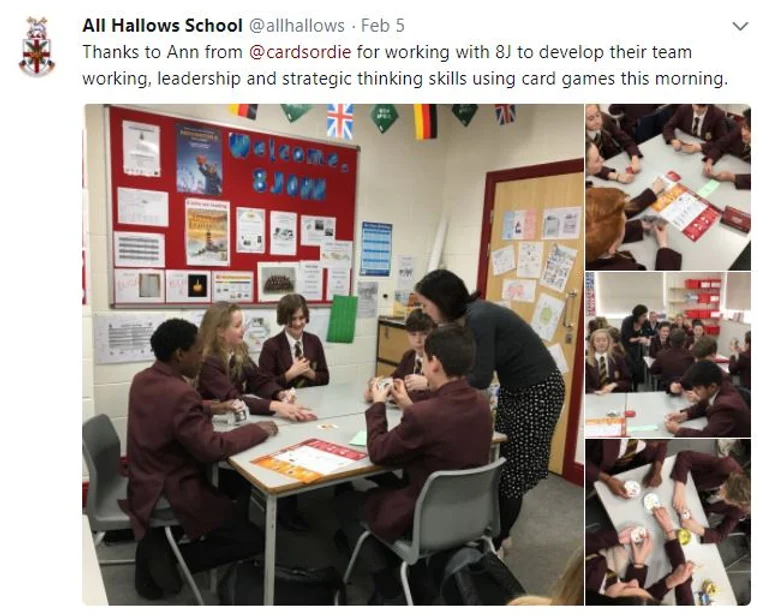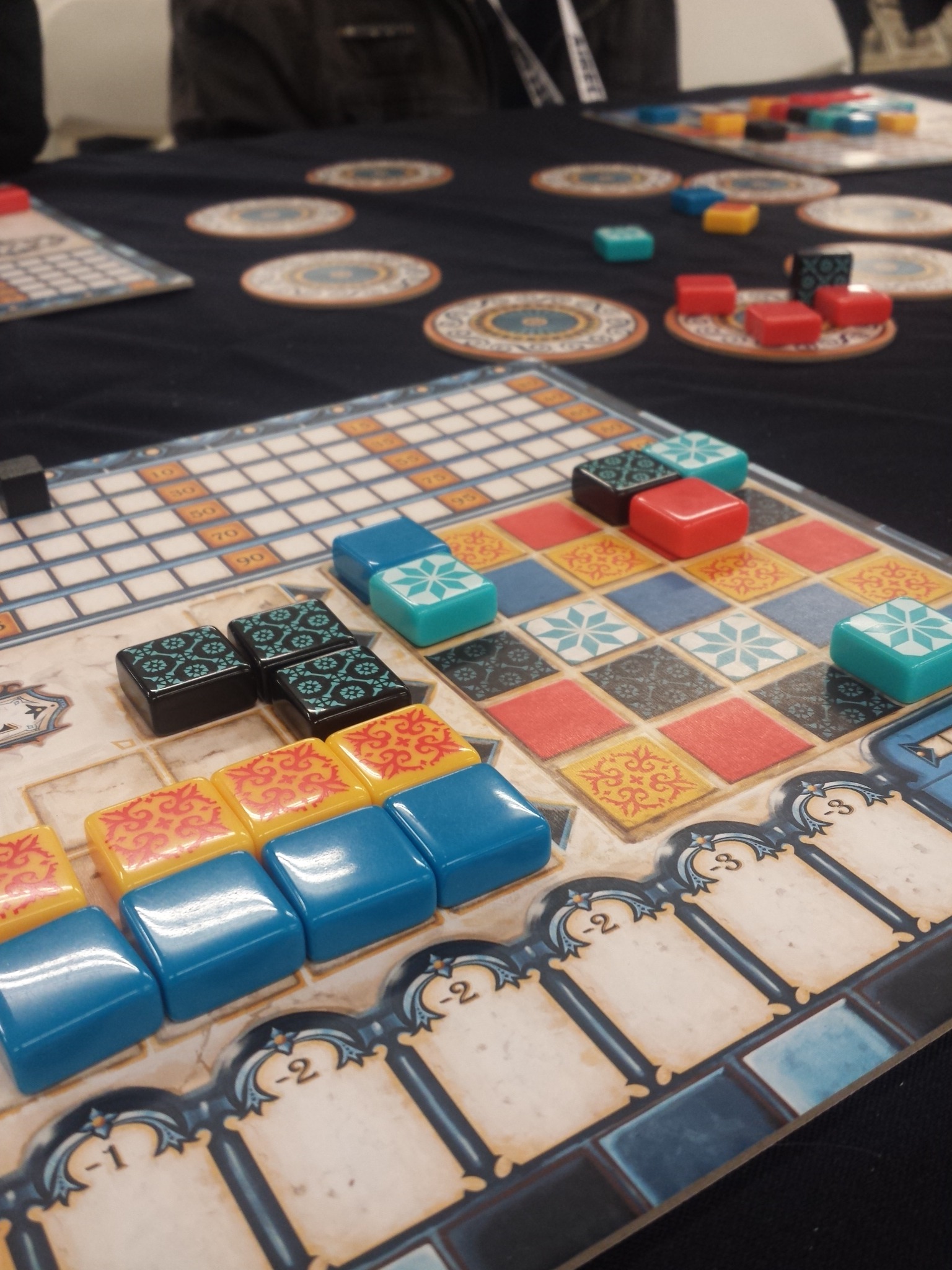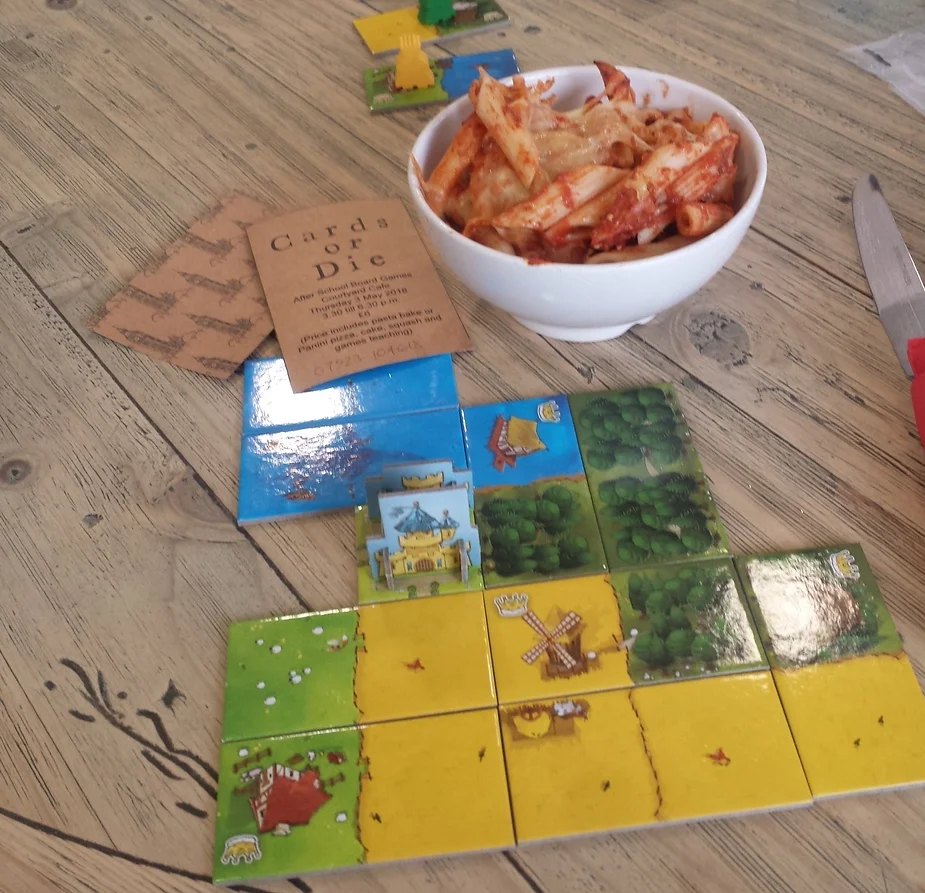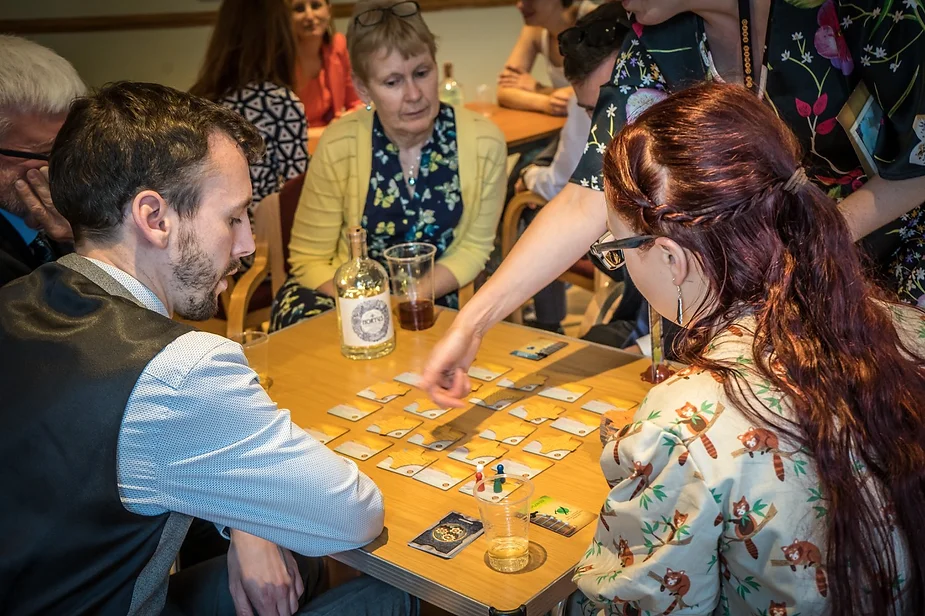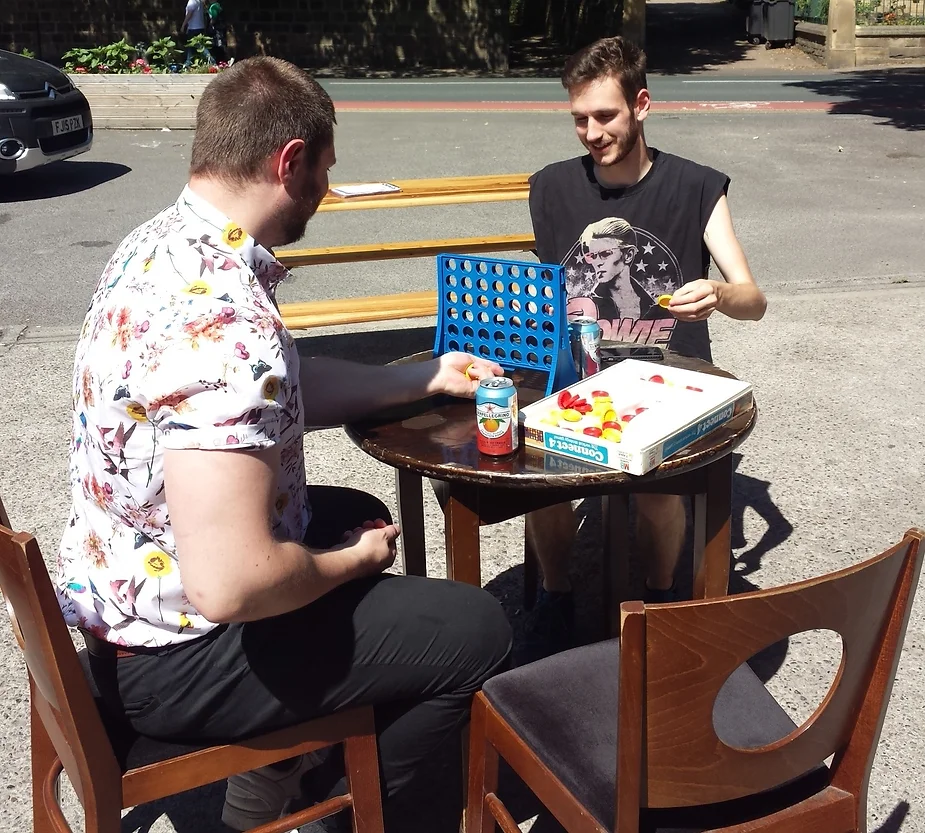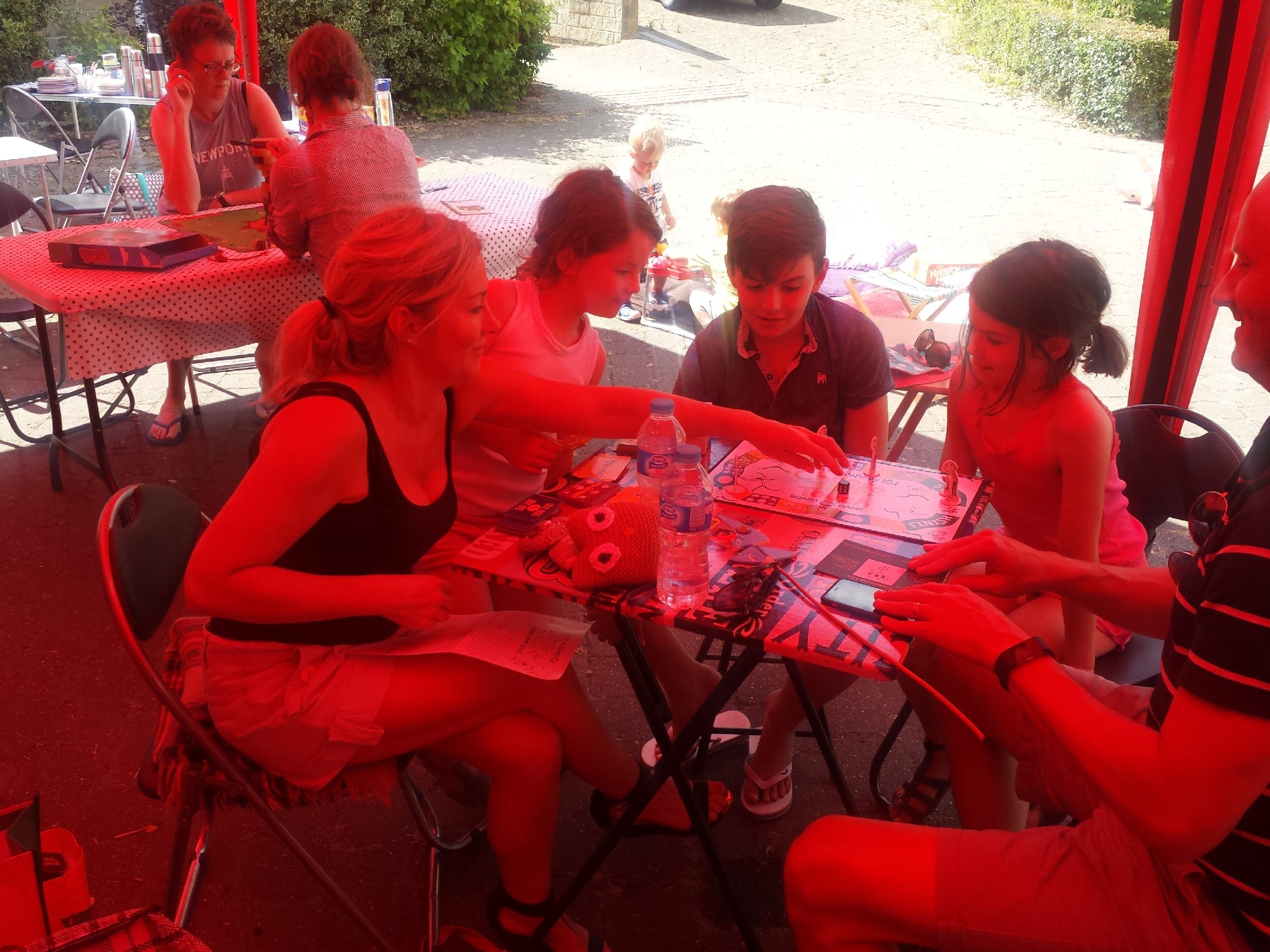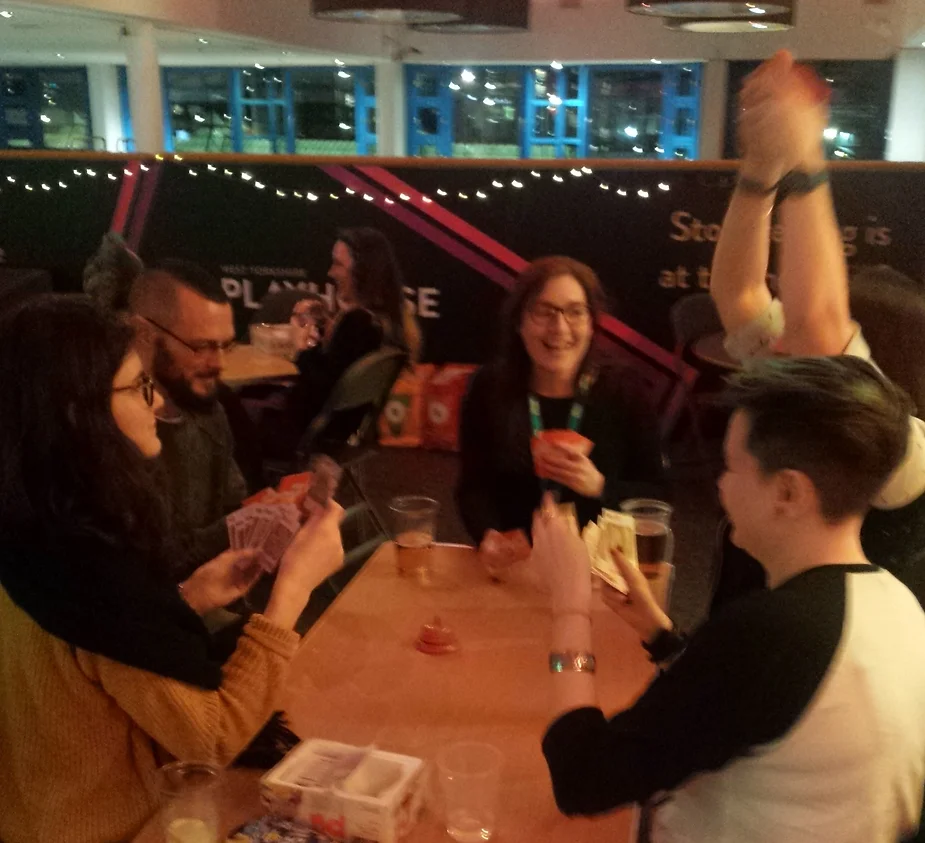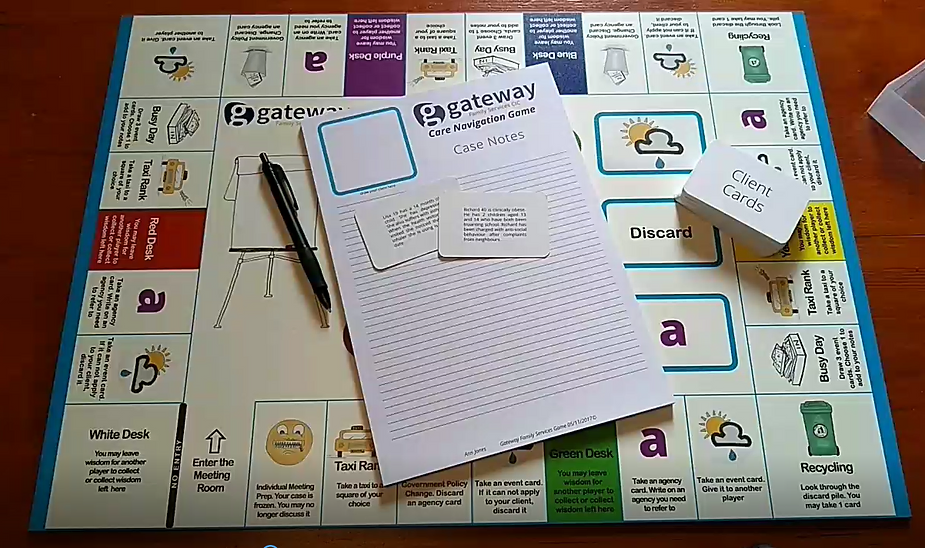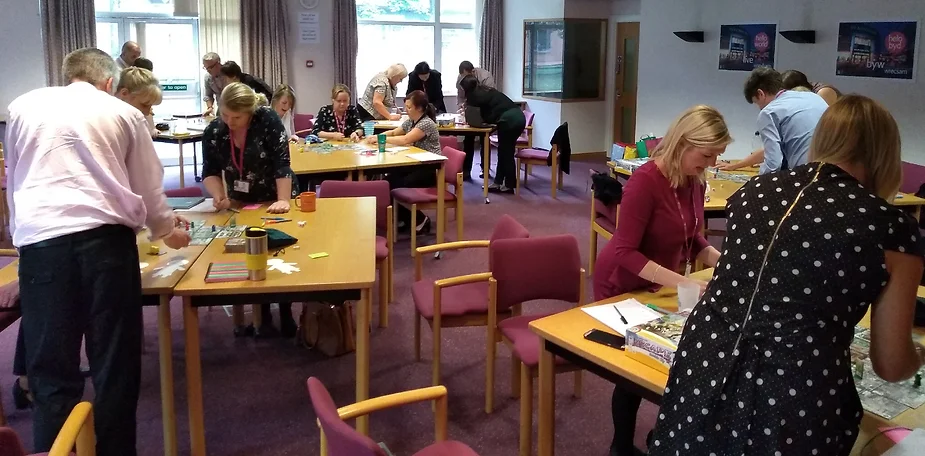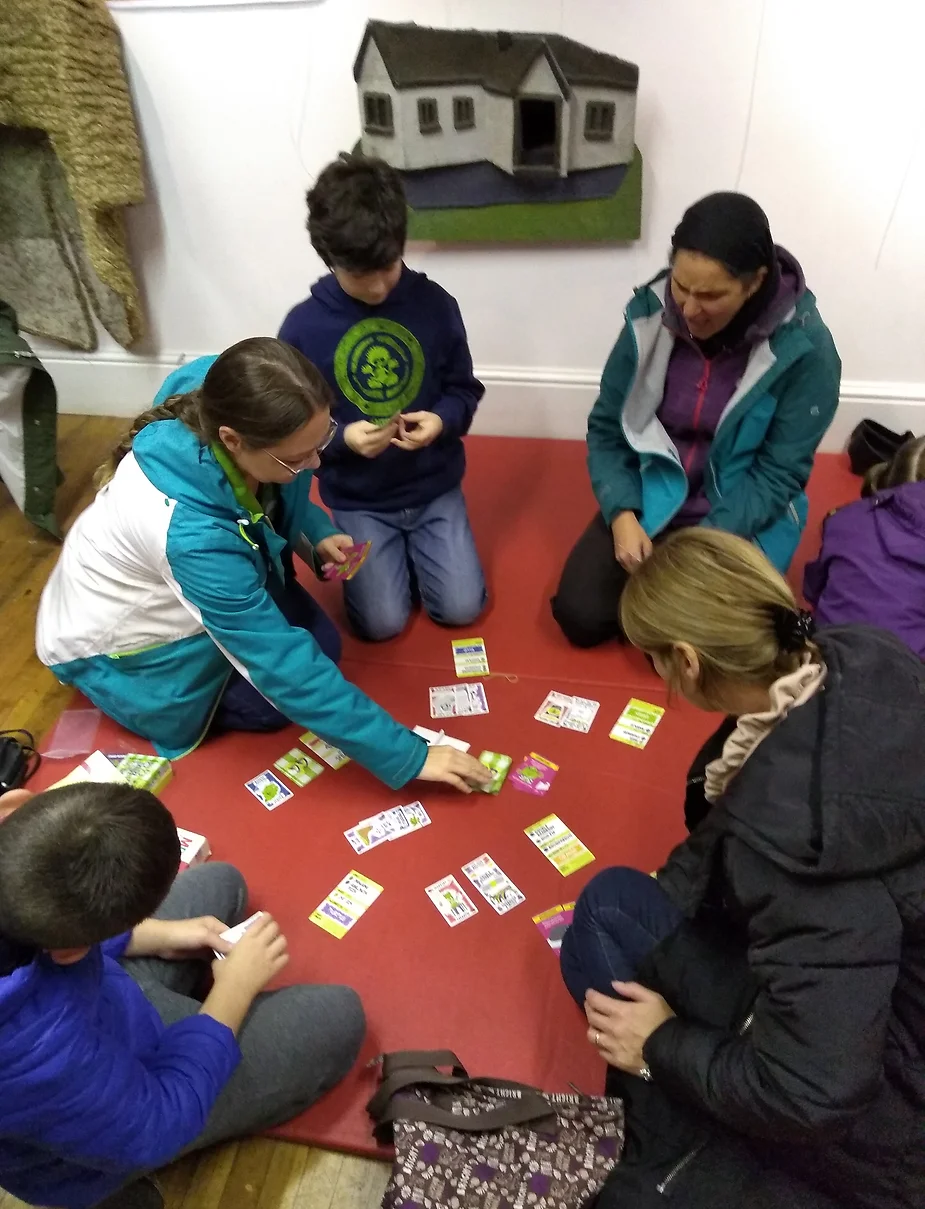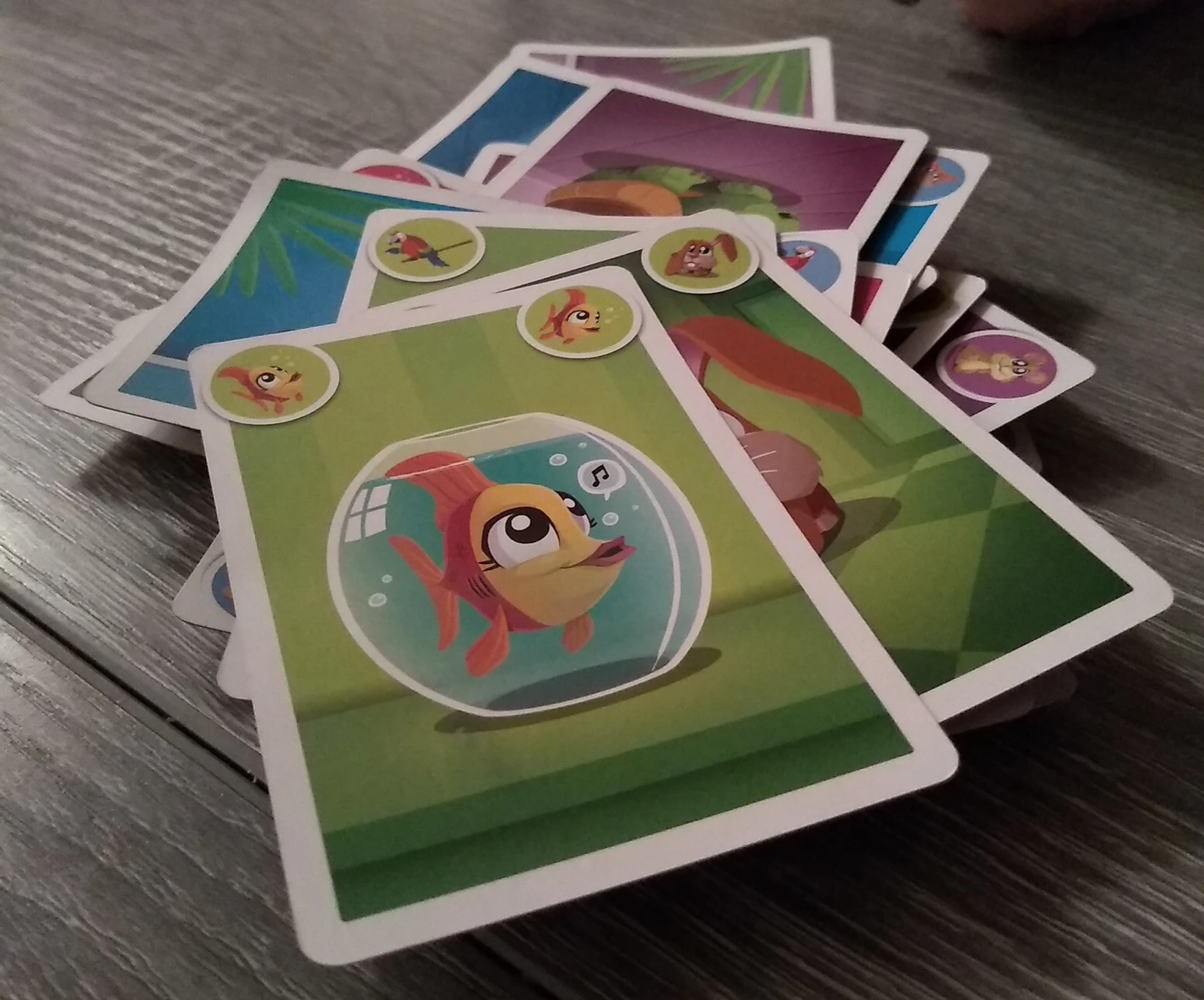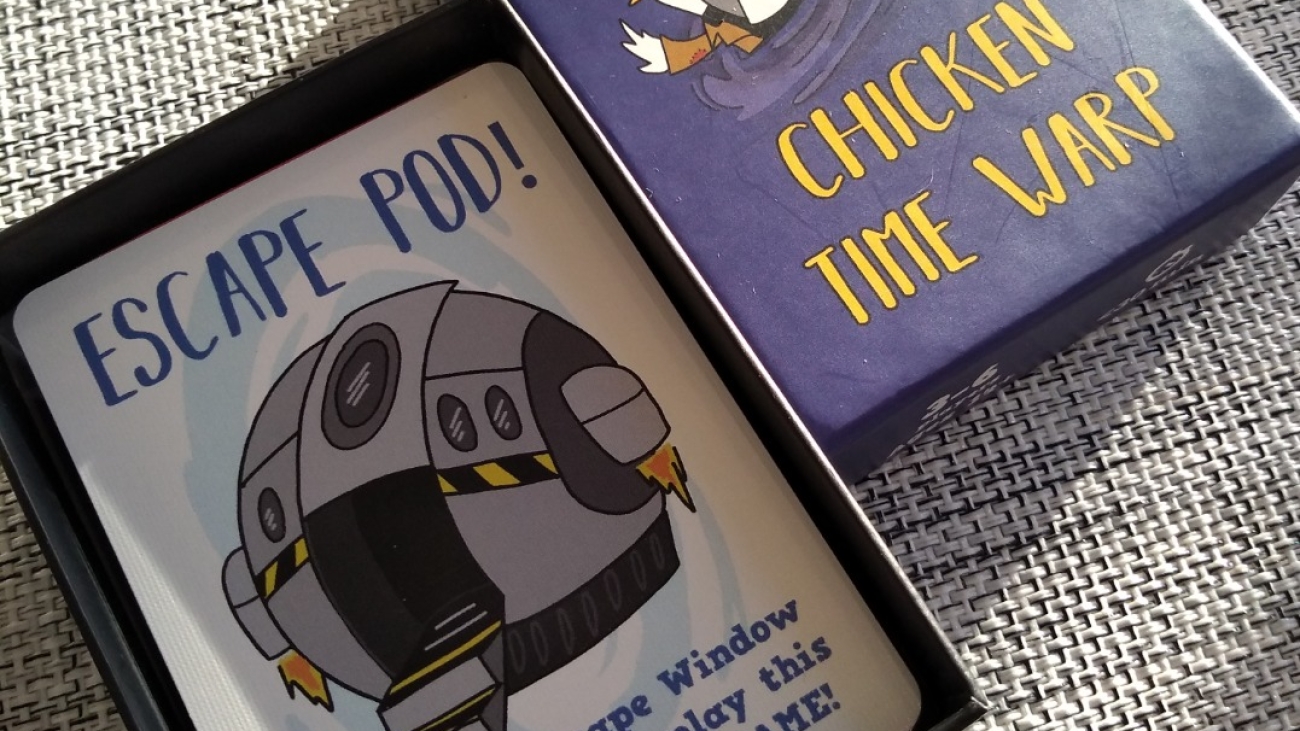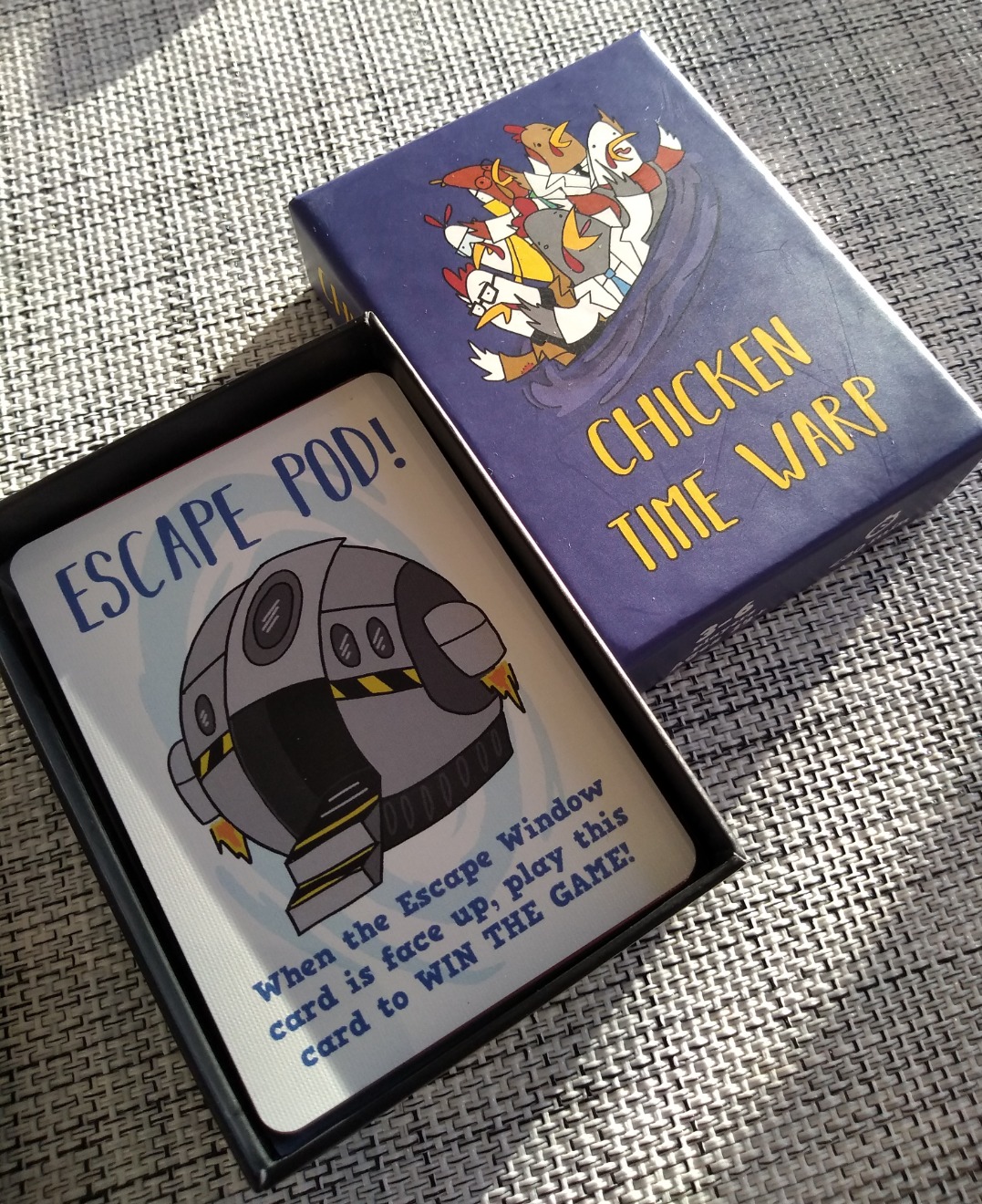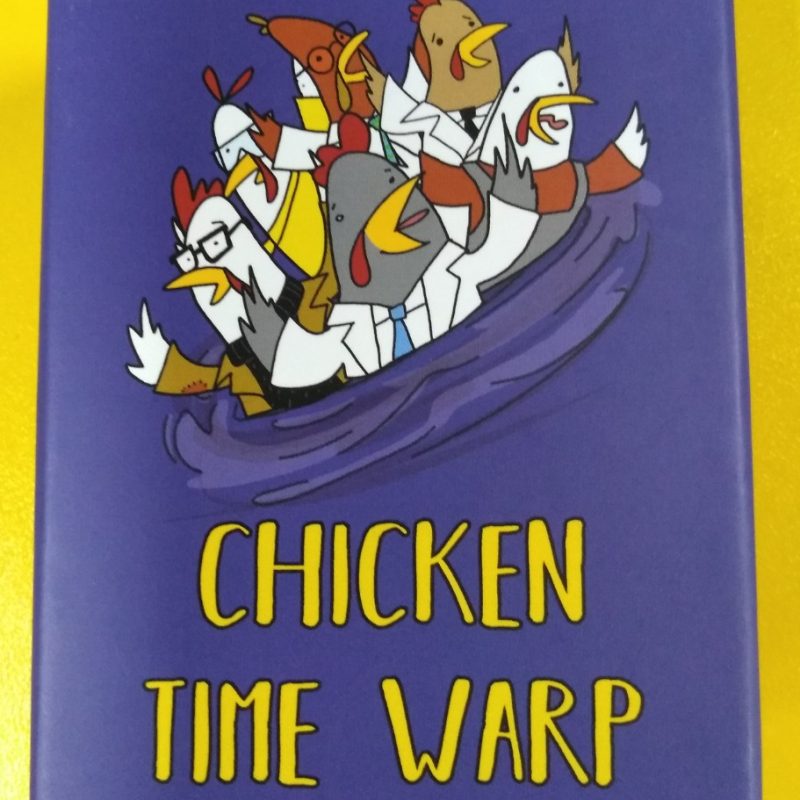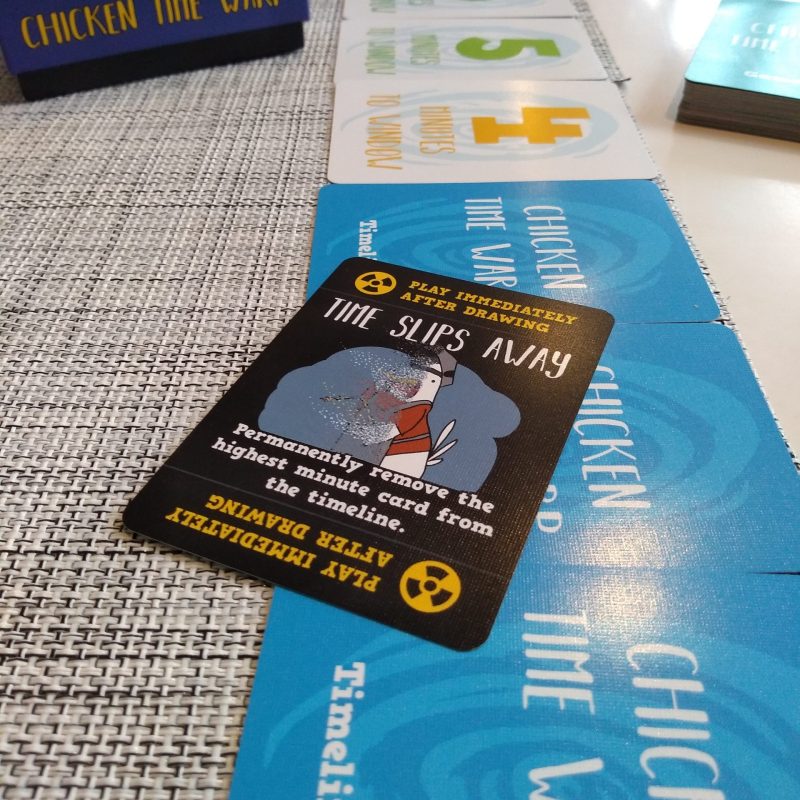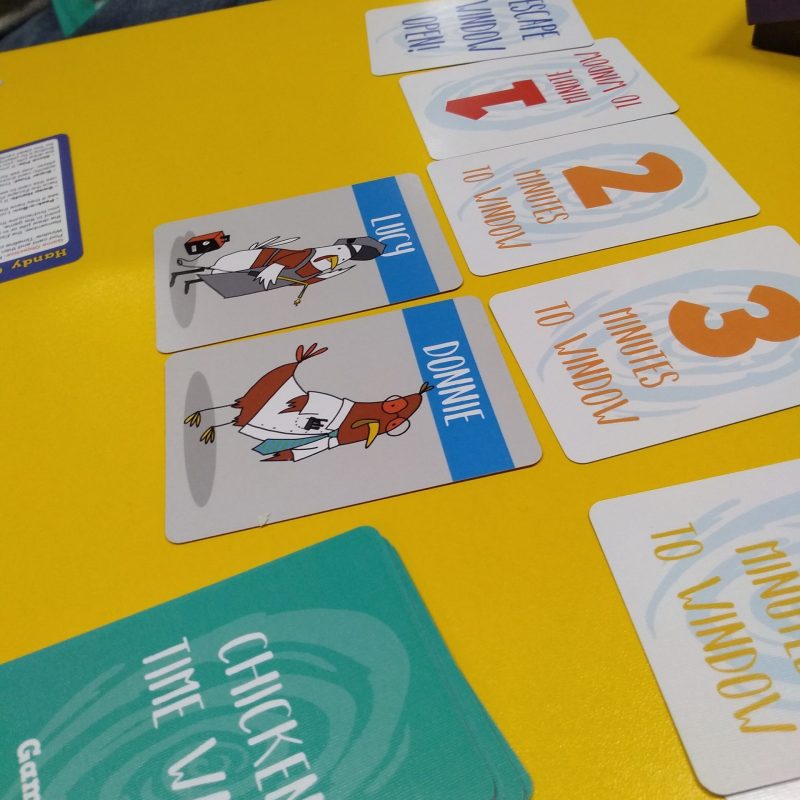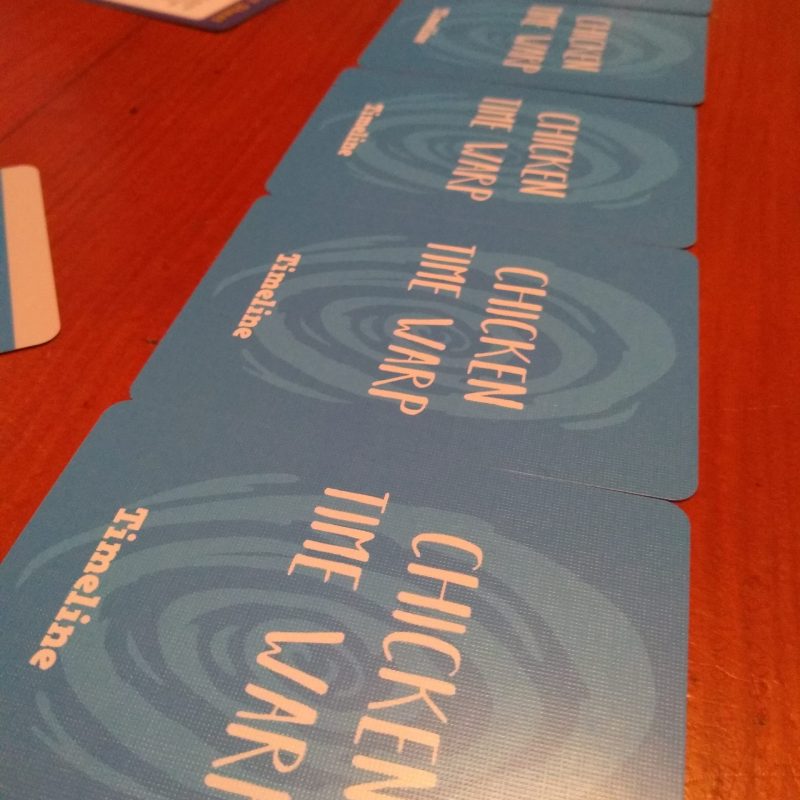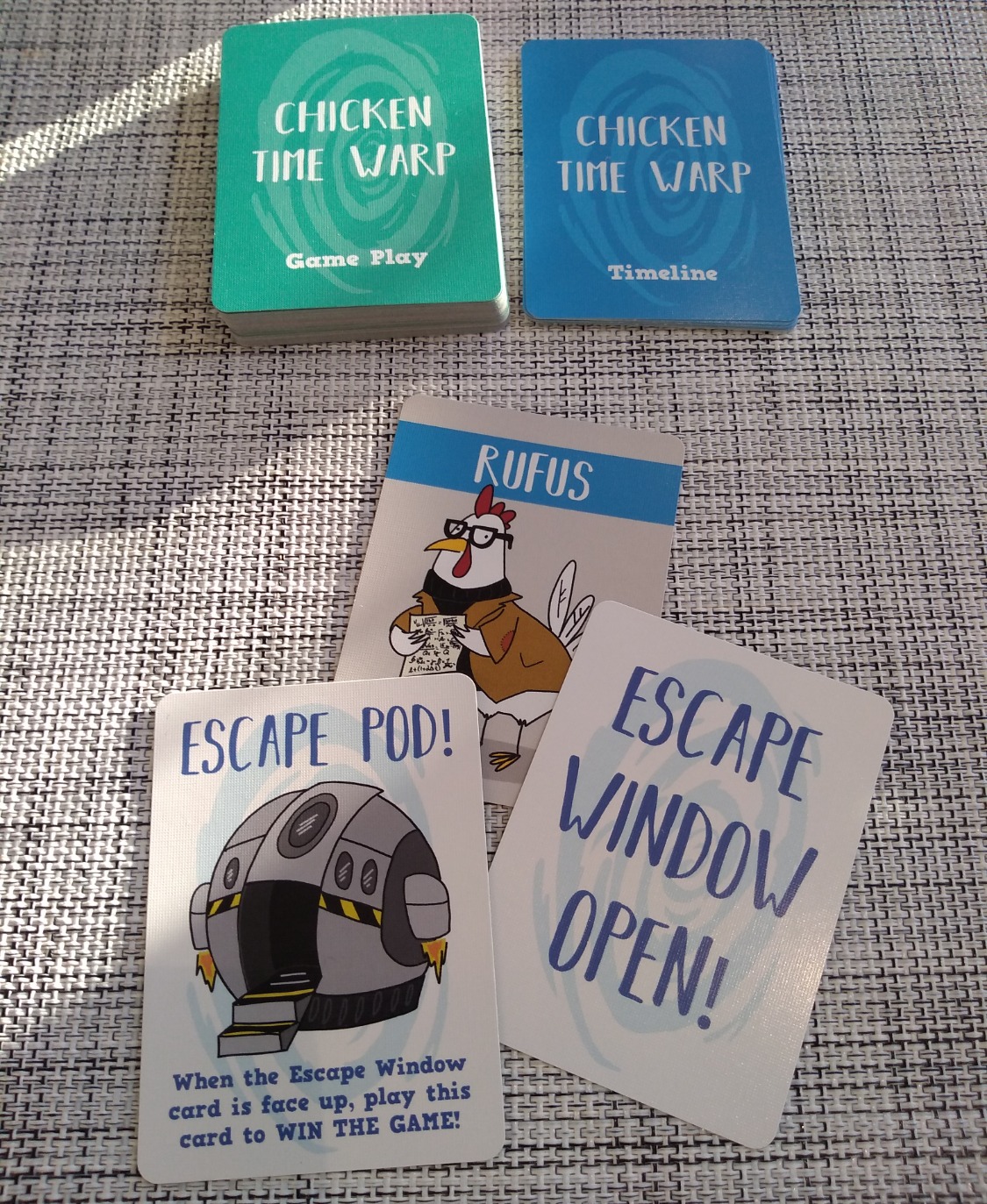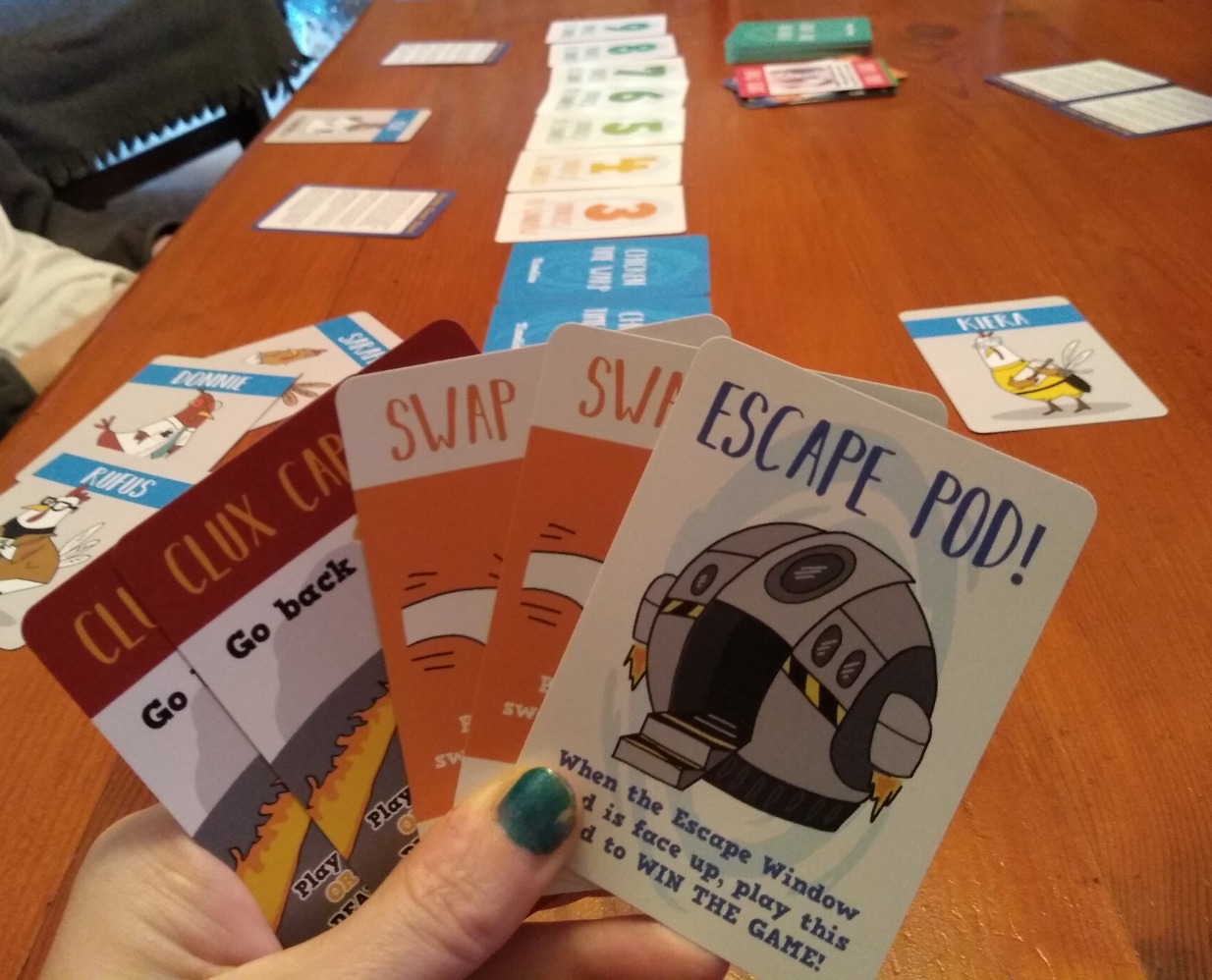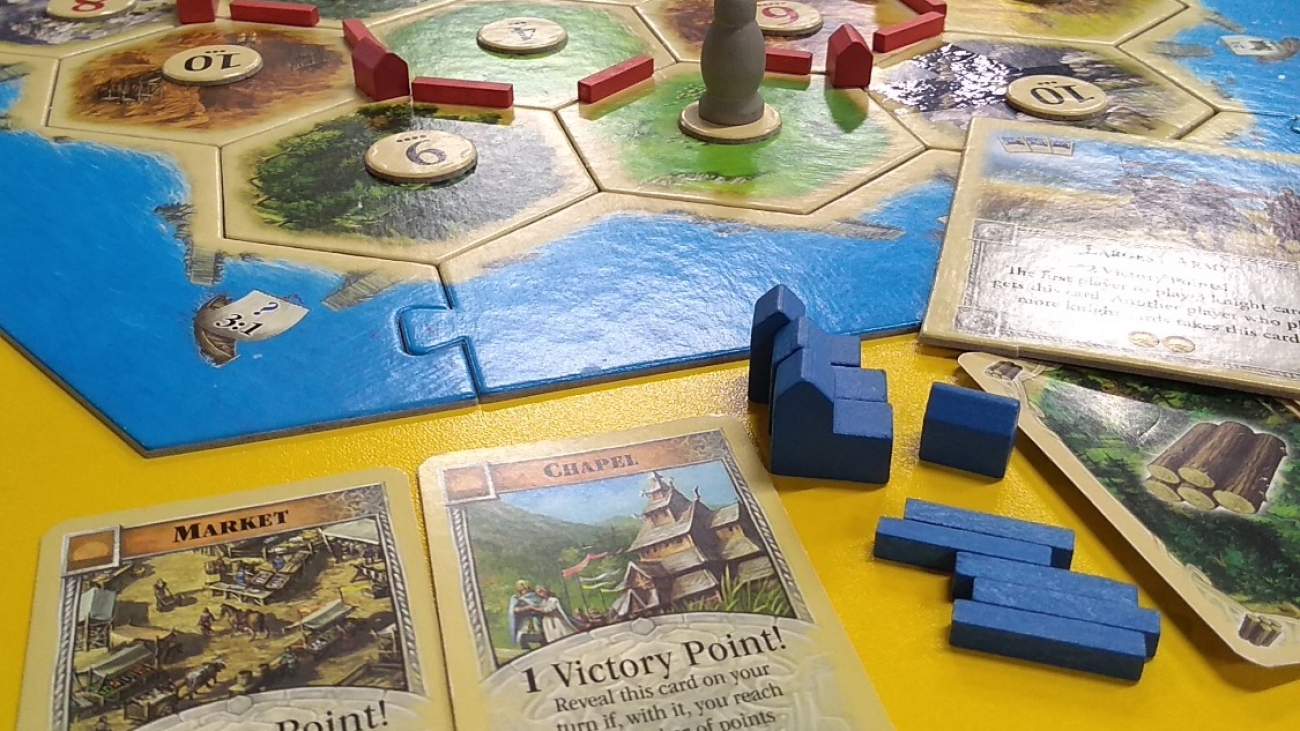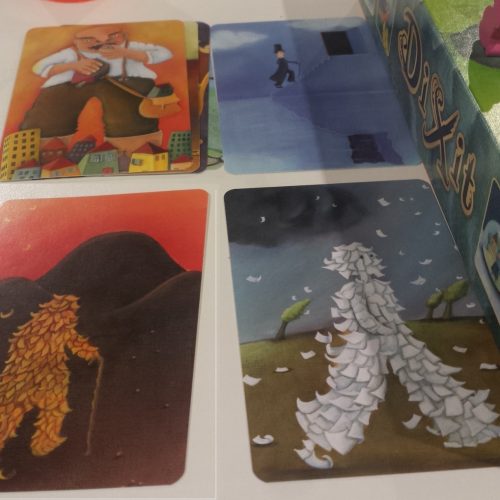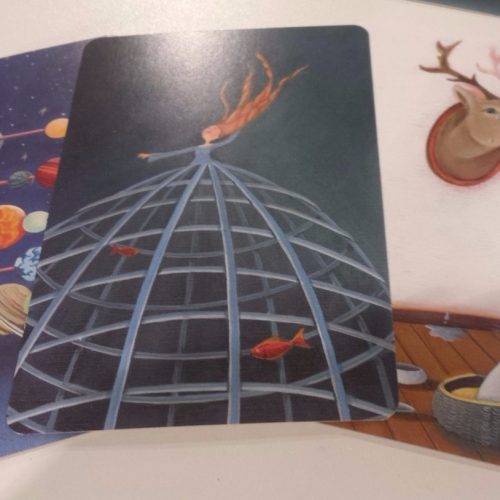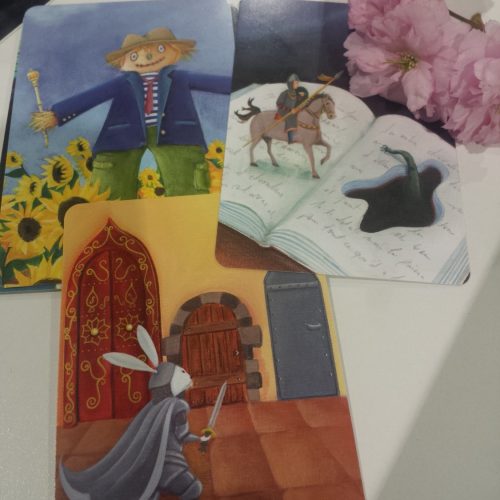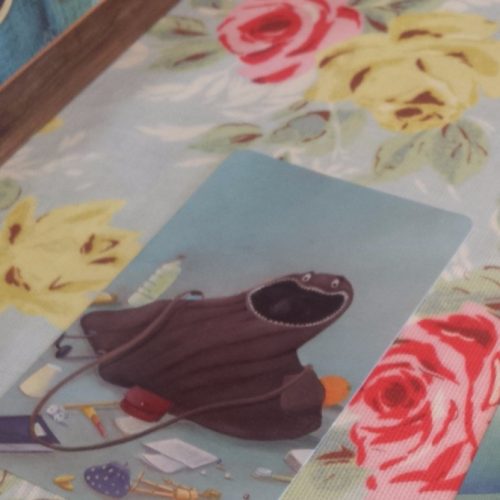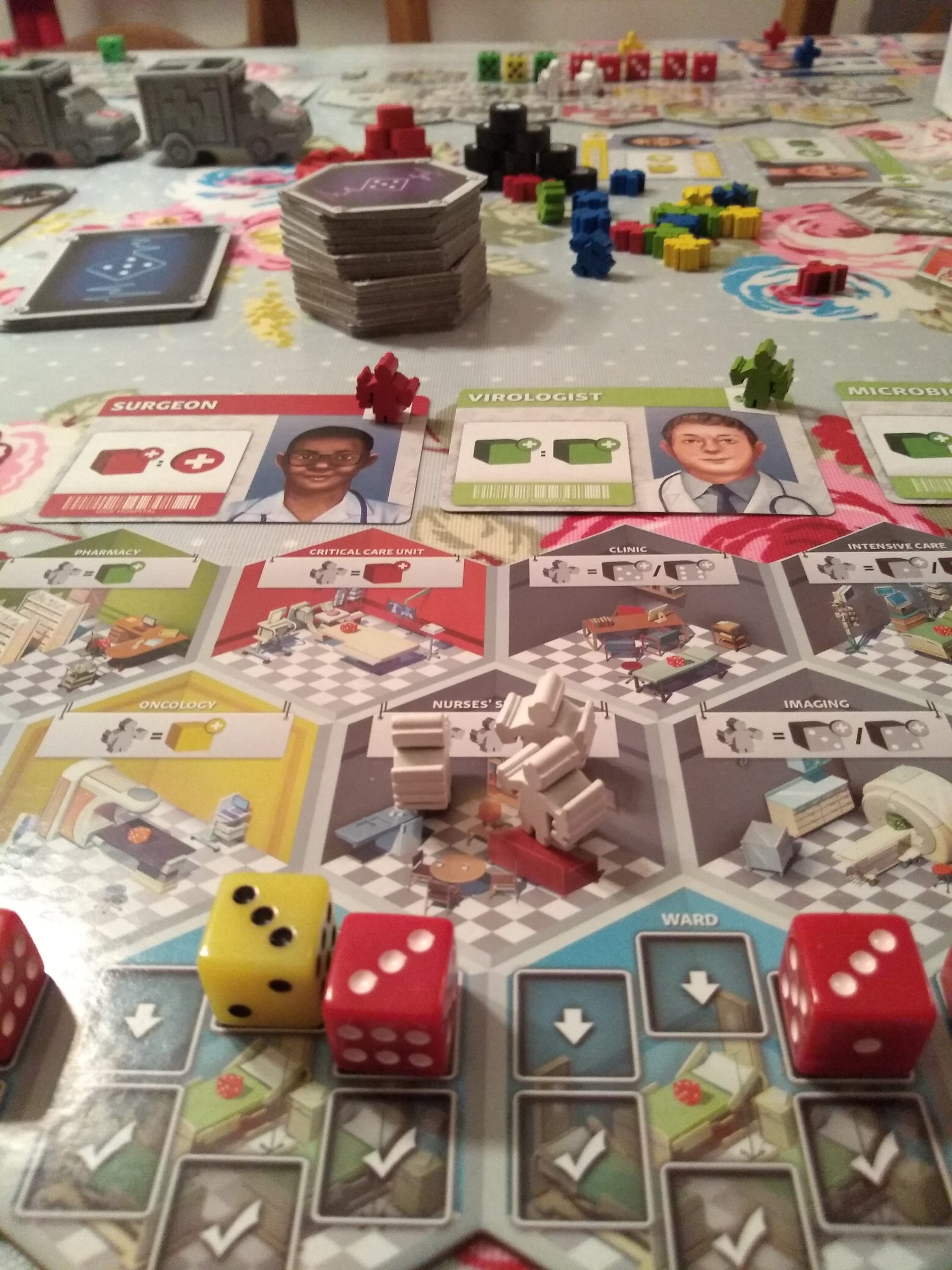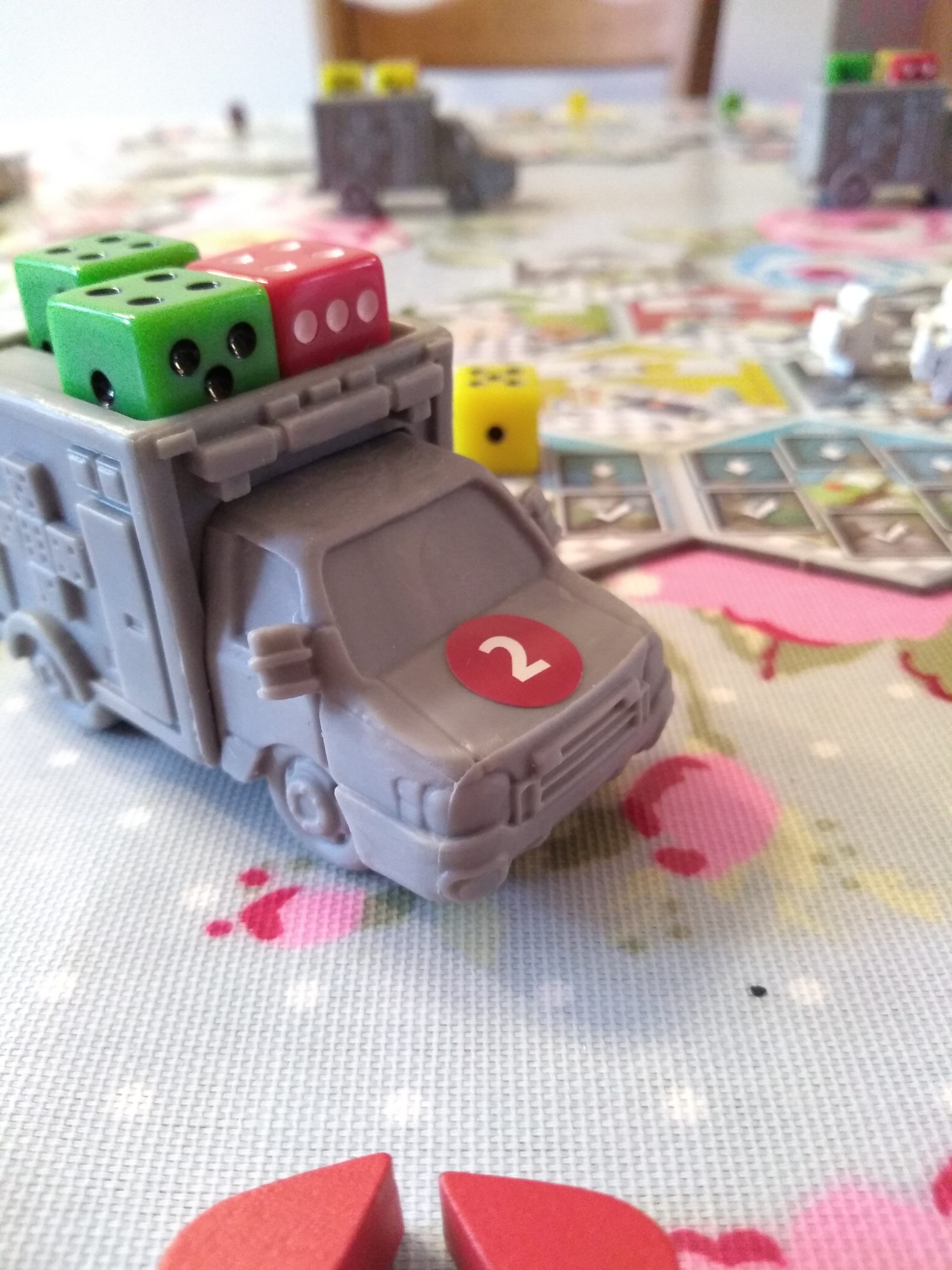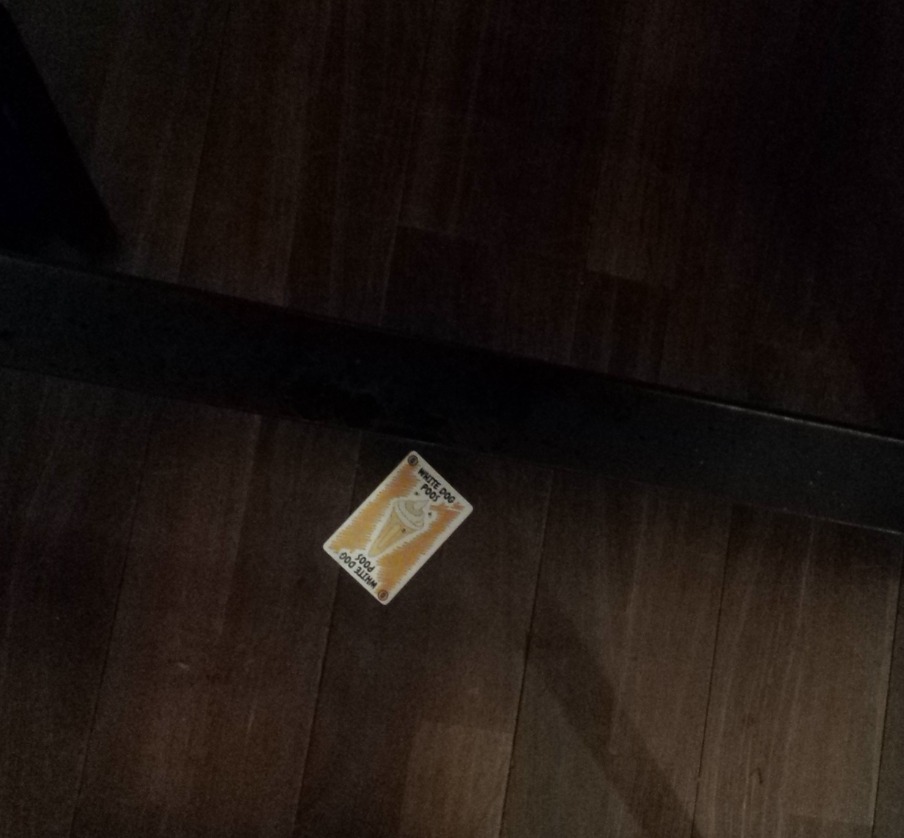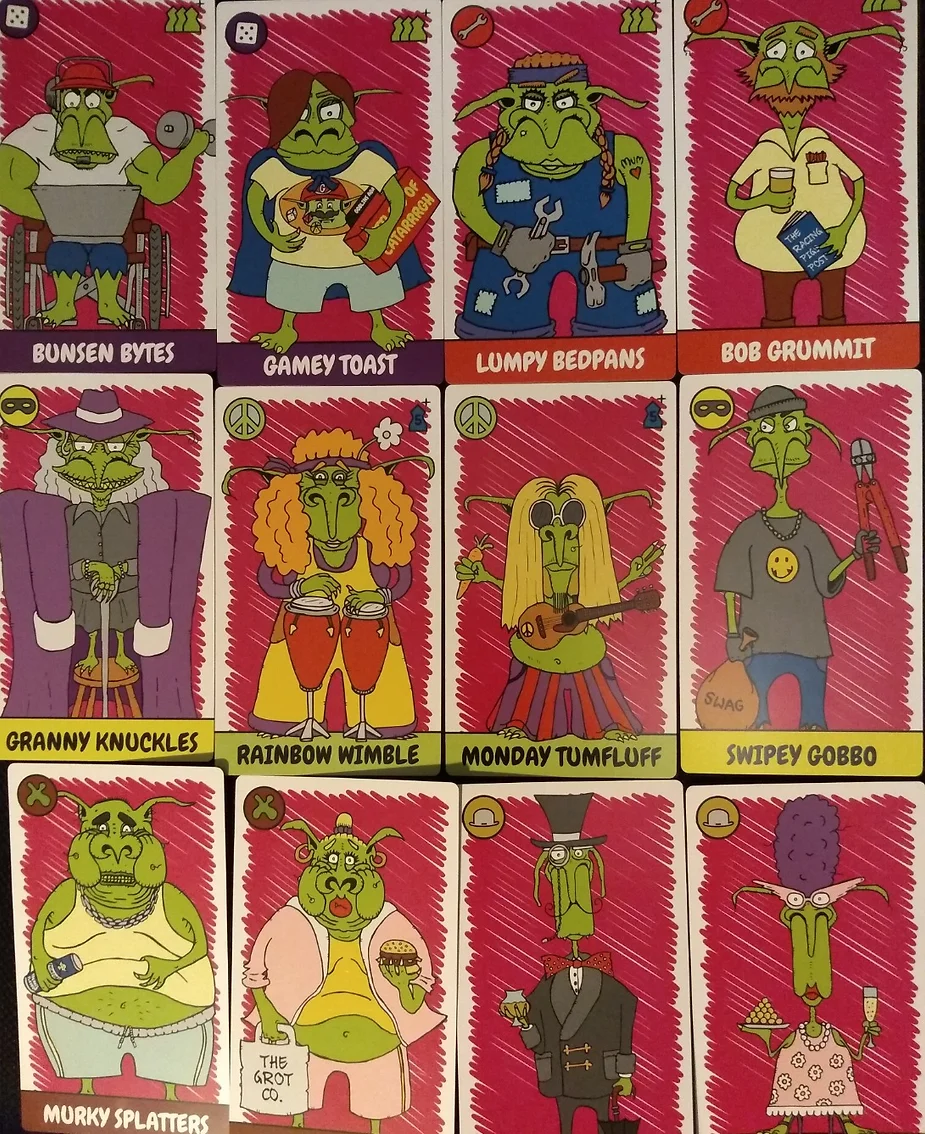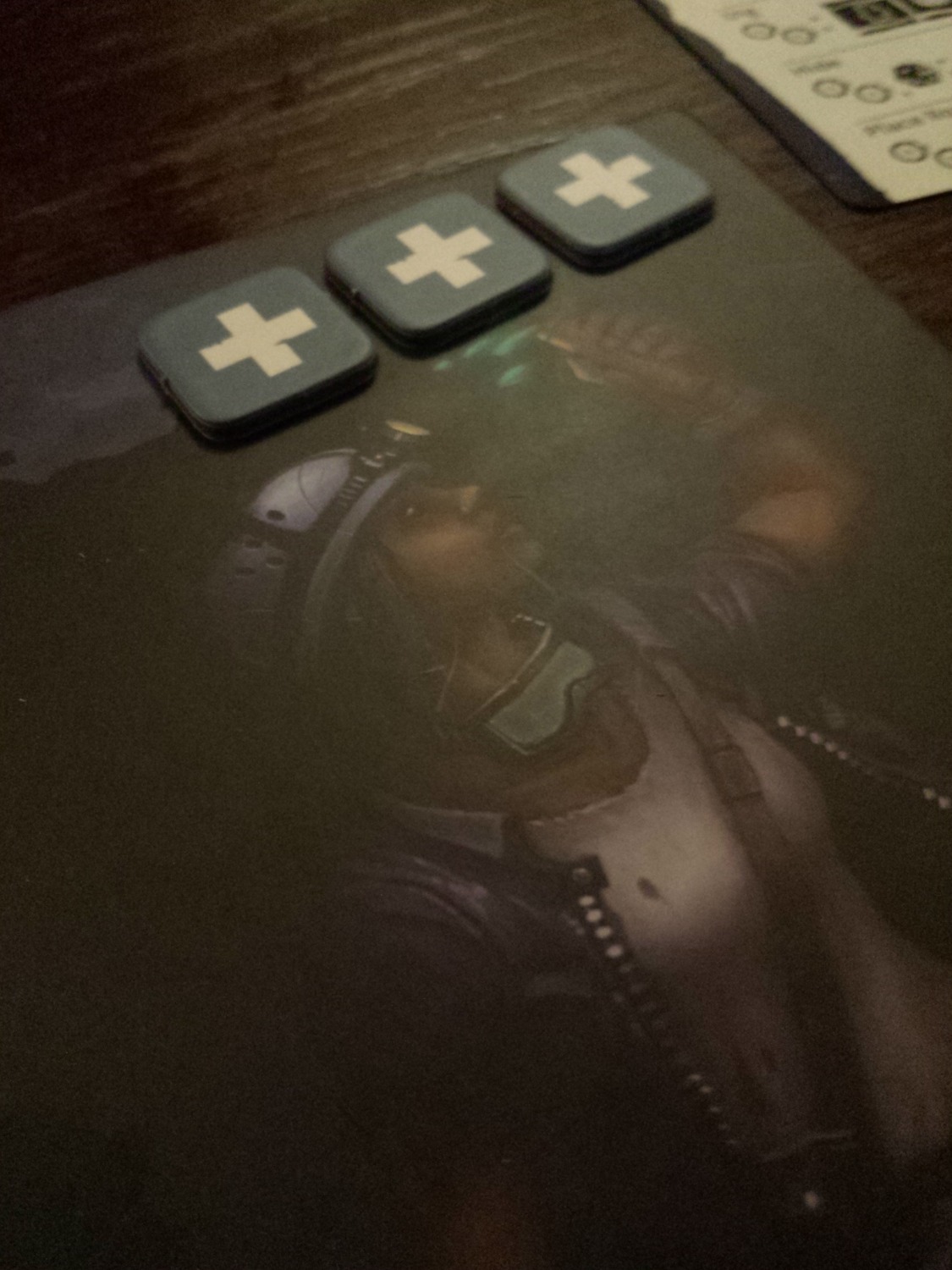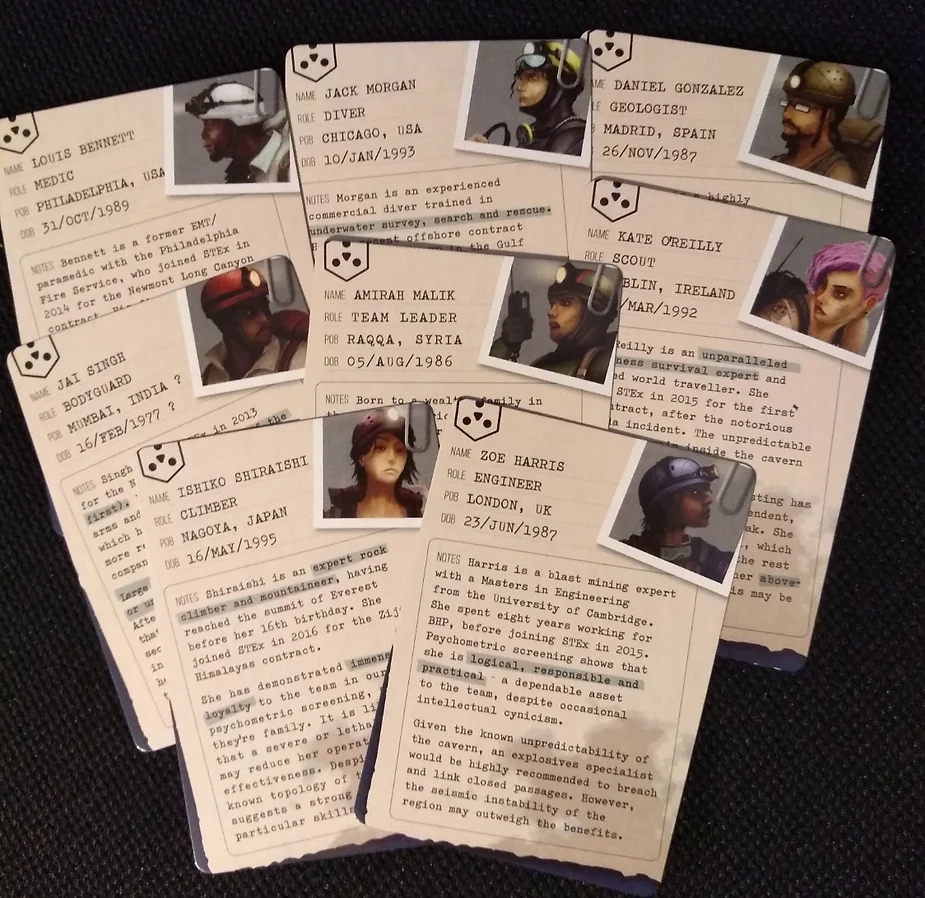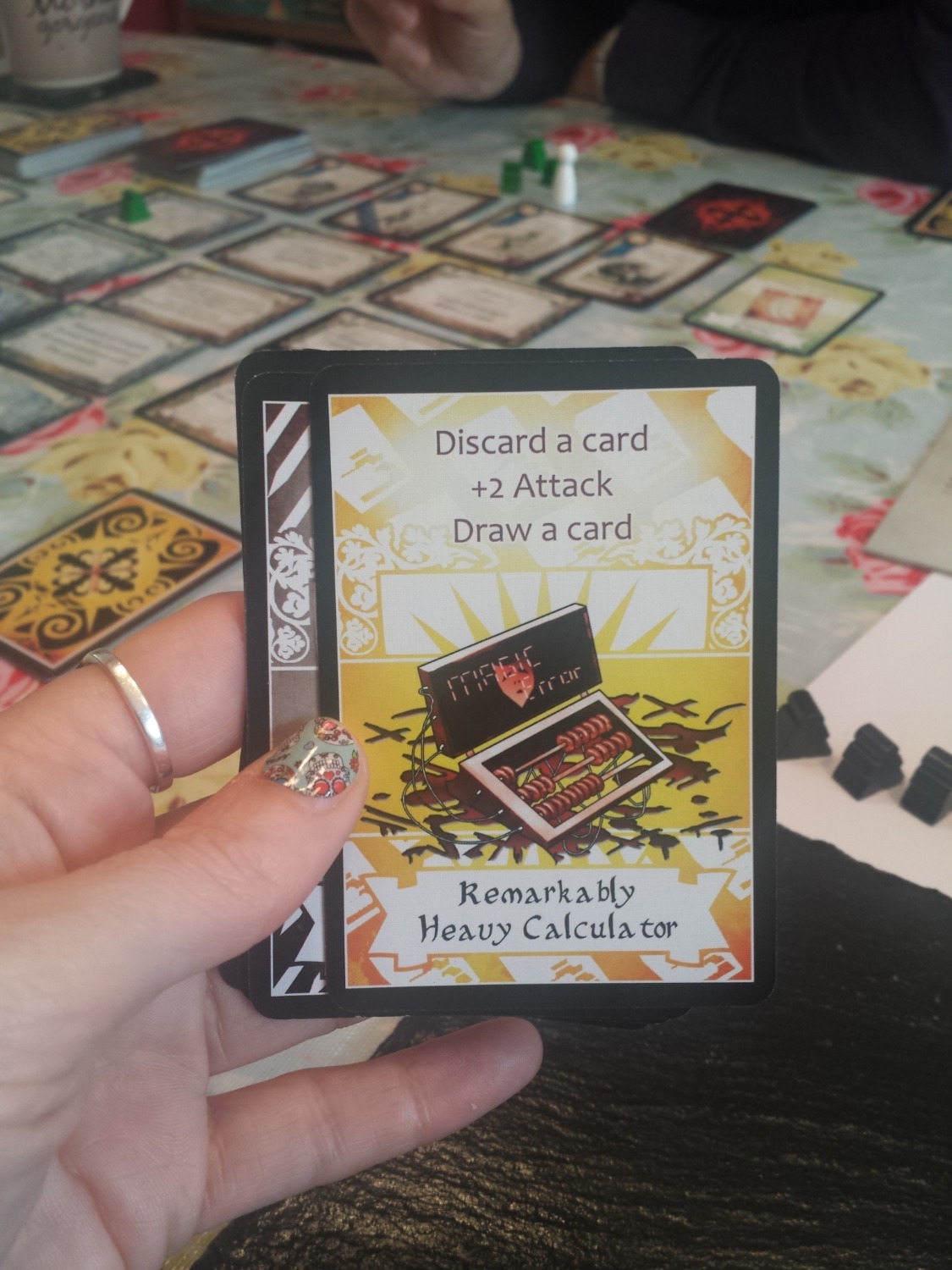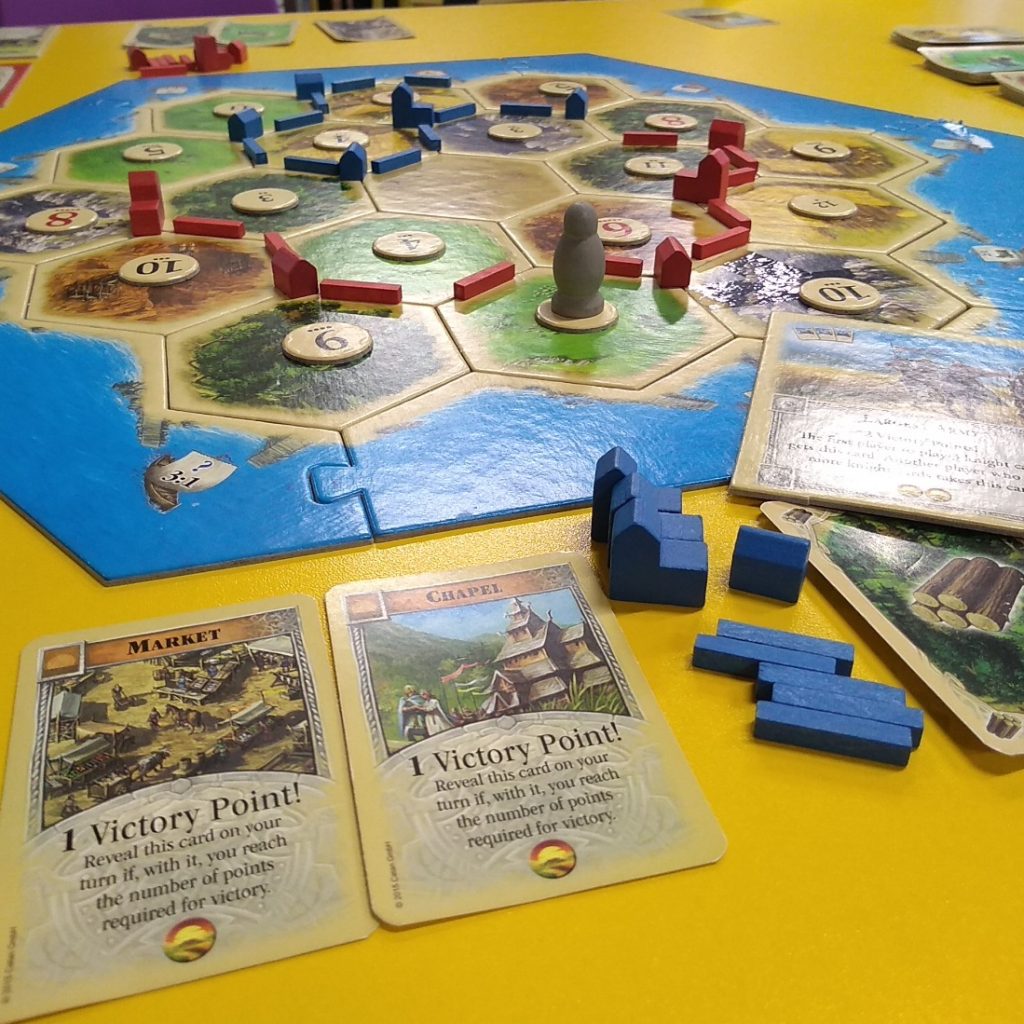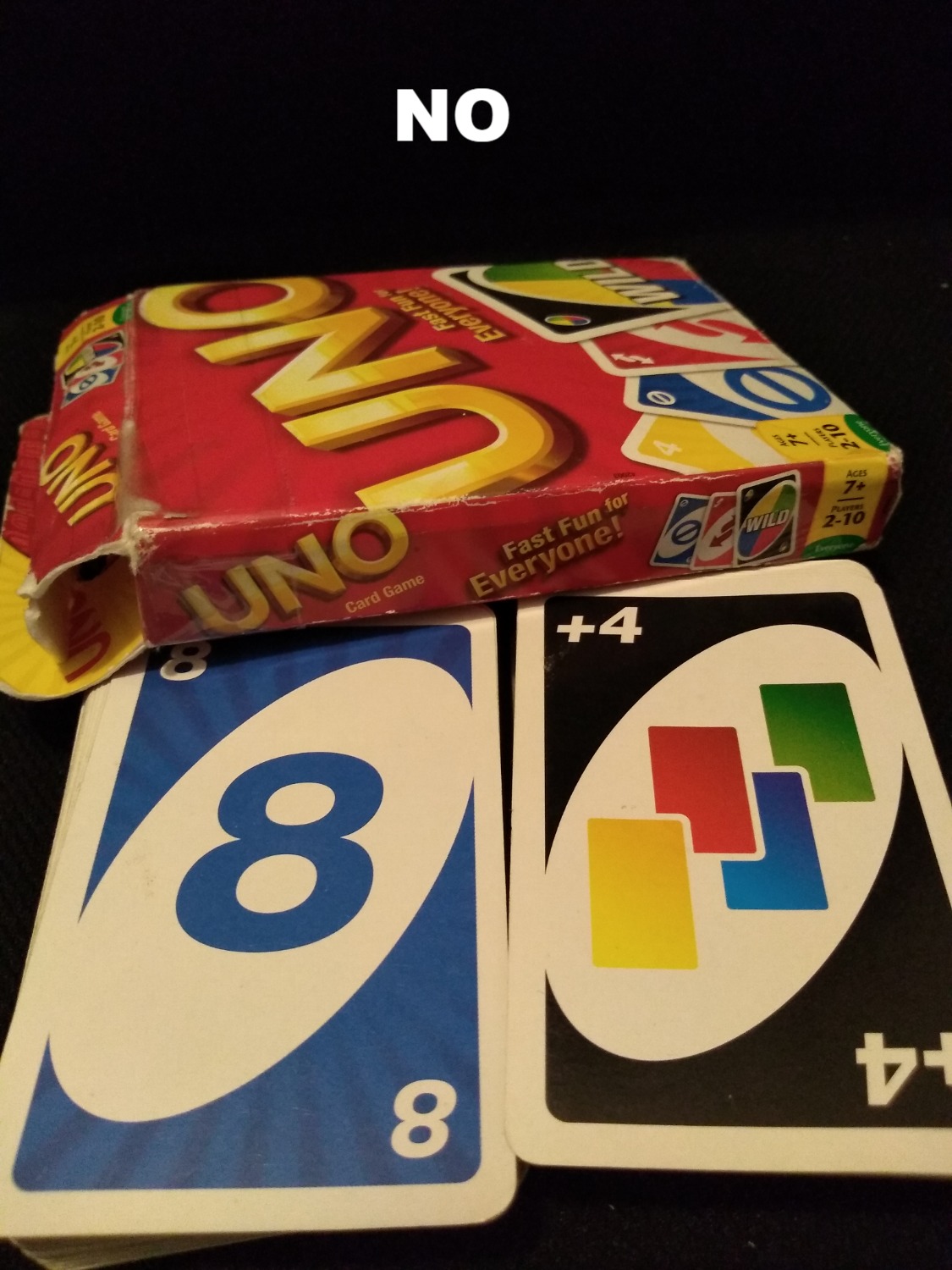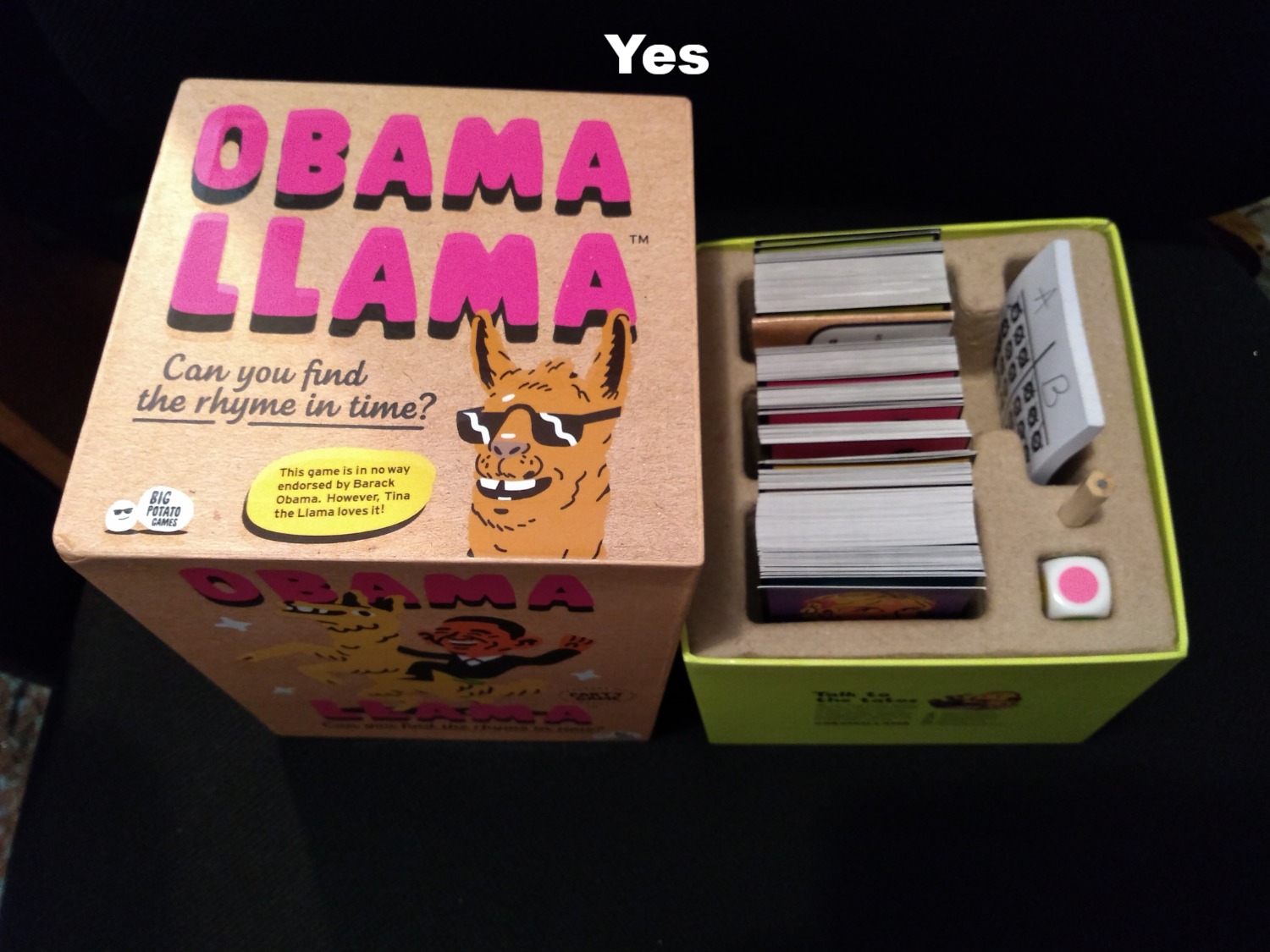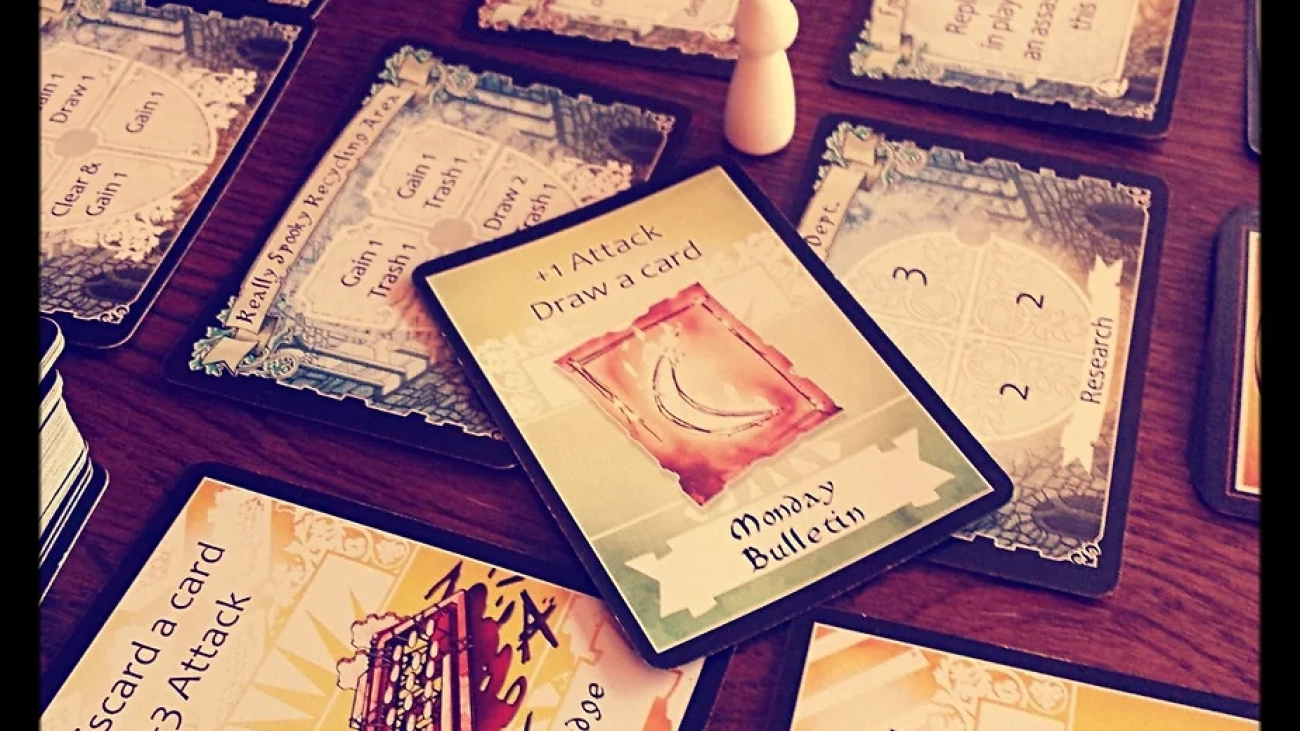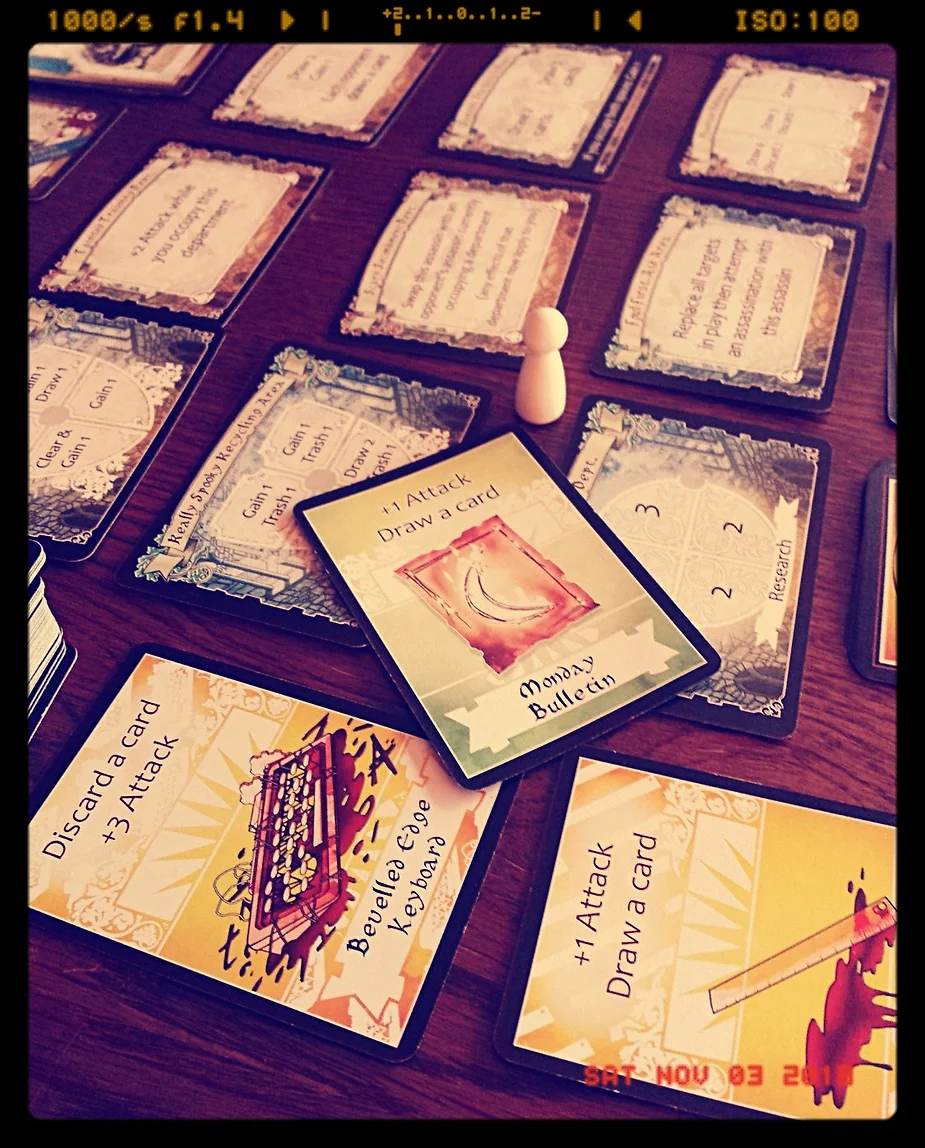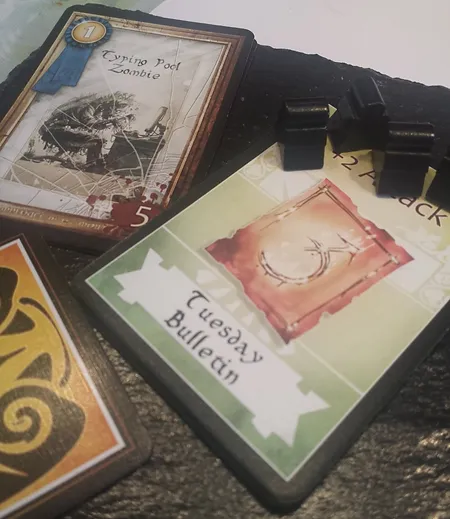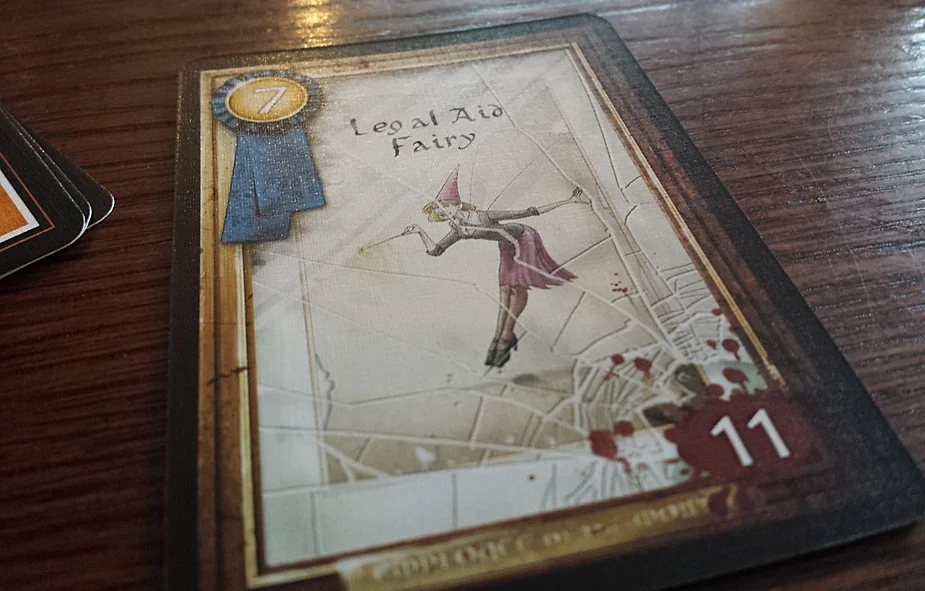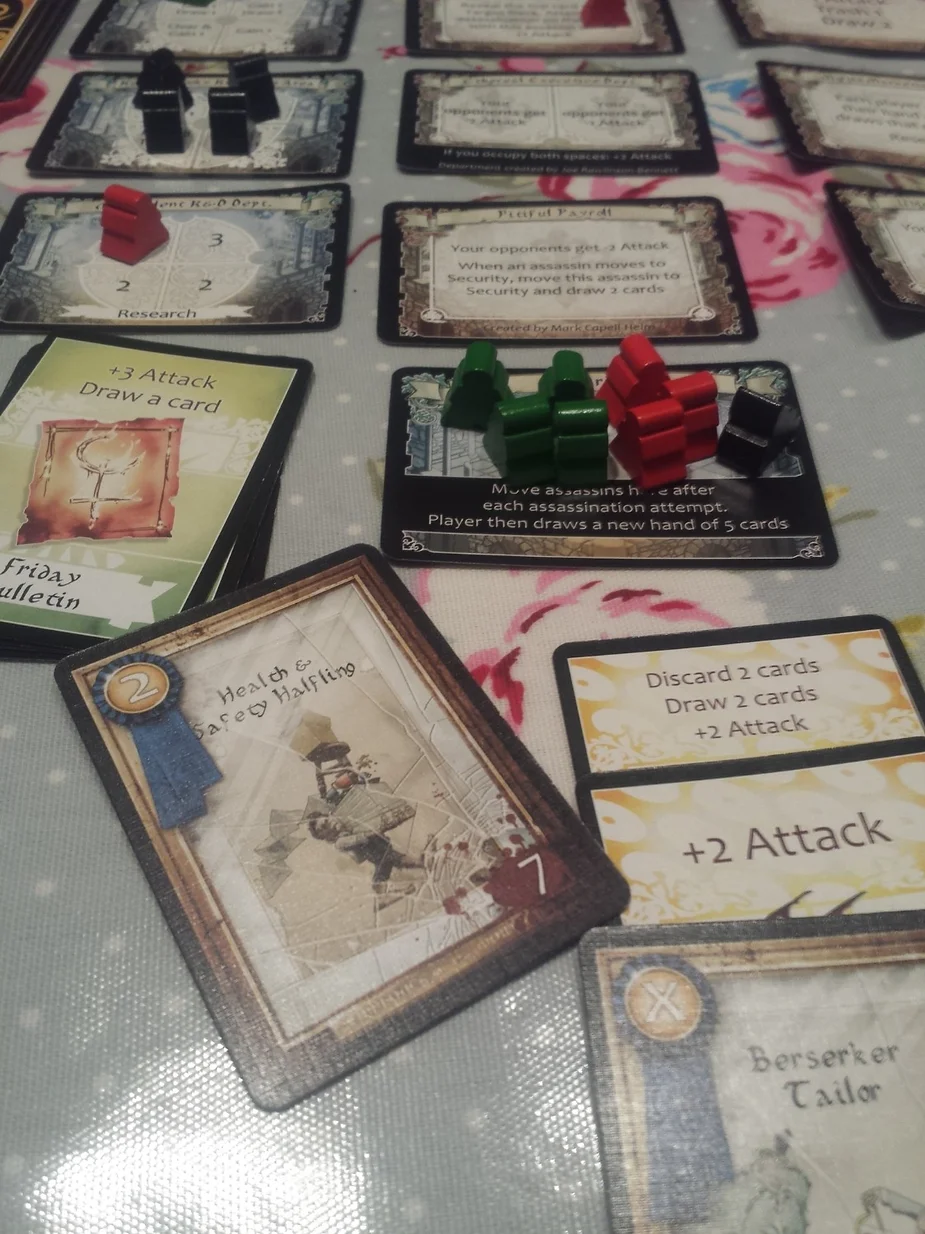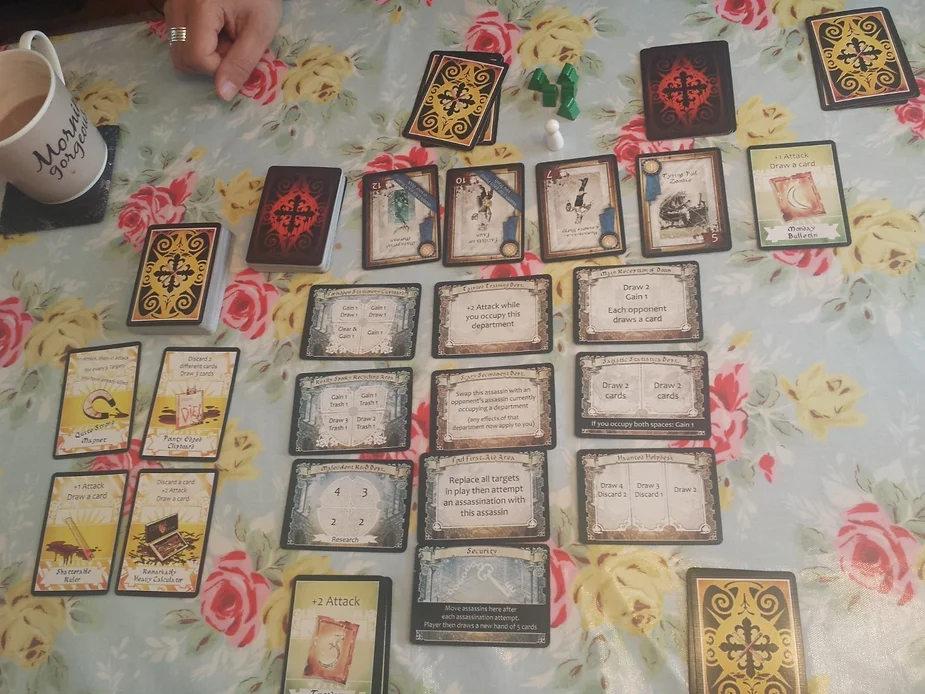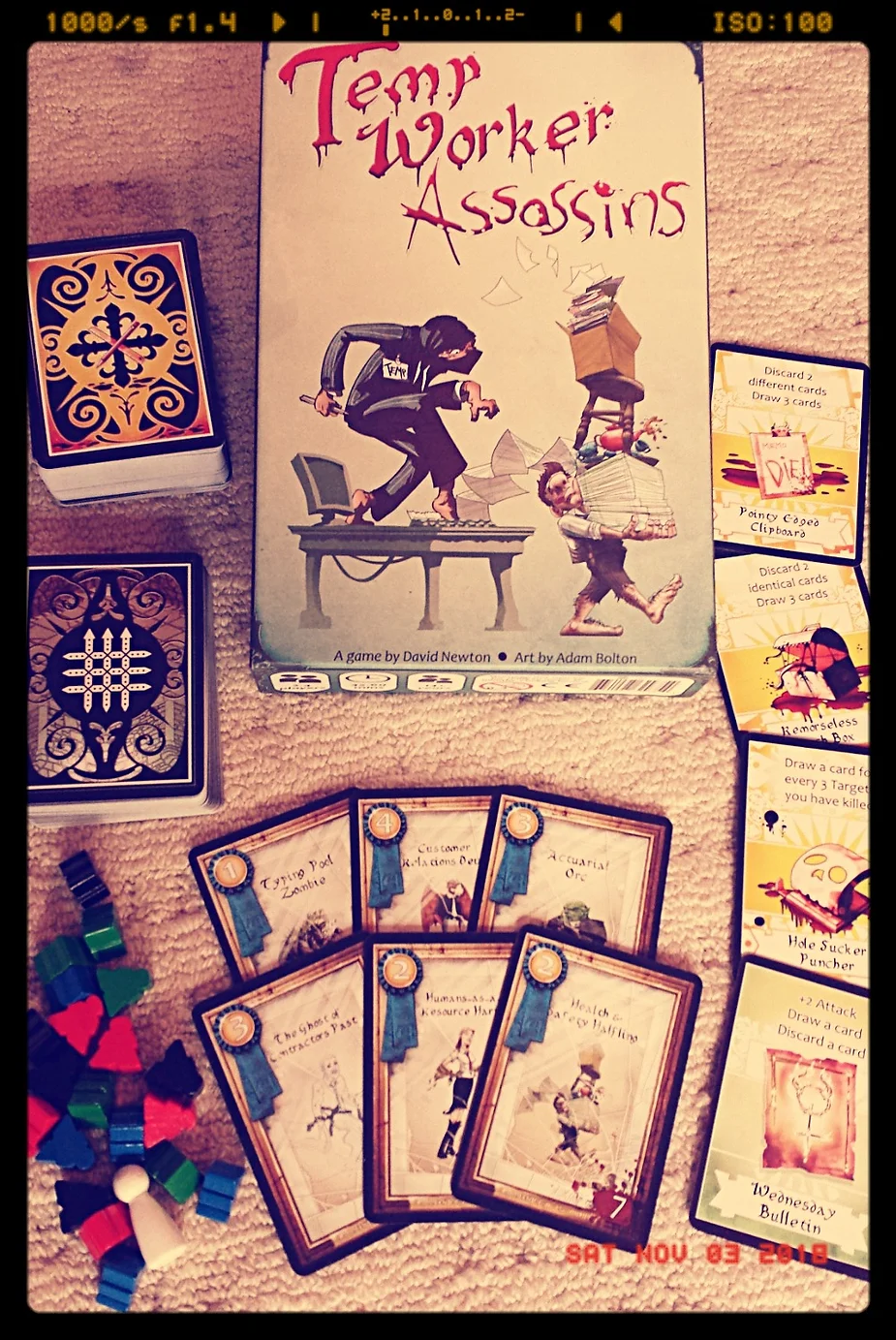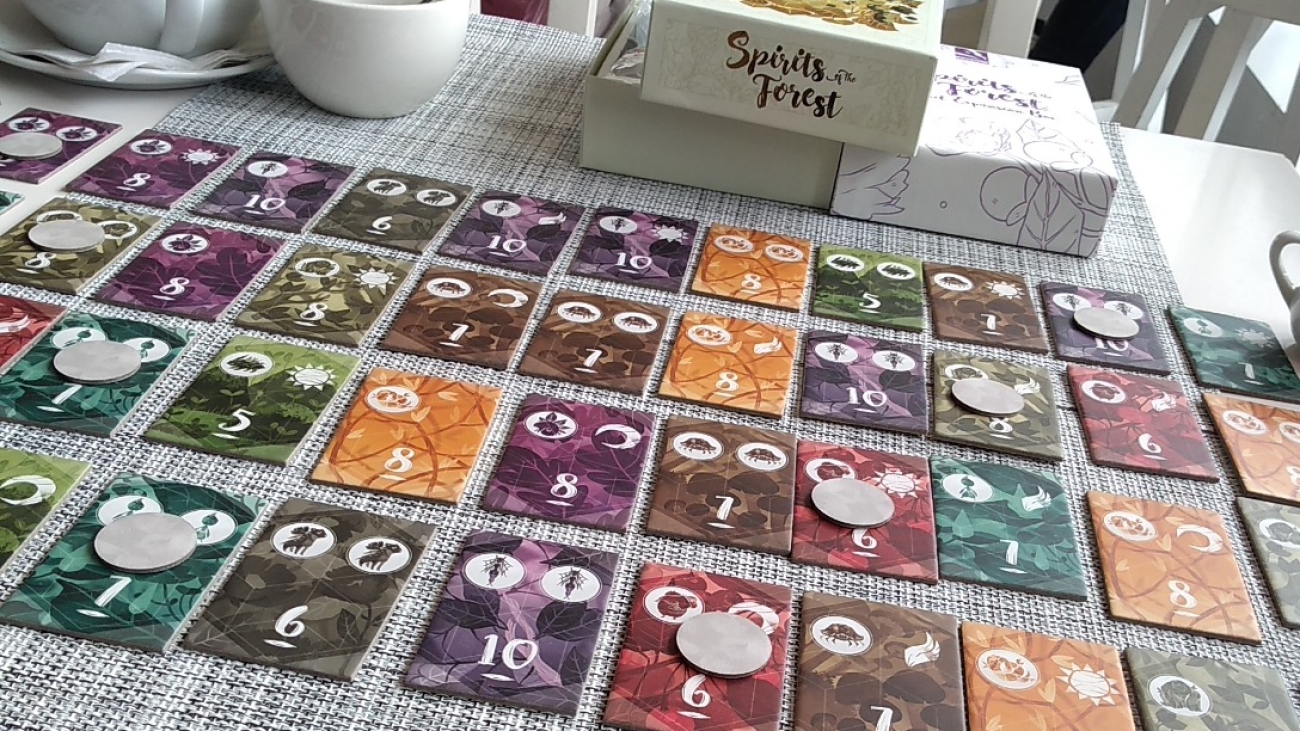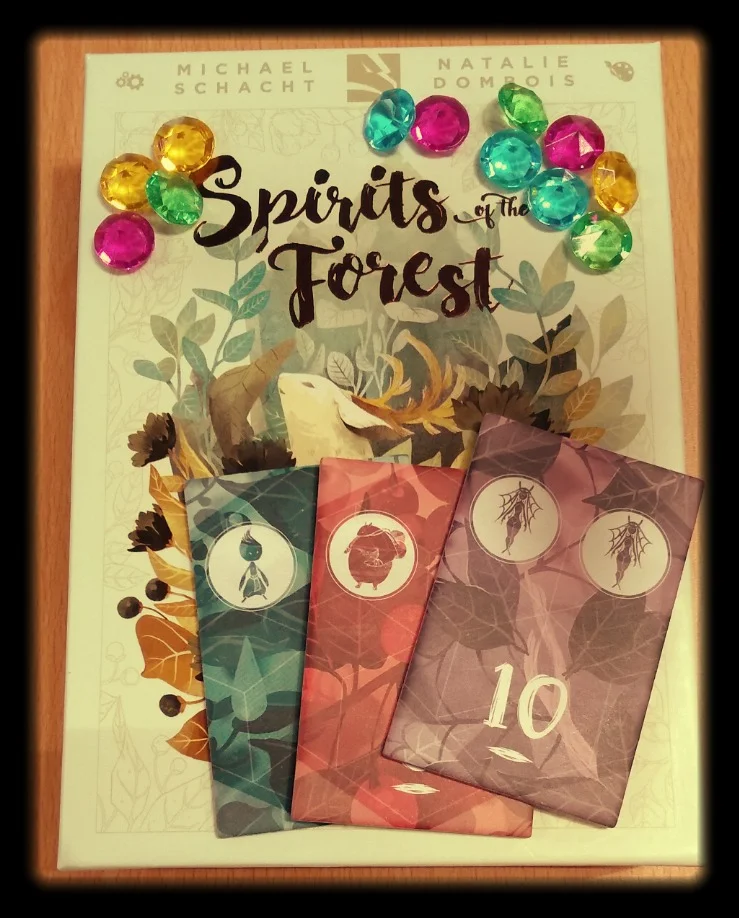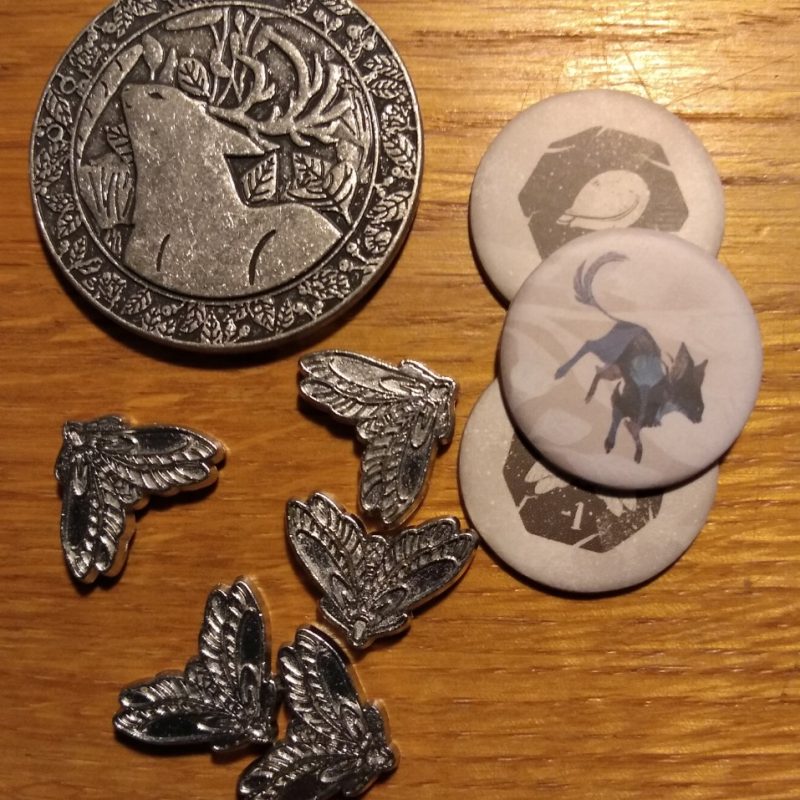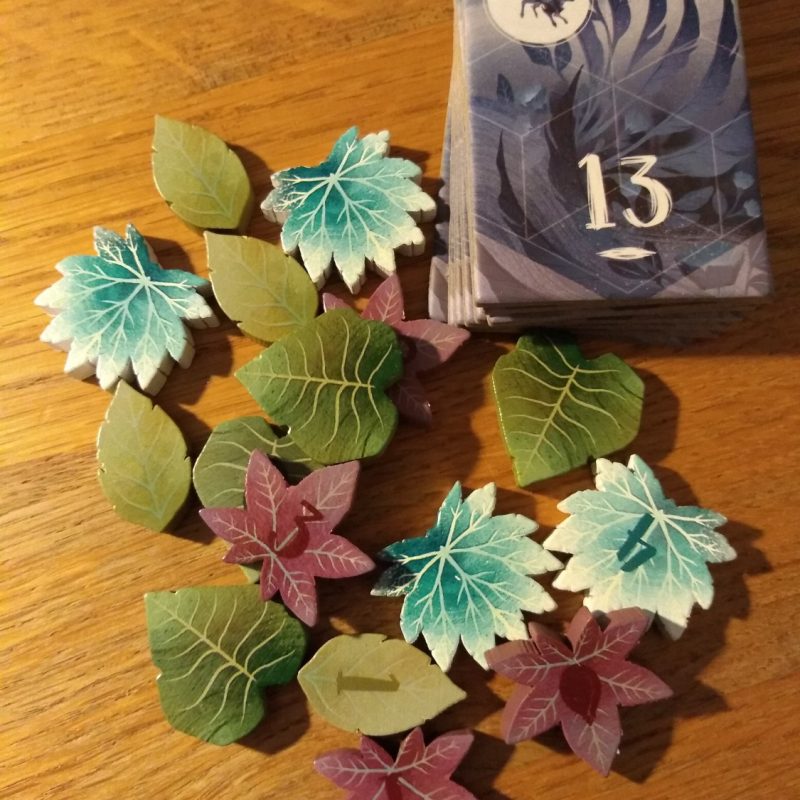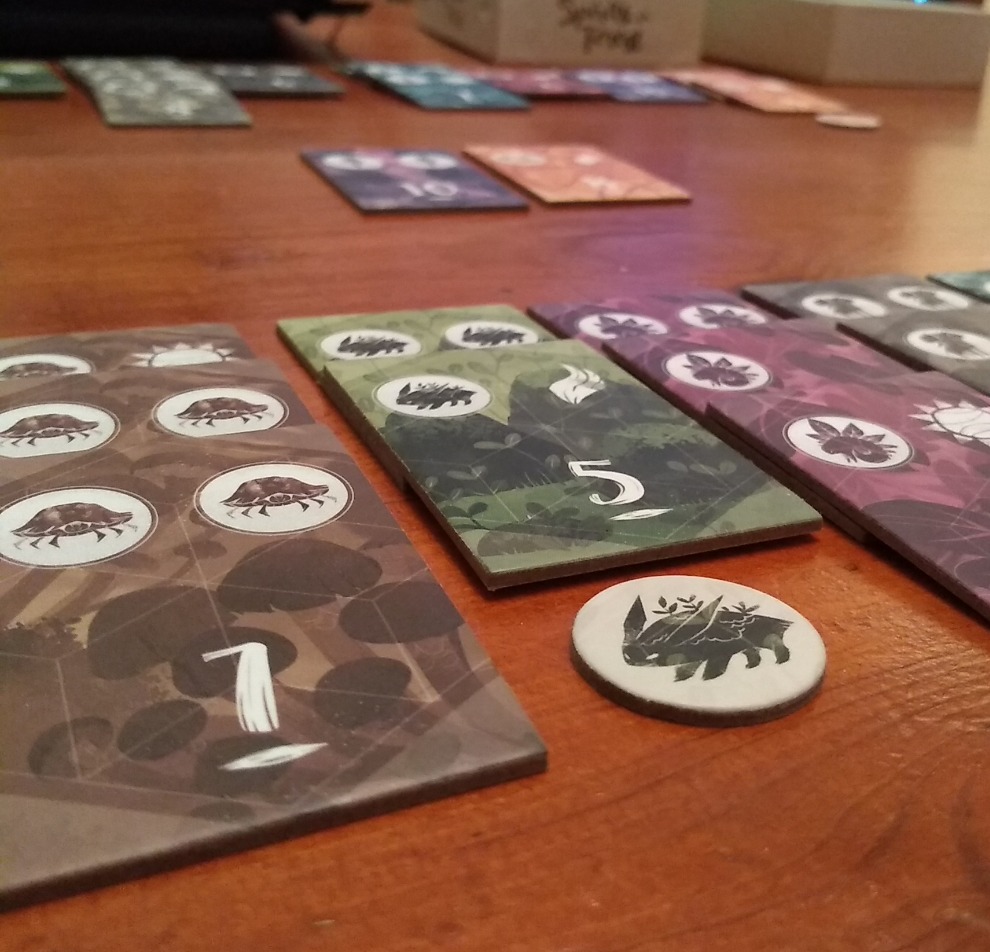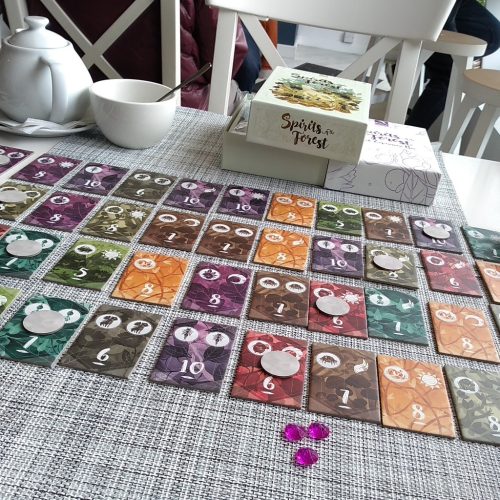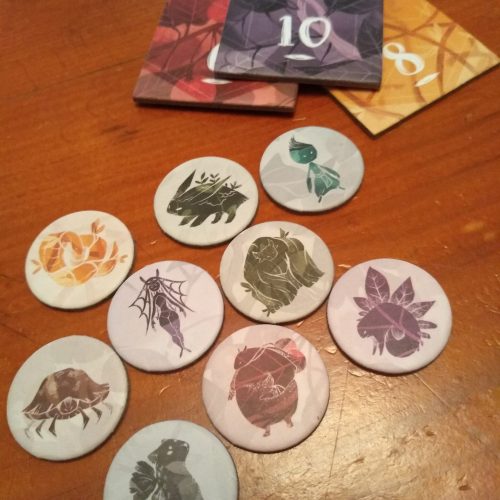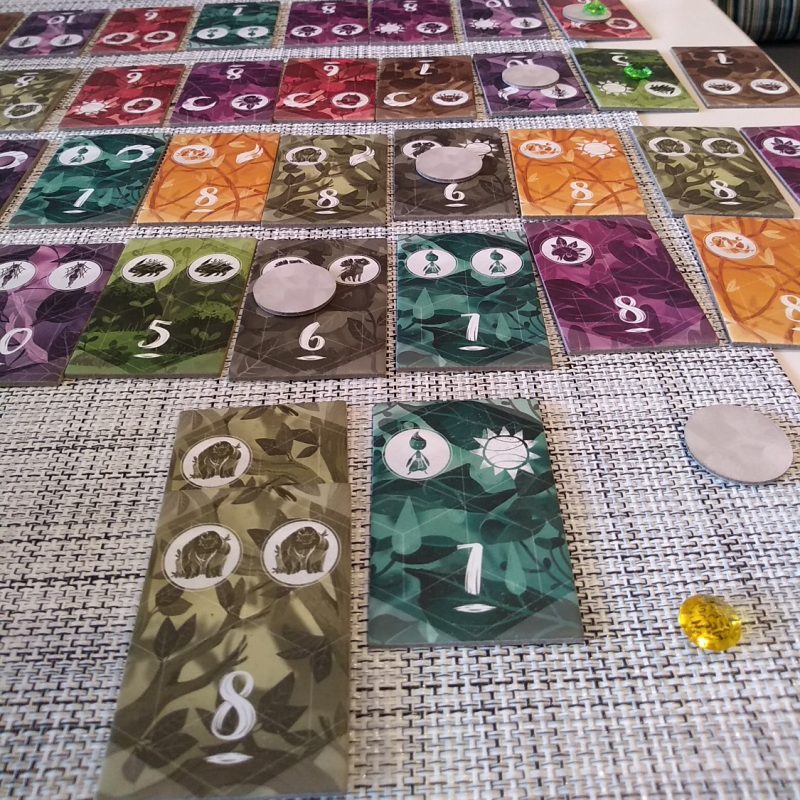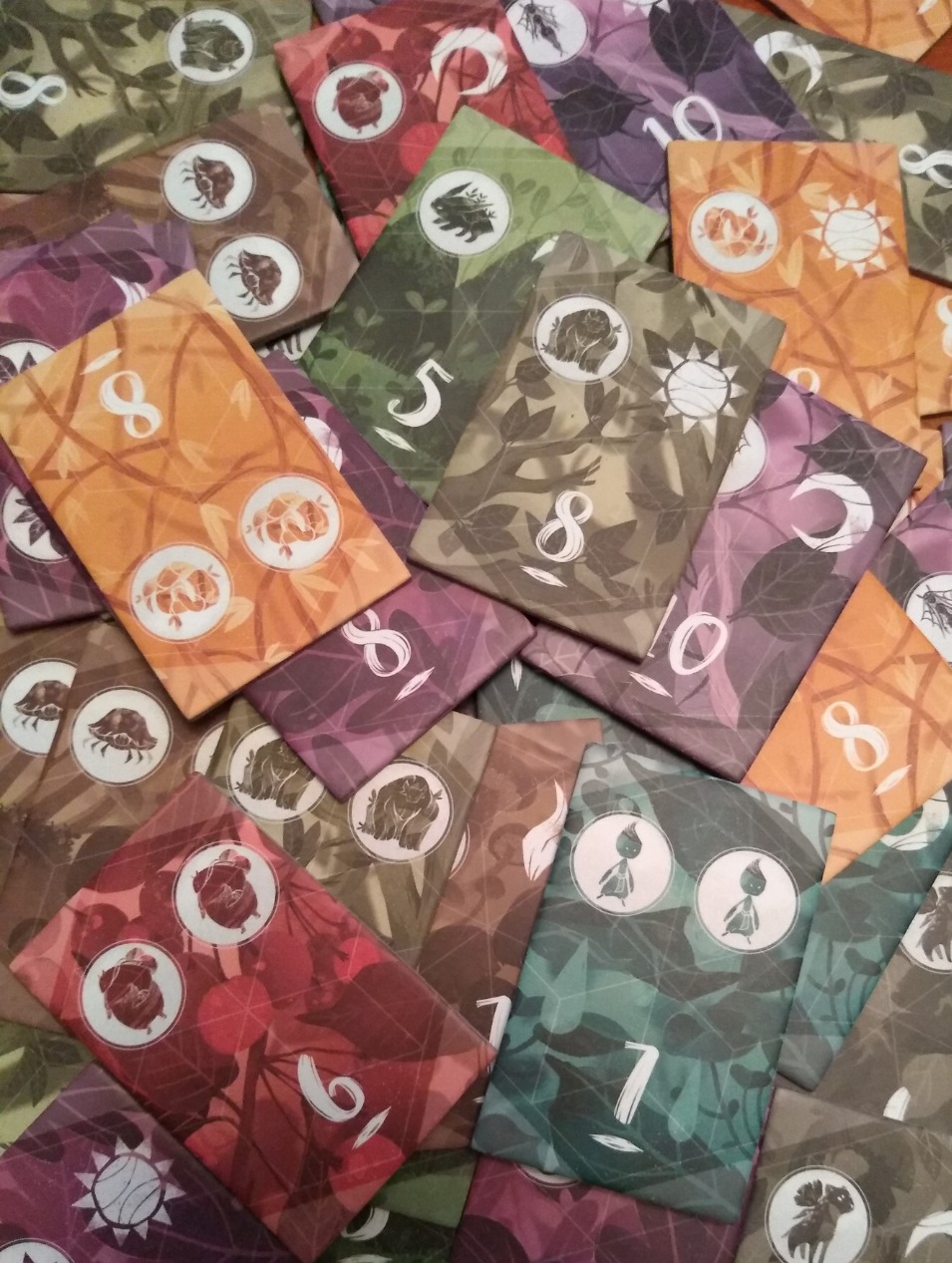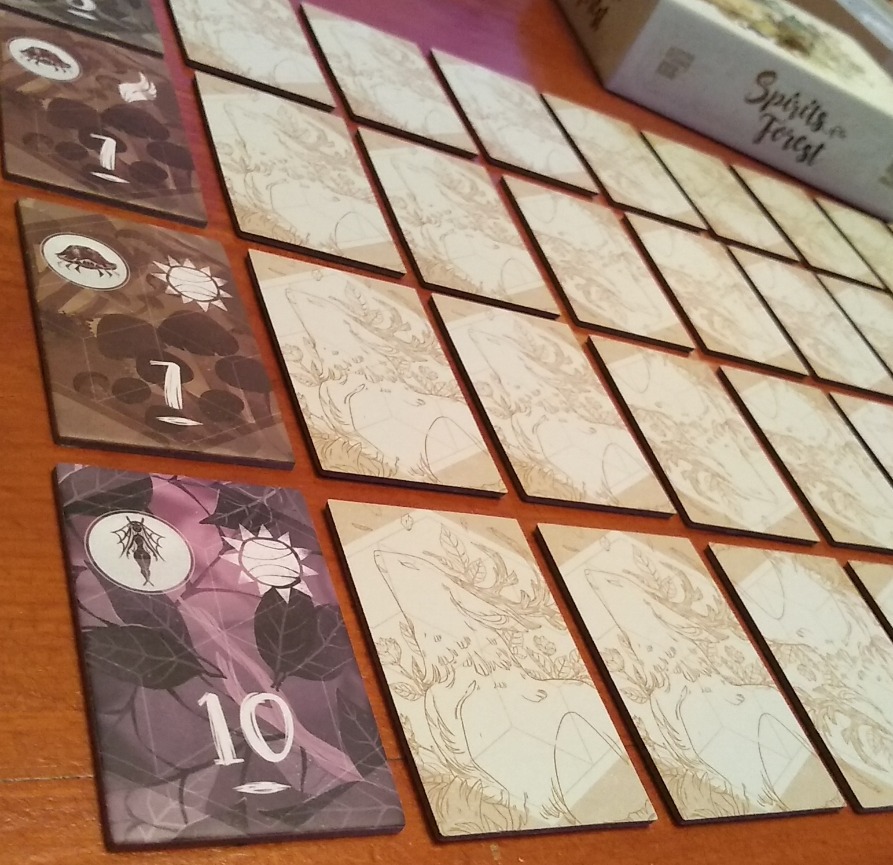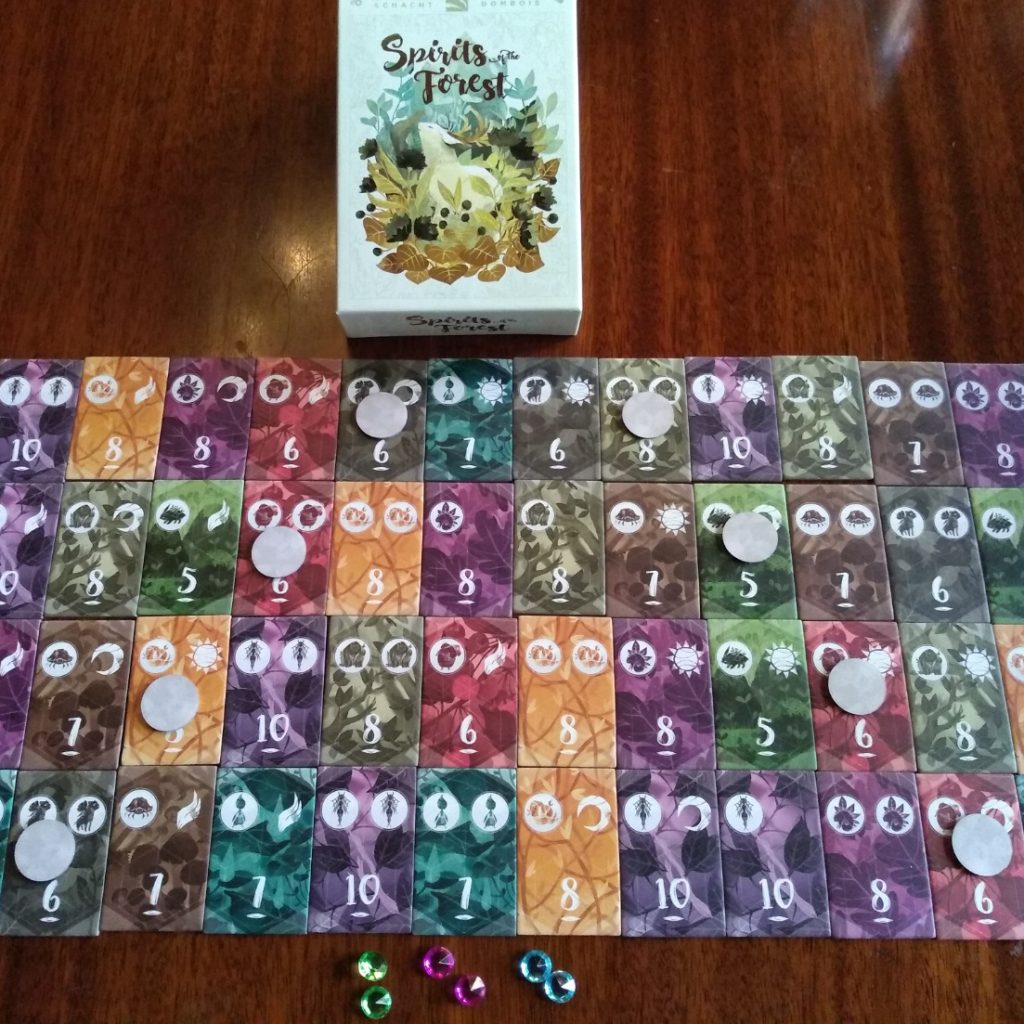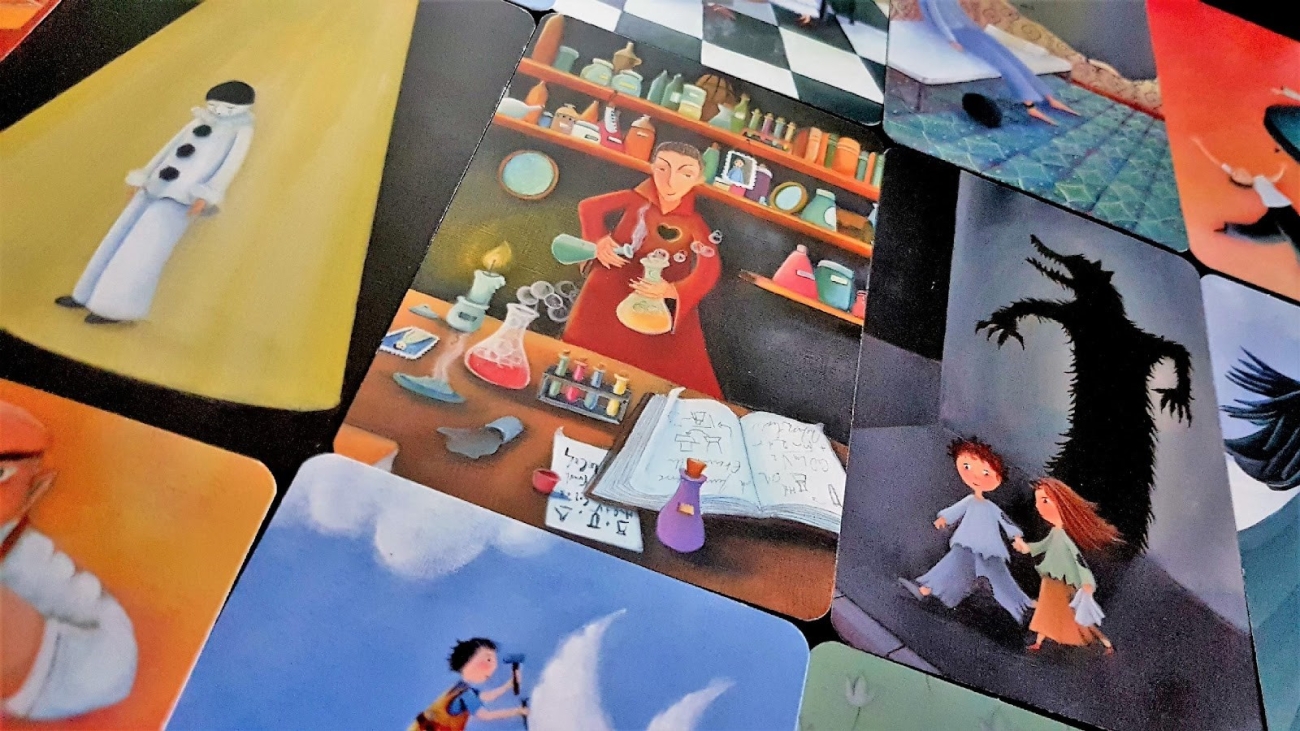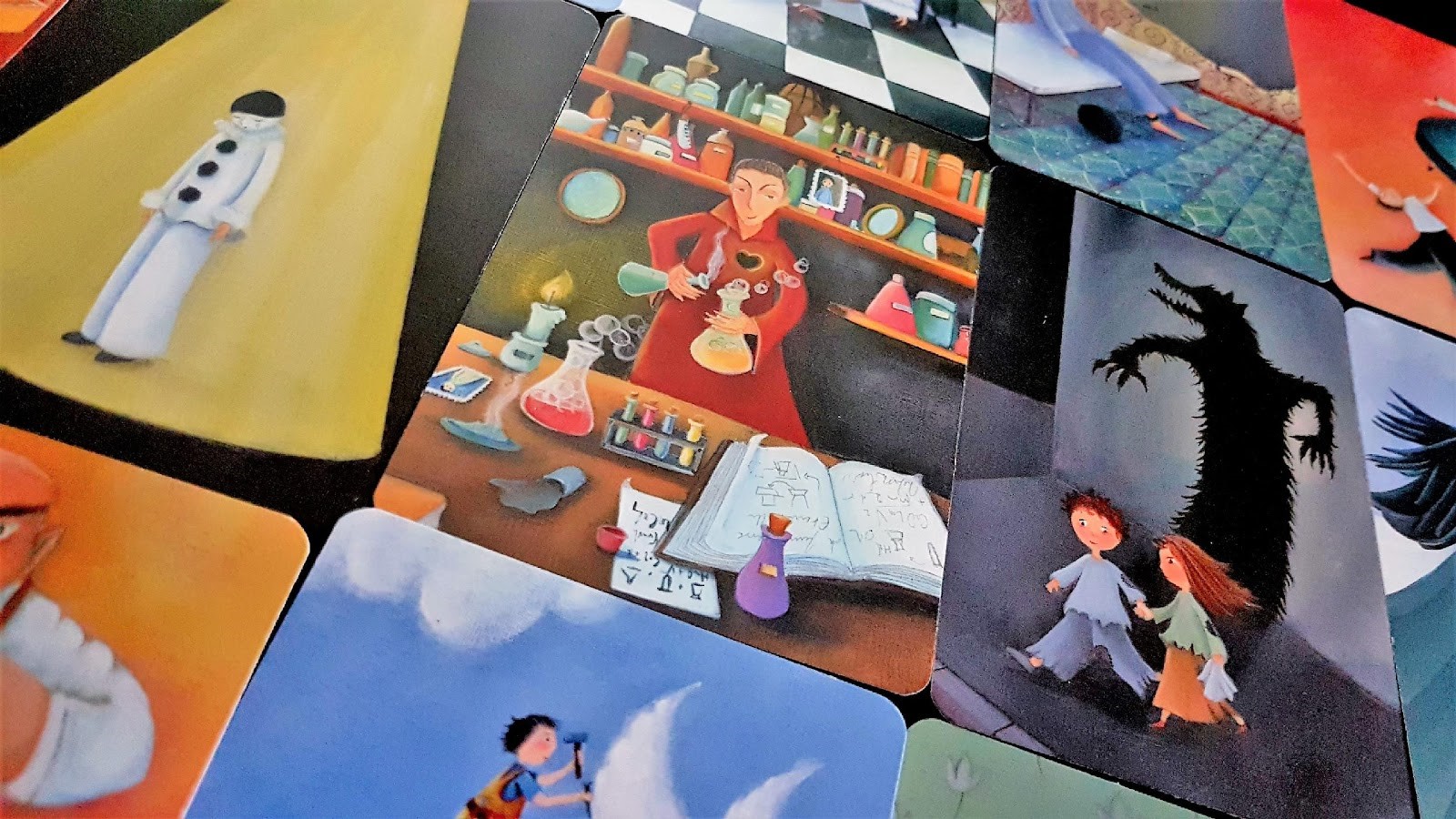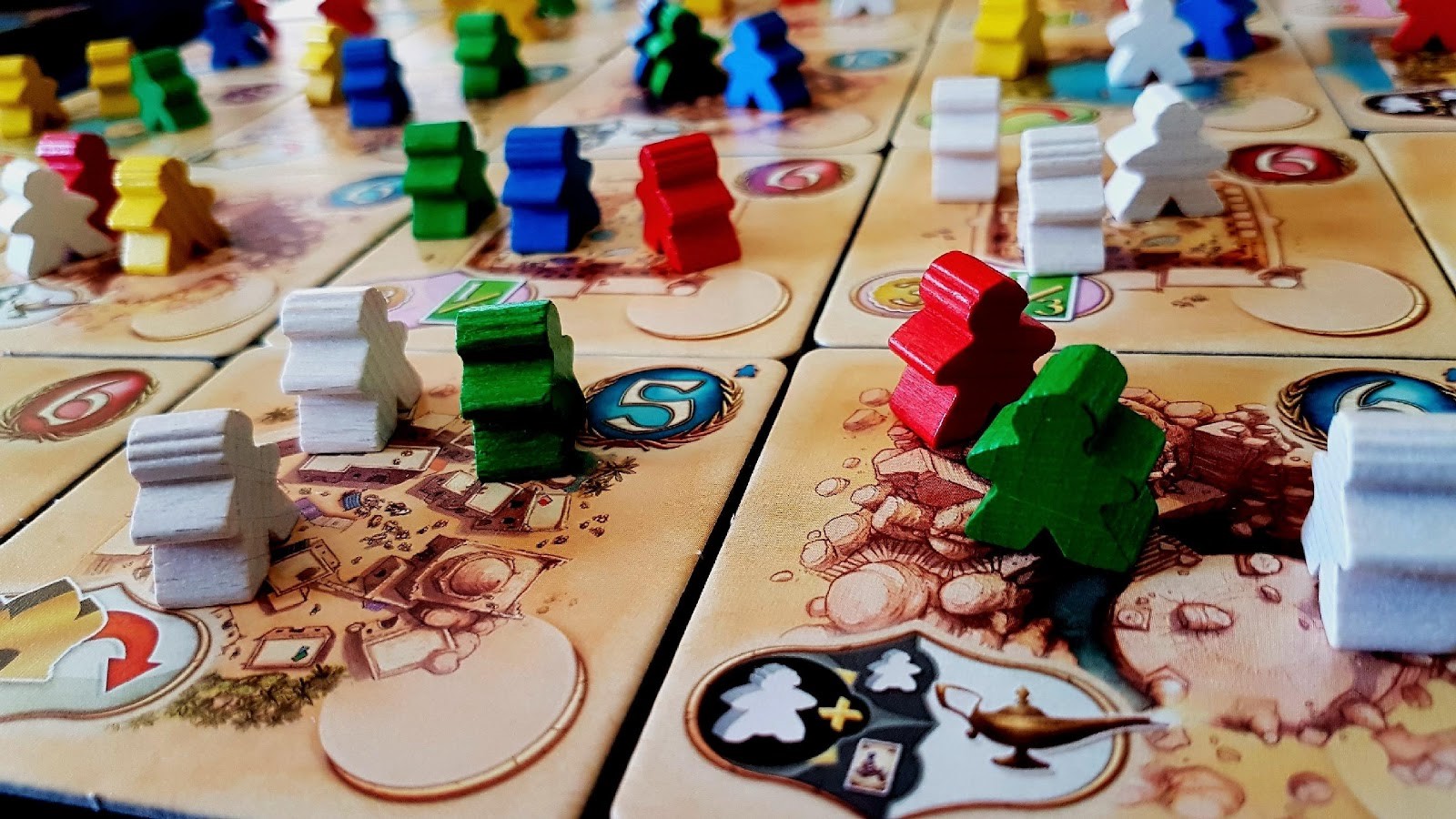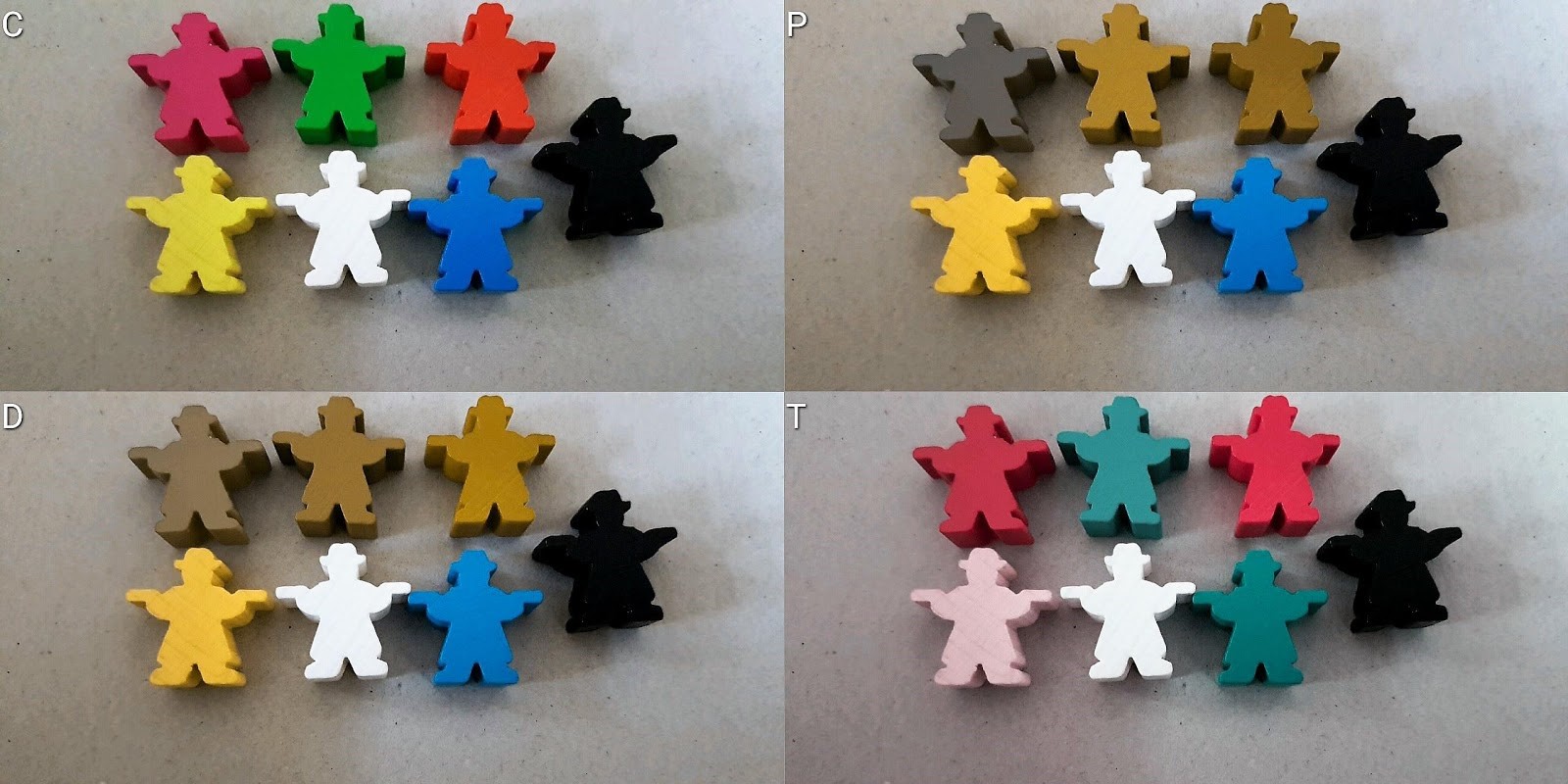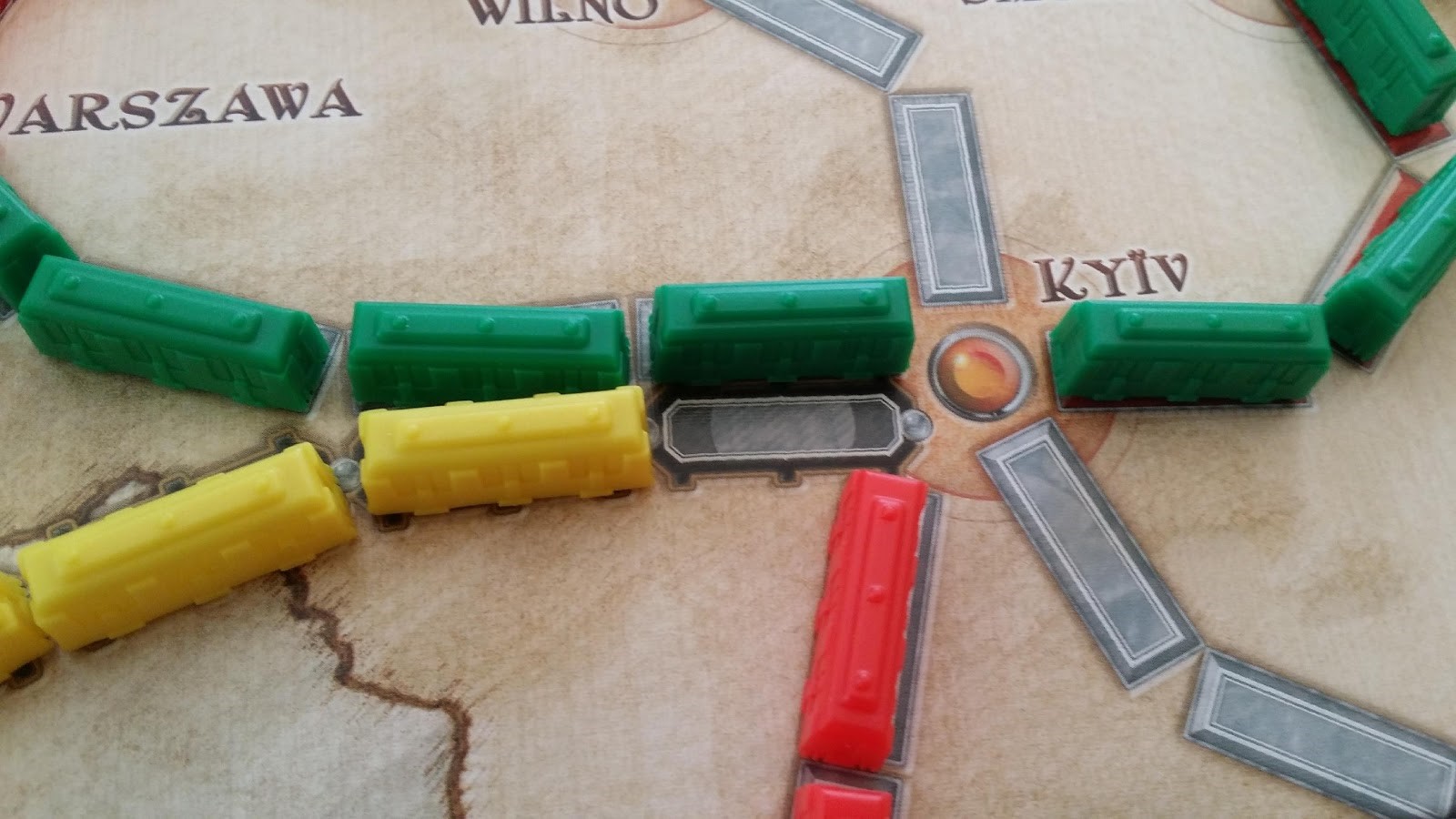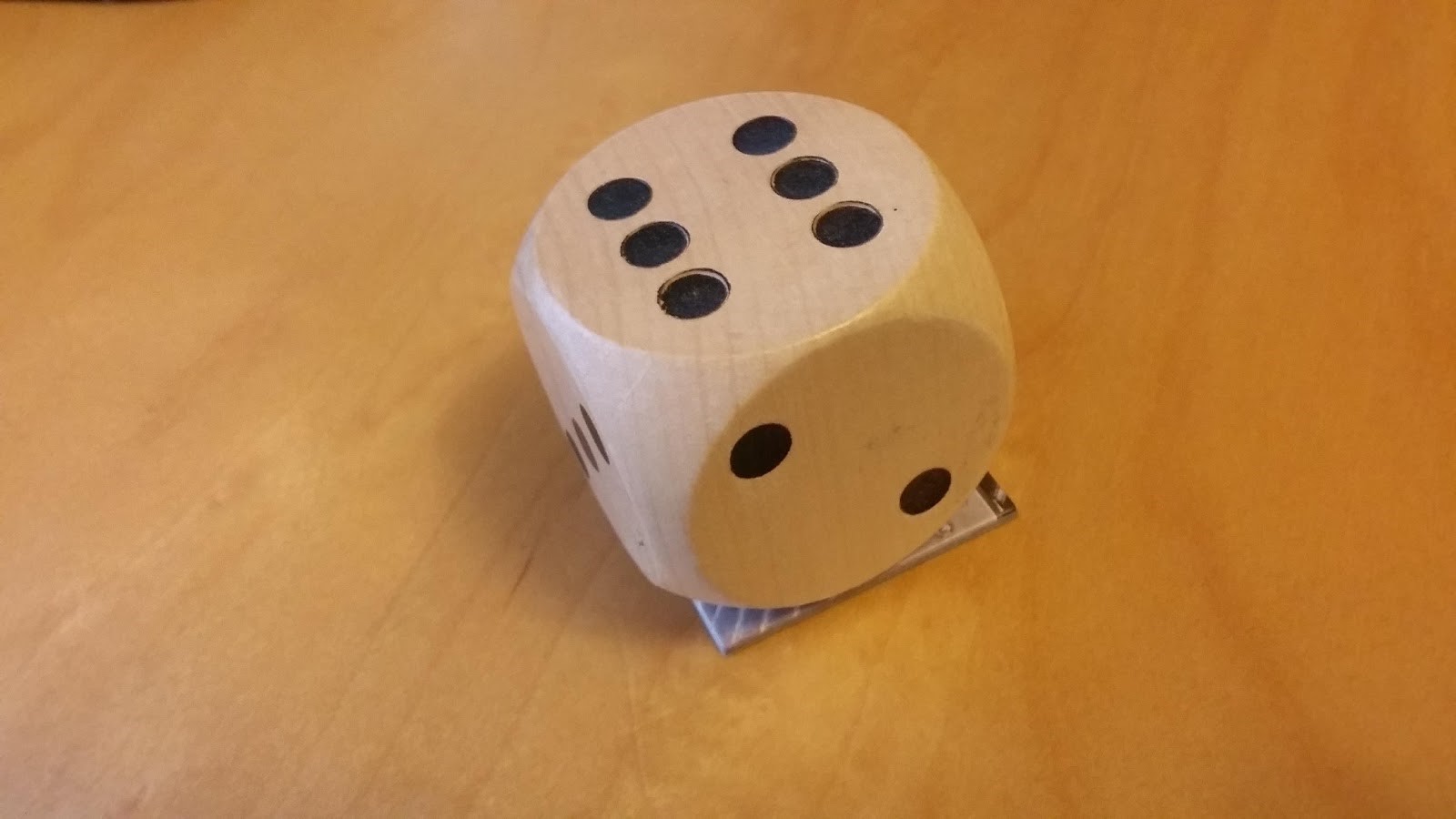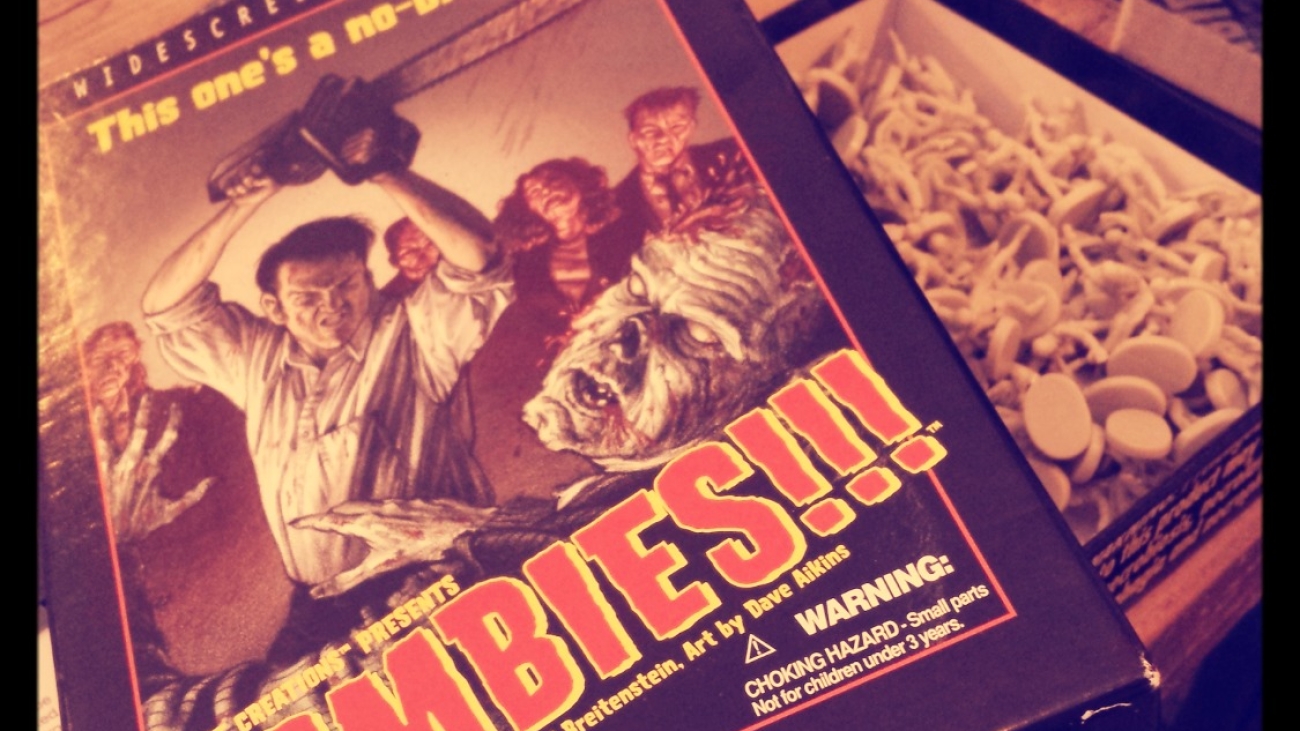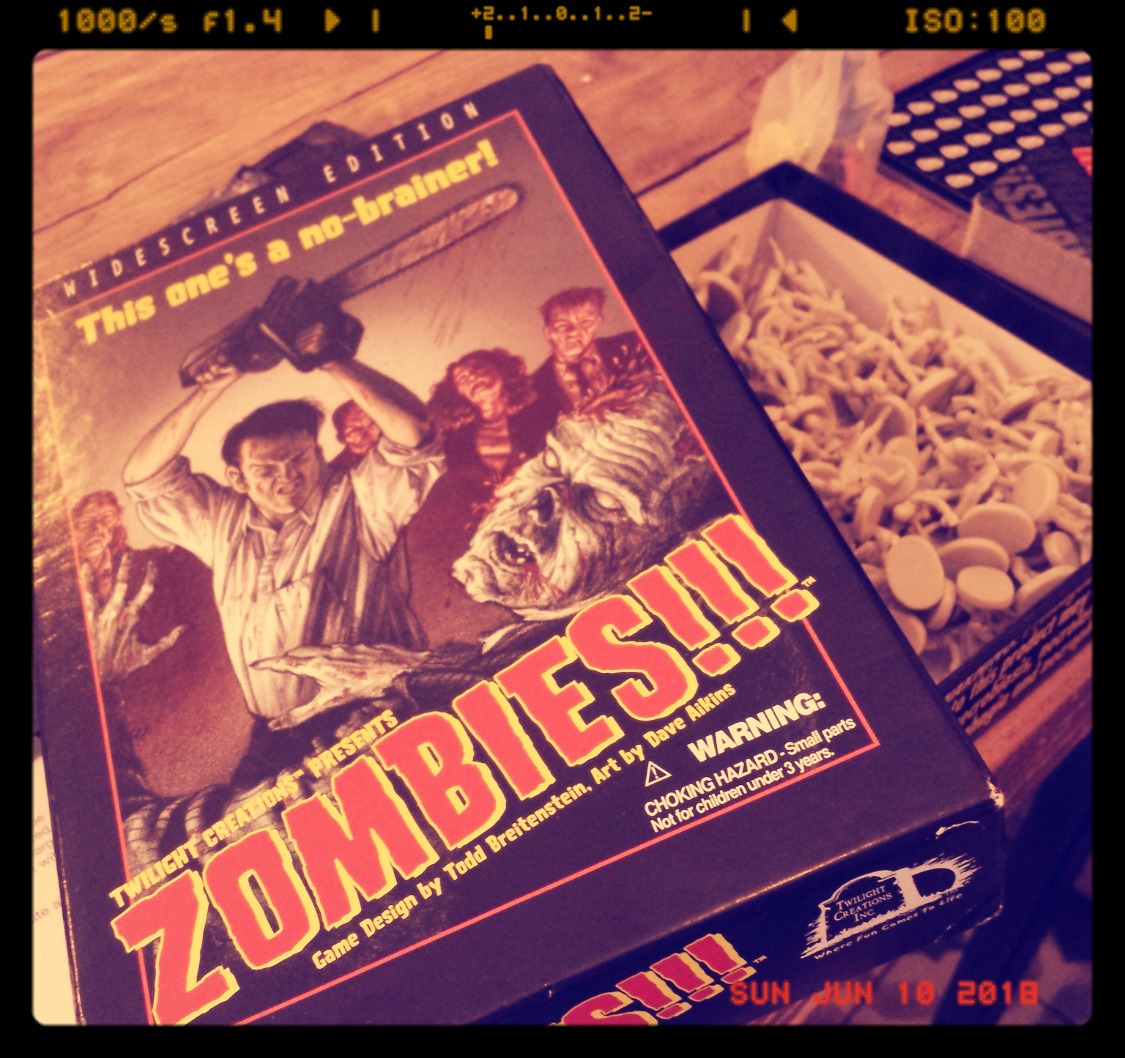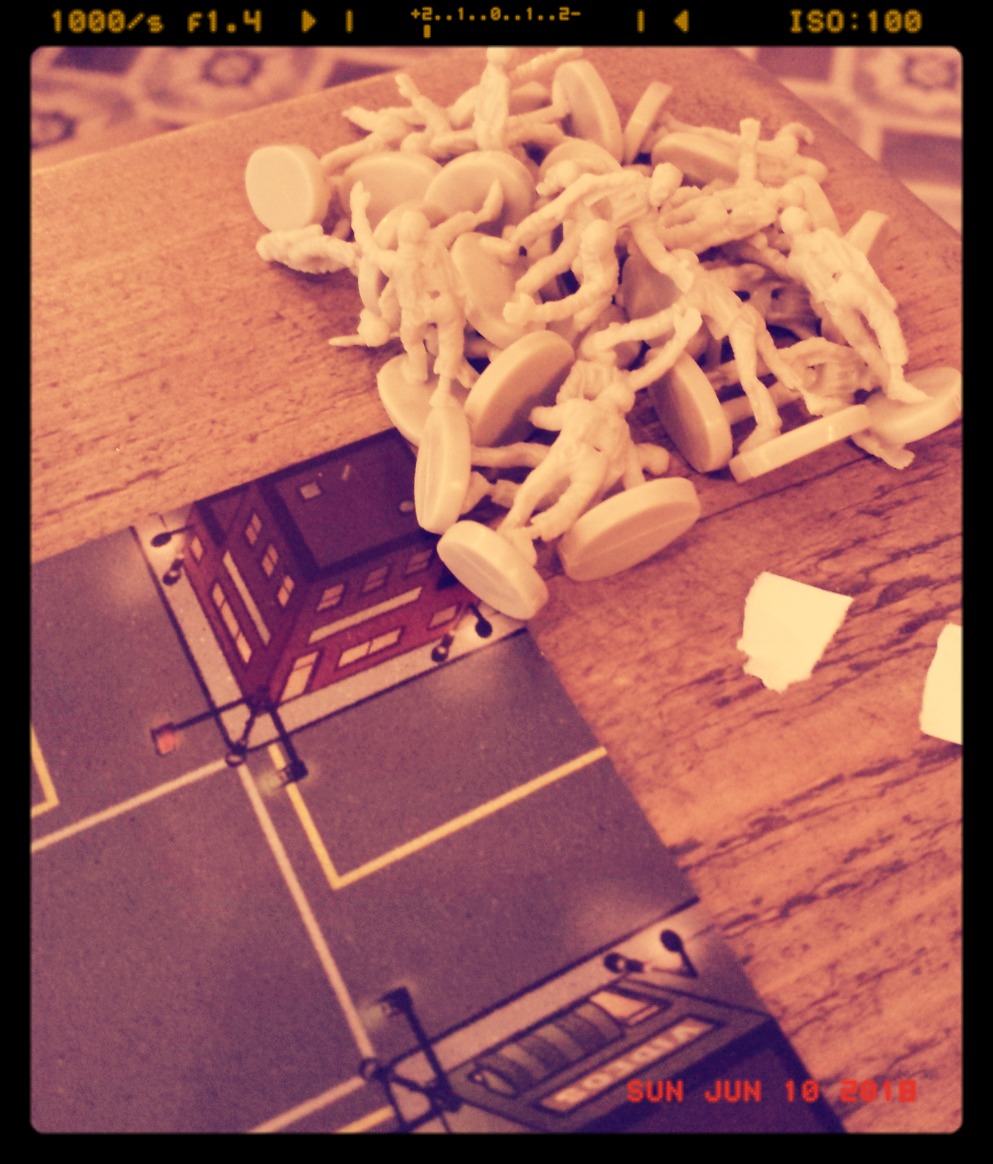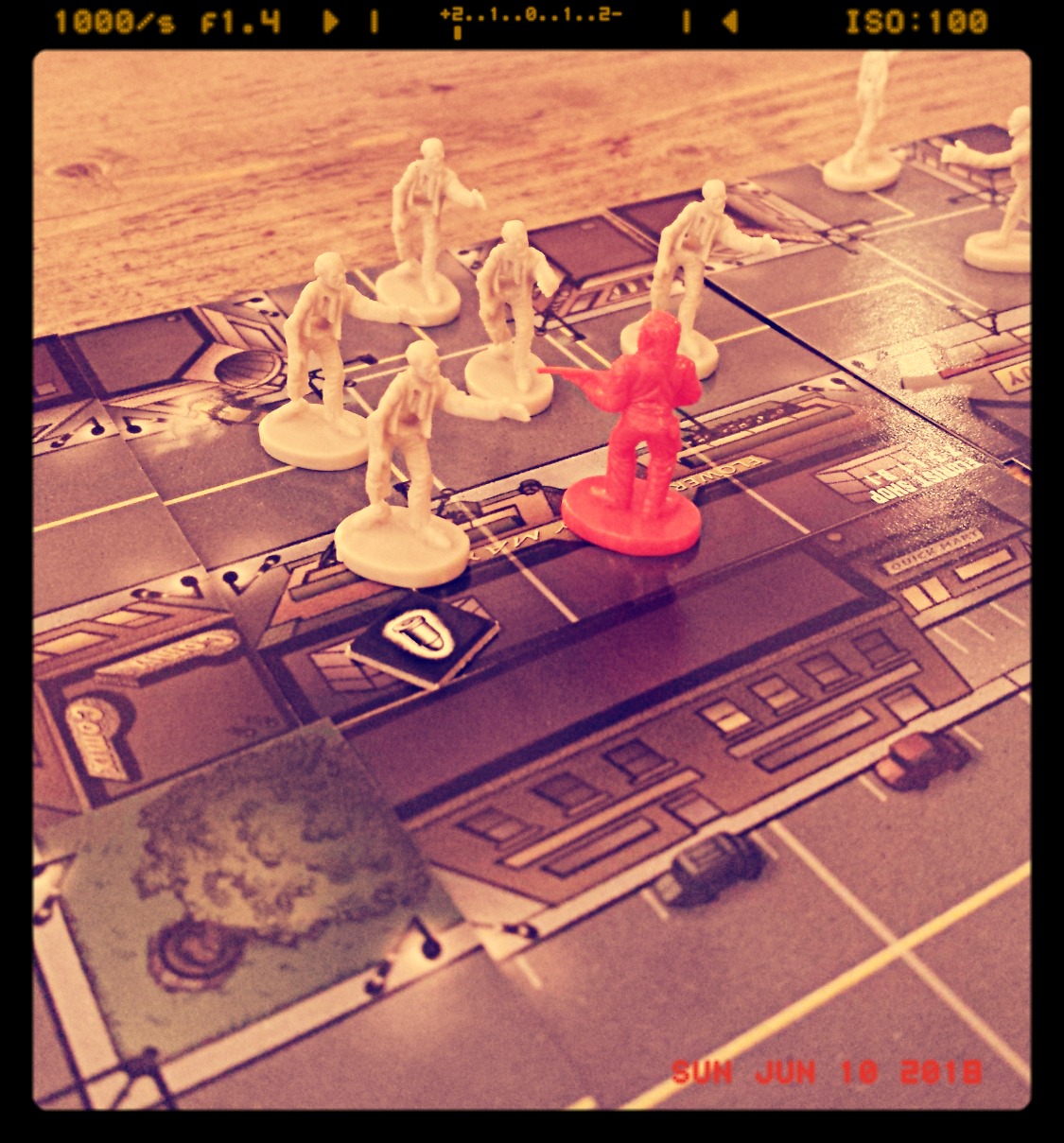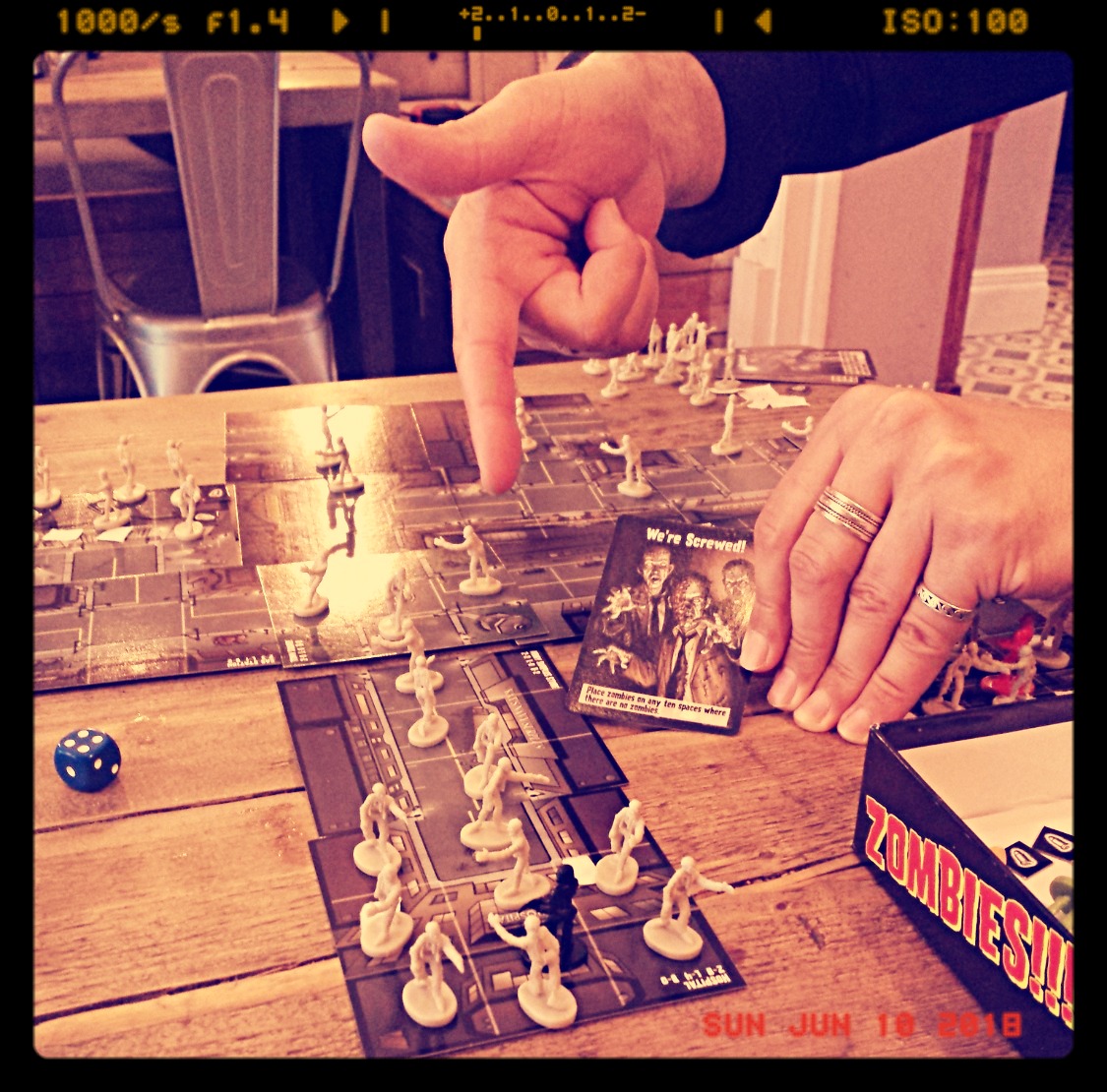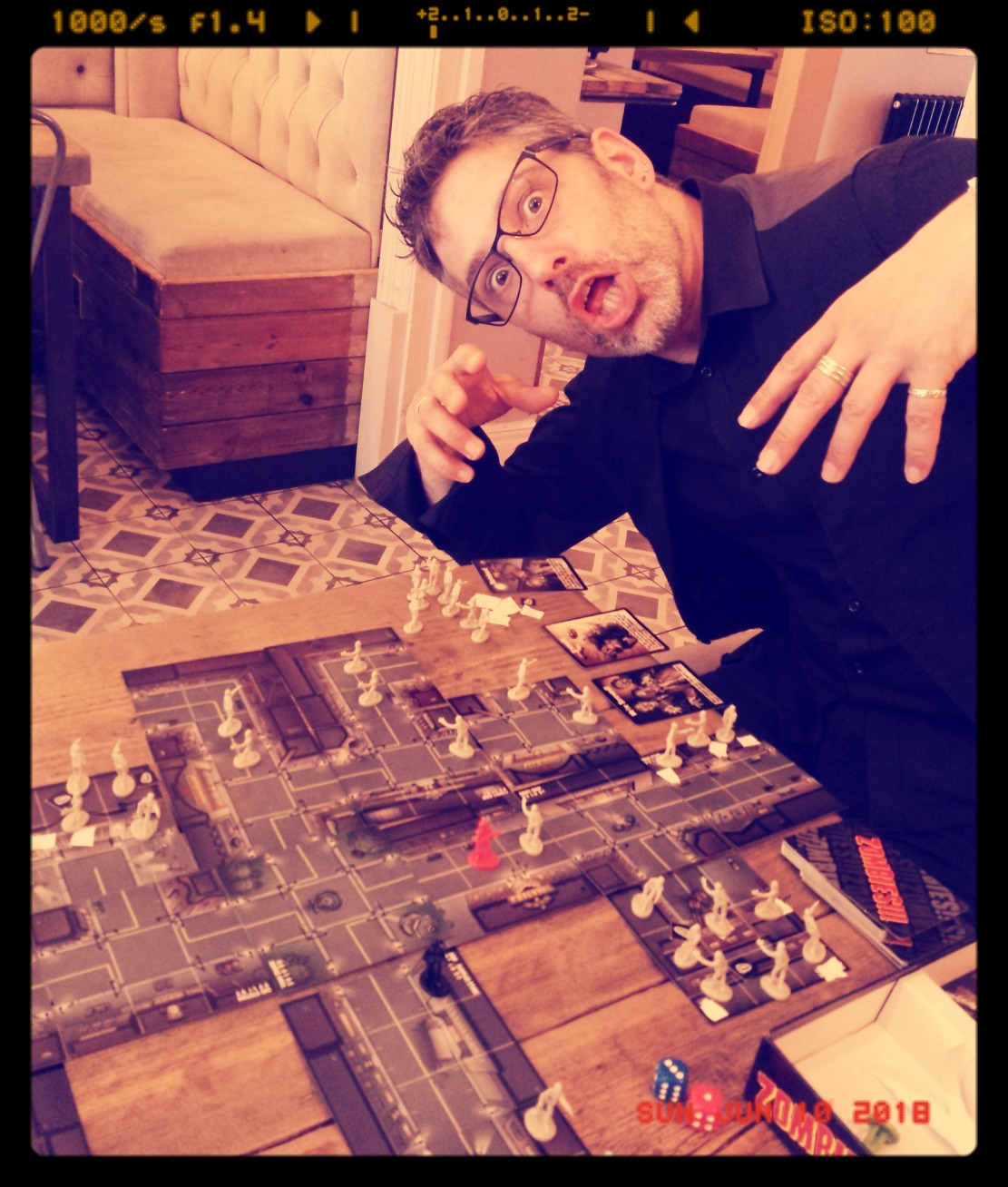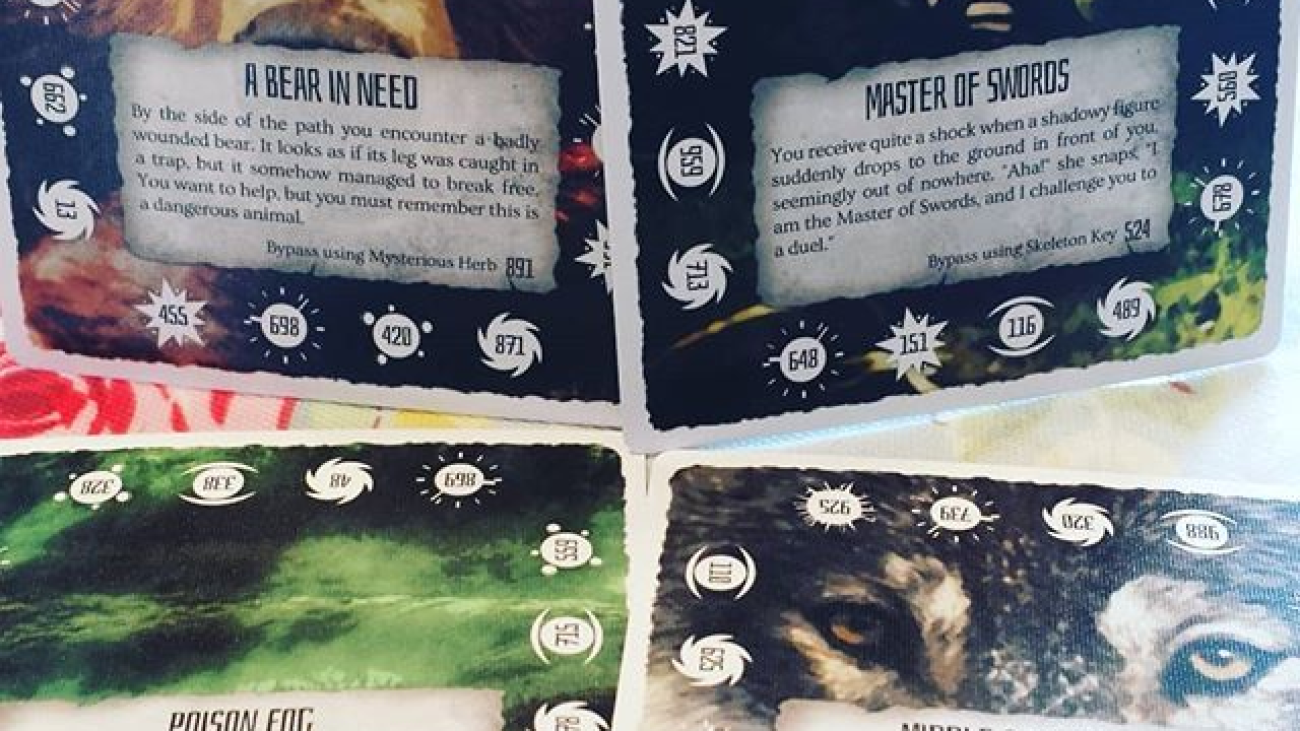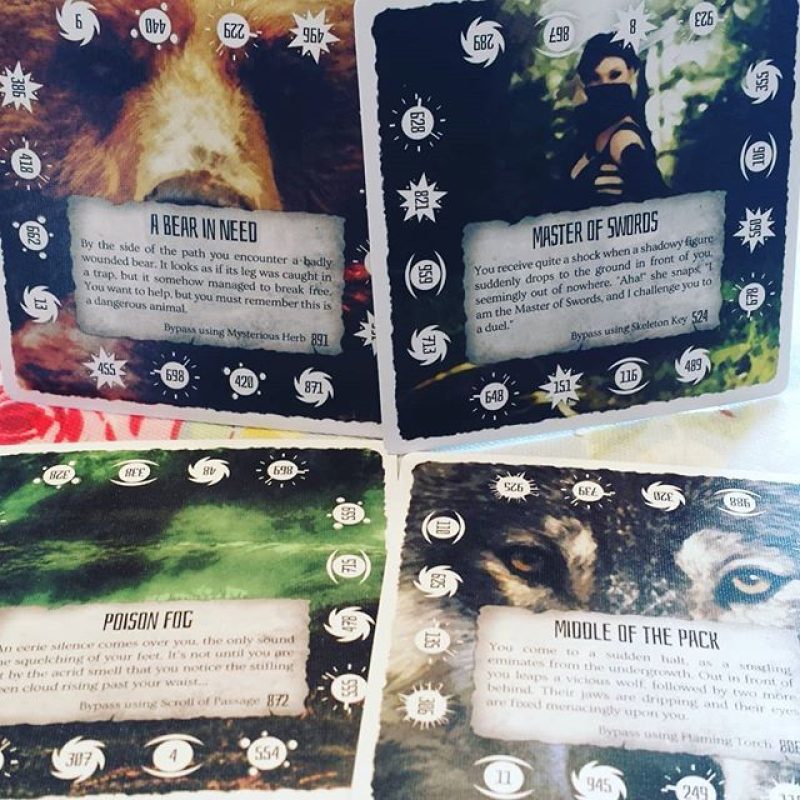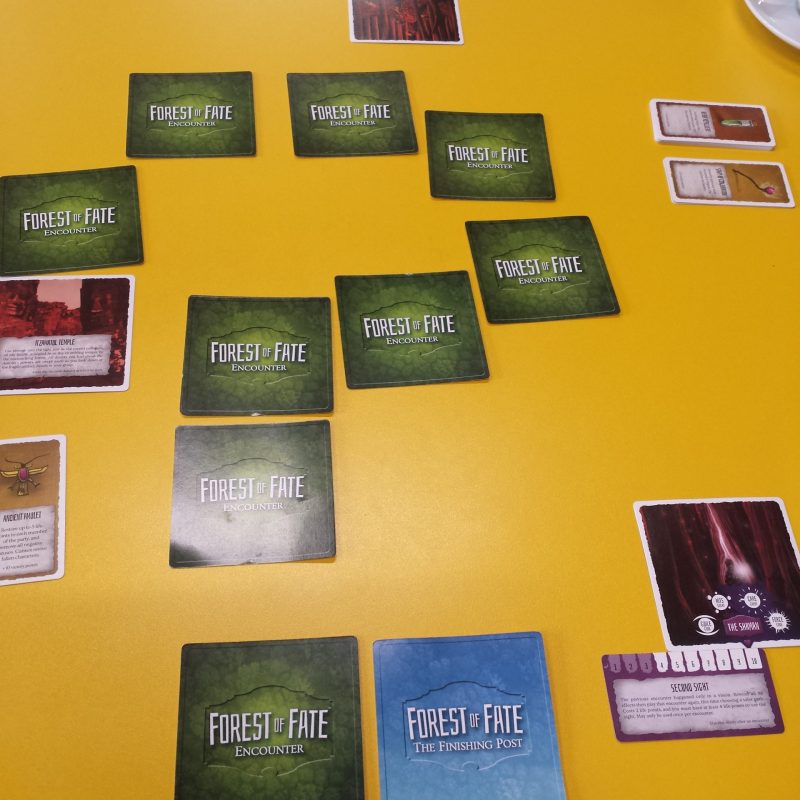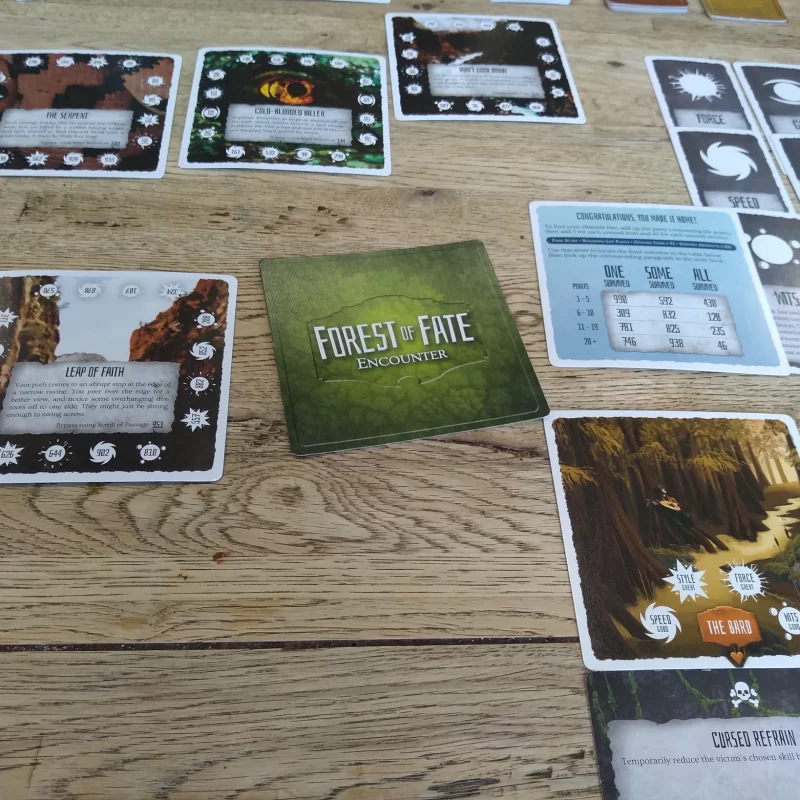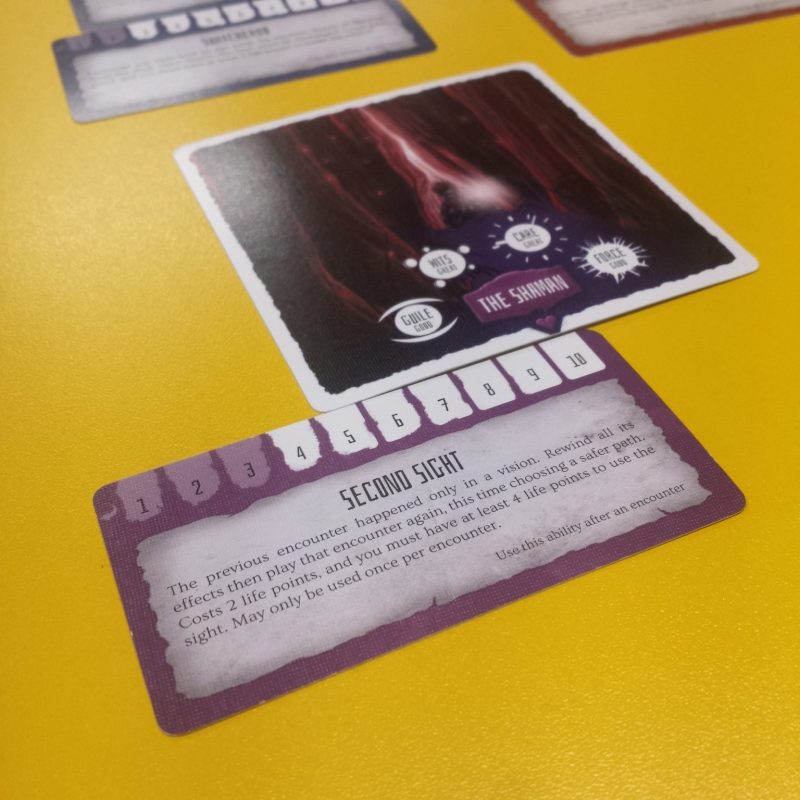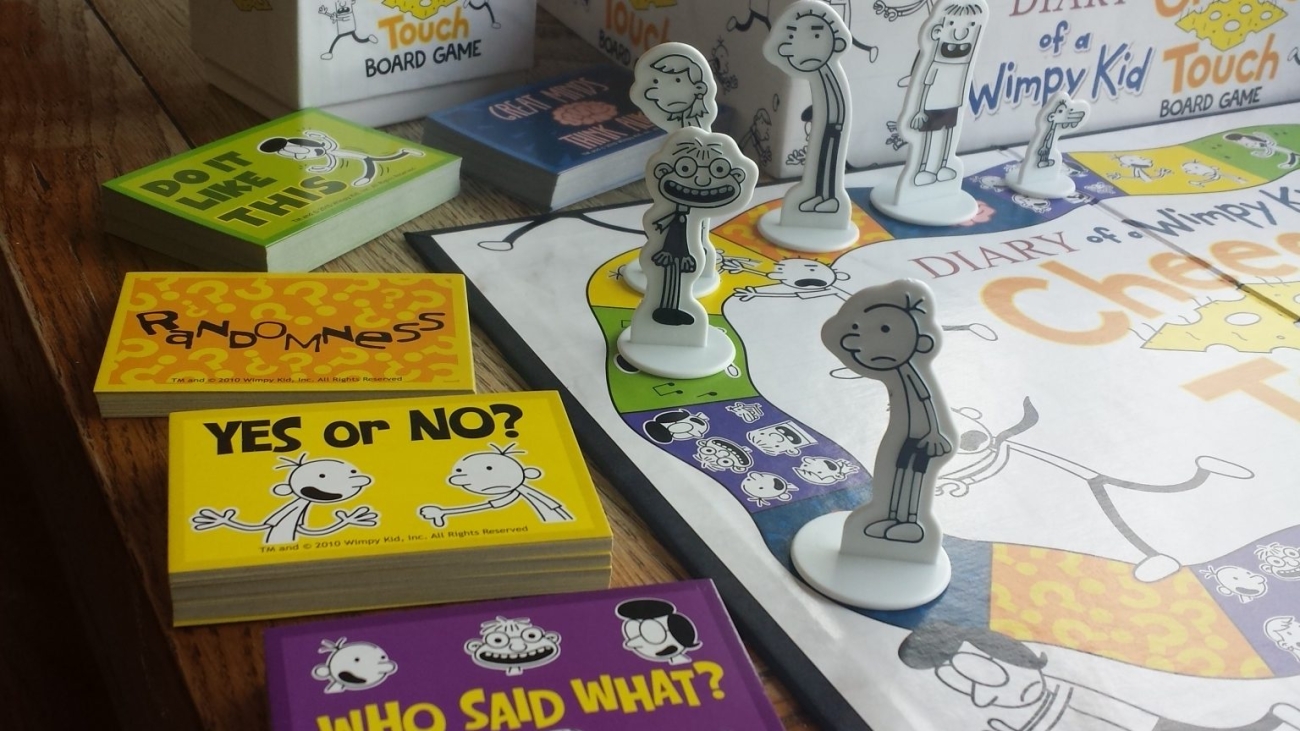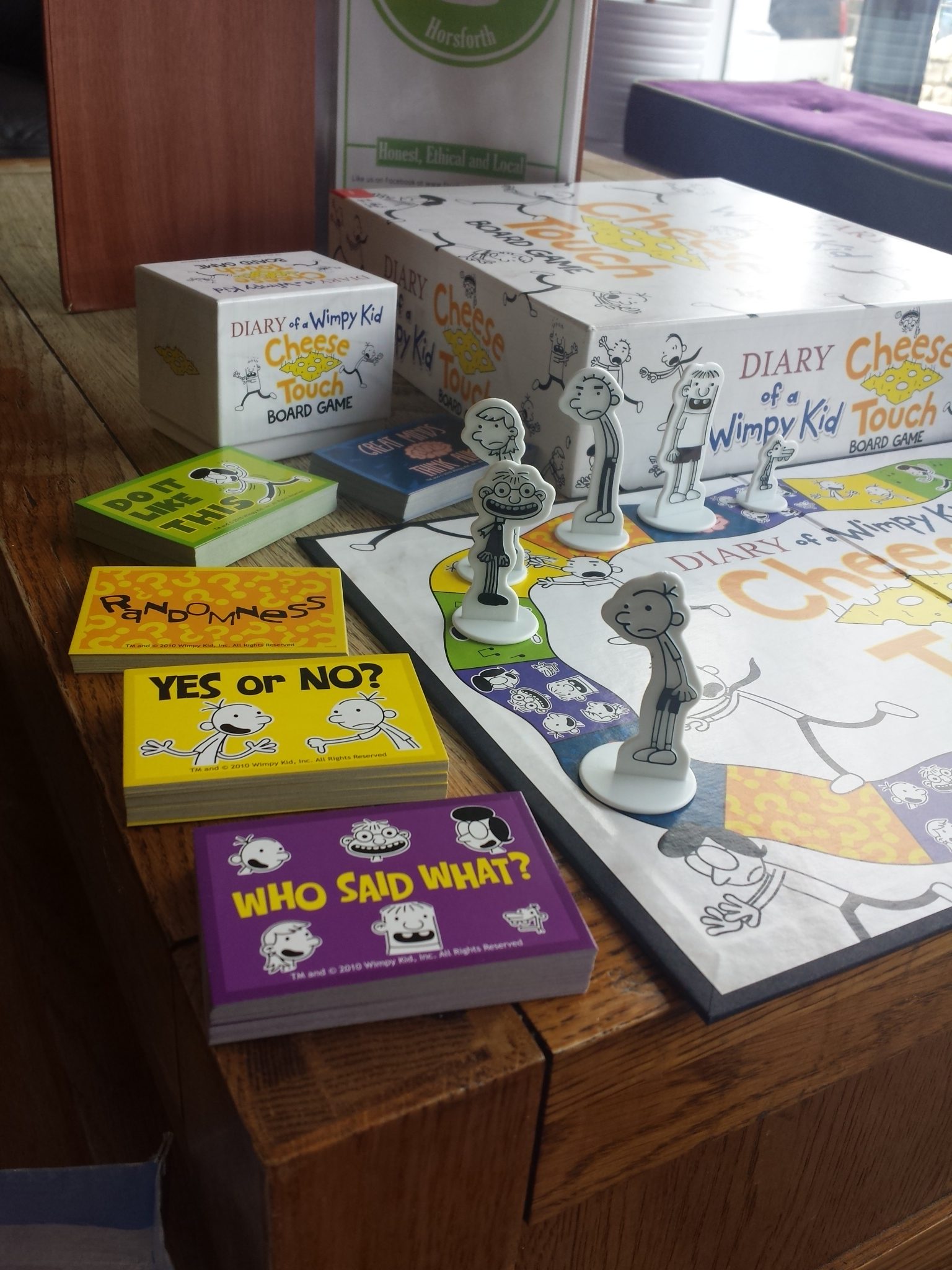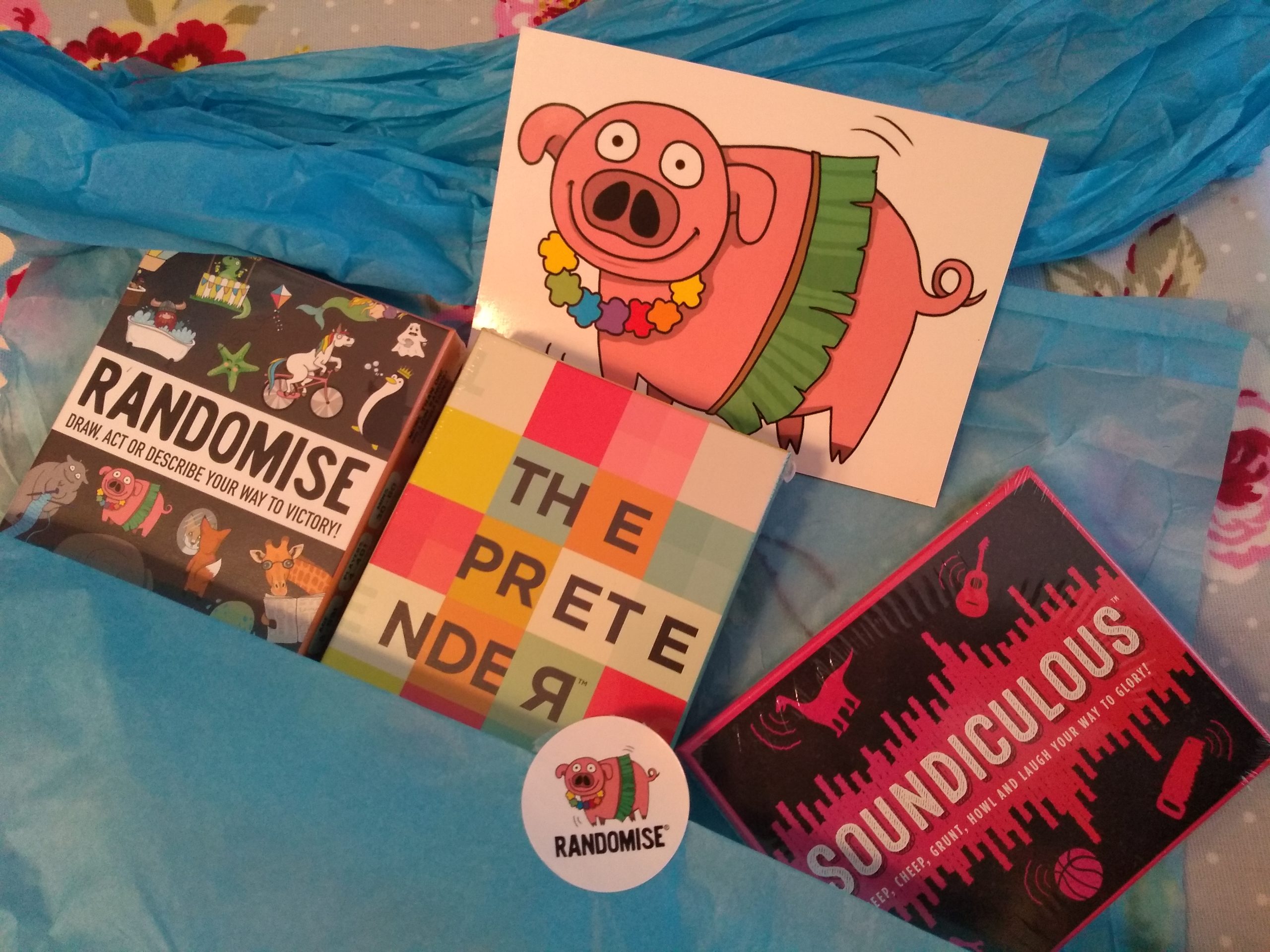
Just before Christmas I received this exciting package from Gamely Games. Three pocket sized boxes of fun – perfect party games to pop in my bag and take to the pub. If you are a Dragon’s Den fan you may have seen Deborah Meaden miming her way through a round of Randomise. In the end Gamely Games walked away from the den with no deal but not without offers. The games are quick to learn but offer hours of entertainment so get the gang round and settle down for a ridiculous games evening!!
Randomise
Players 4+
Time 30mins
Age 8+
Price £11.99 (available on Amazon or direct from Gamely Games)
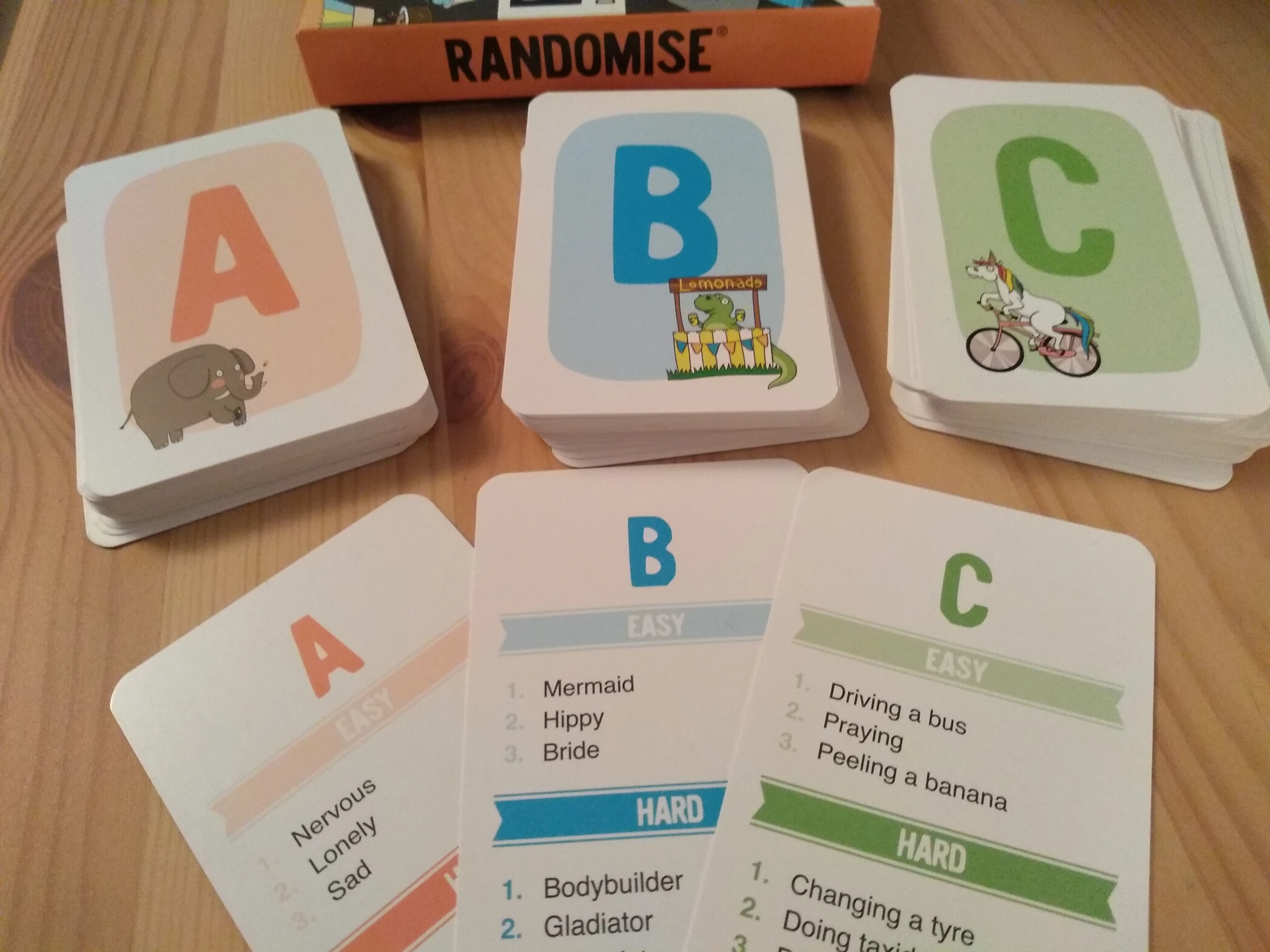
Choose one card from each pile, pick a number and then act, draw or describe your way to victory. You can choose from hard or easy tasks. You might be a dramatic Polar bear making sushi or a macho snail doing the ironing. The random nature of the categories combined with your skilful acting is what makes the game so hilarious. It has been a hit with adults and children alike. Most people seem to automatically choose the charades option but the drawing option has proved a good travel game for my children. (Less distracting than charades or arguing while I’m driving!!).
Soundiculous
Players 3-10
Time 15mins
Age 8+
Price £11.99 (available on Amazon or direct from Gamely Games)
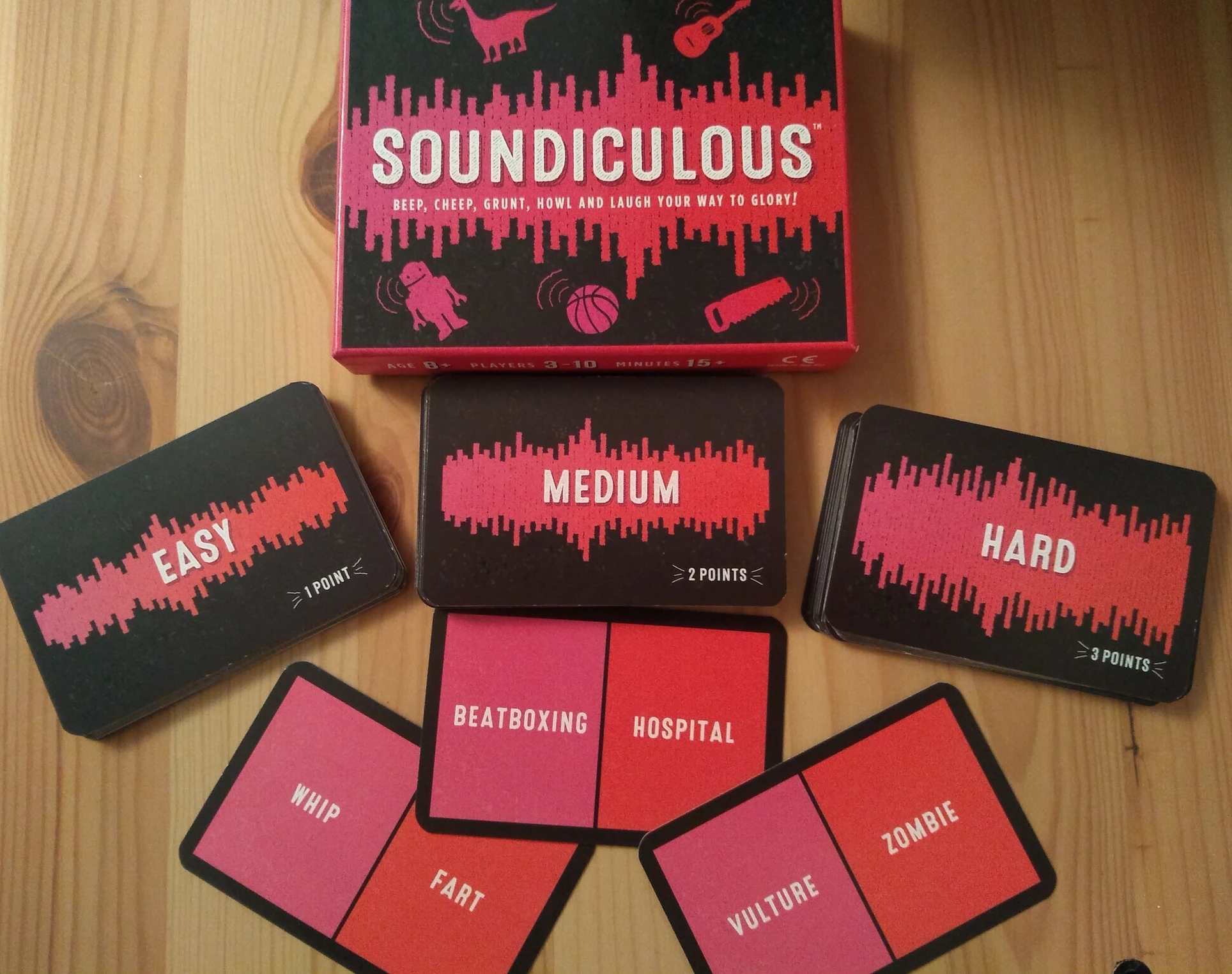
Surprisingly challenging, Soundiculous requires you to mimic a sound while others guess what sound you are making. What I hear when I make a tumble dryer sound is apparently nothing like an actual tumble dryer! A very simple premise that has had us howling with laughter. Even the noises which we accurately guessed were entertaining. Although personally I thought my beatboxing was me stumbling on a hidden talent, I’m pretty sure that they were still laughing about the tumble dryer. Children can be very unforgiving.
The Pretender
Players 4-6
Time 15mins
Age 12+
Price £11.99 (available on Amazon or direct from Gamely Games)
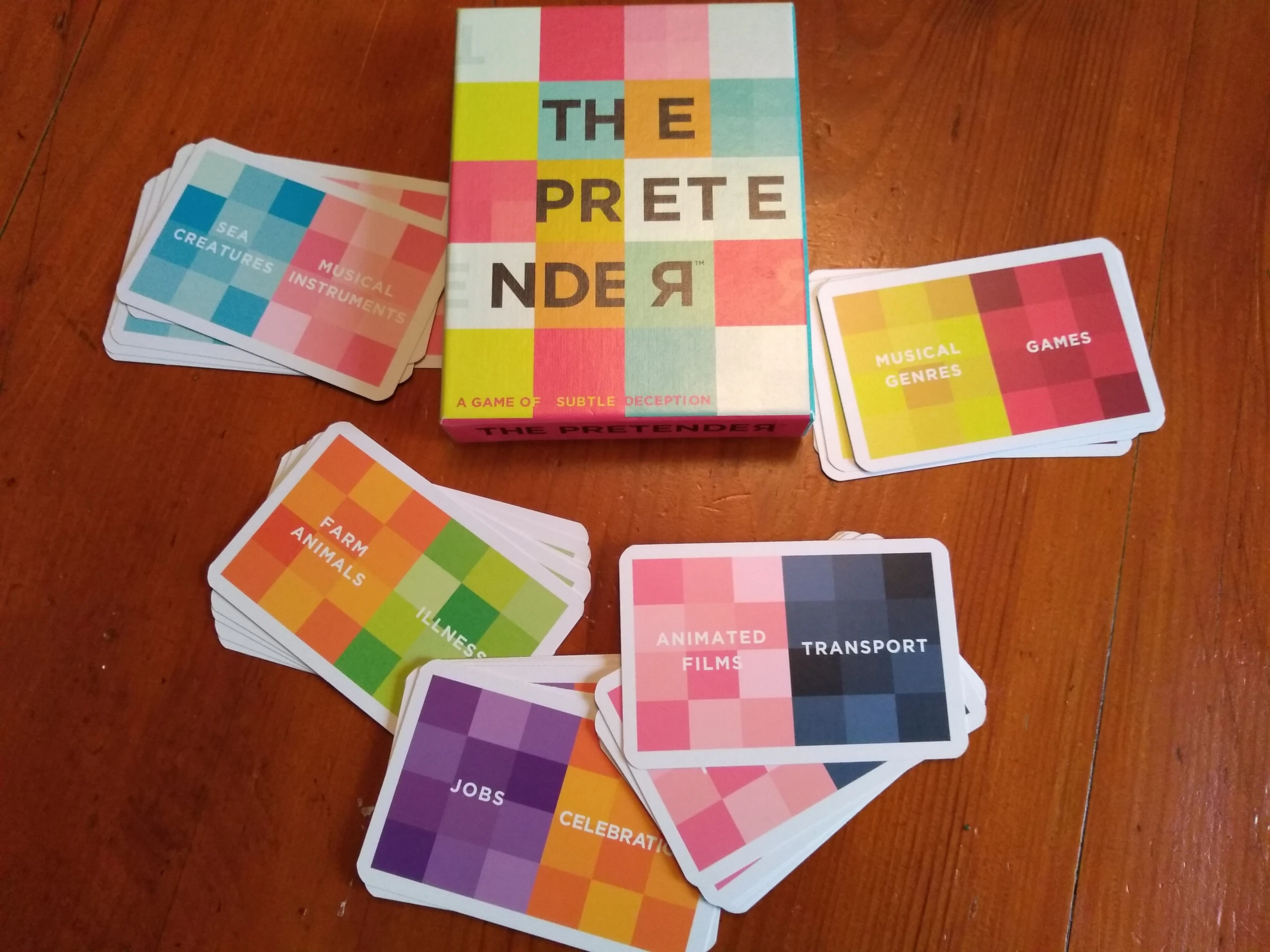
A game of social deception.
Choose a category and each player is assigned an identical role – apart from – The Pretender (If you’re not singing by now you’re reading this wrong). Each player performs a mini charade relating to the item on the card. It is a balancing act – you must perform clearly enough so that people don’t think you are the pretender but vaguely enough that the pretender can’t work out the answer. The Pretender has the most difficult challenge though. They must act out a charade which fits with the others – this is of course easier if they are last to go.
Players then discuss who they think the Pretender is. On the count of three, all point towards the accused! The wiley amongst us can always deflect guilt and steer the conversation towards an incorrect accusation. The Pretender can save themselves by guessing what the item on the card was.
Often age guides are a bit conservative for my liking and I regularly play games which are ‘too old’ for my family but this one is bang on. For a ridiculous game there is a certain level of skill and cunning required – definitely one for the grown ups!
I also love the look of these games.The designs are quirky and fun. I adore the colours in The Pretender. When they’re not packed in a bag to go to an event, they look great on my shelf!
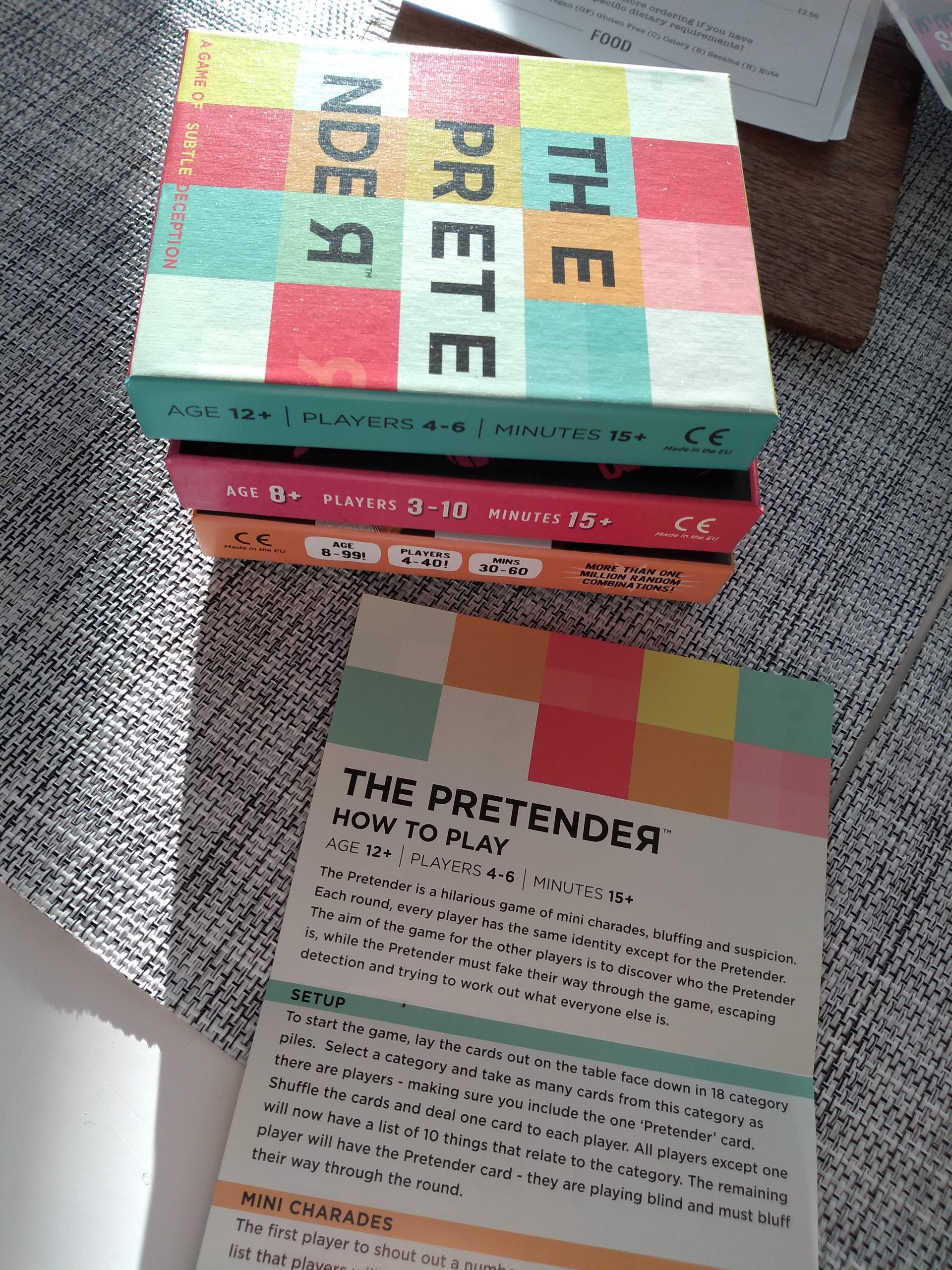
As always you can try these games out at one of our upcoming events – and if you can’t make those, you can always book a private party!
